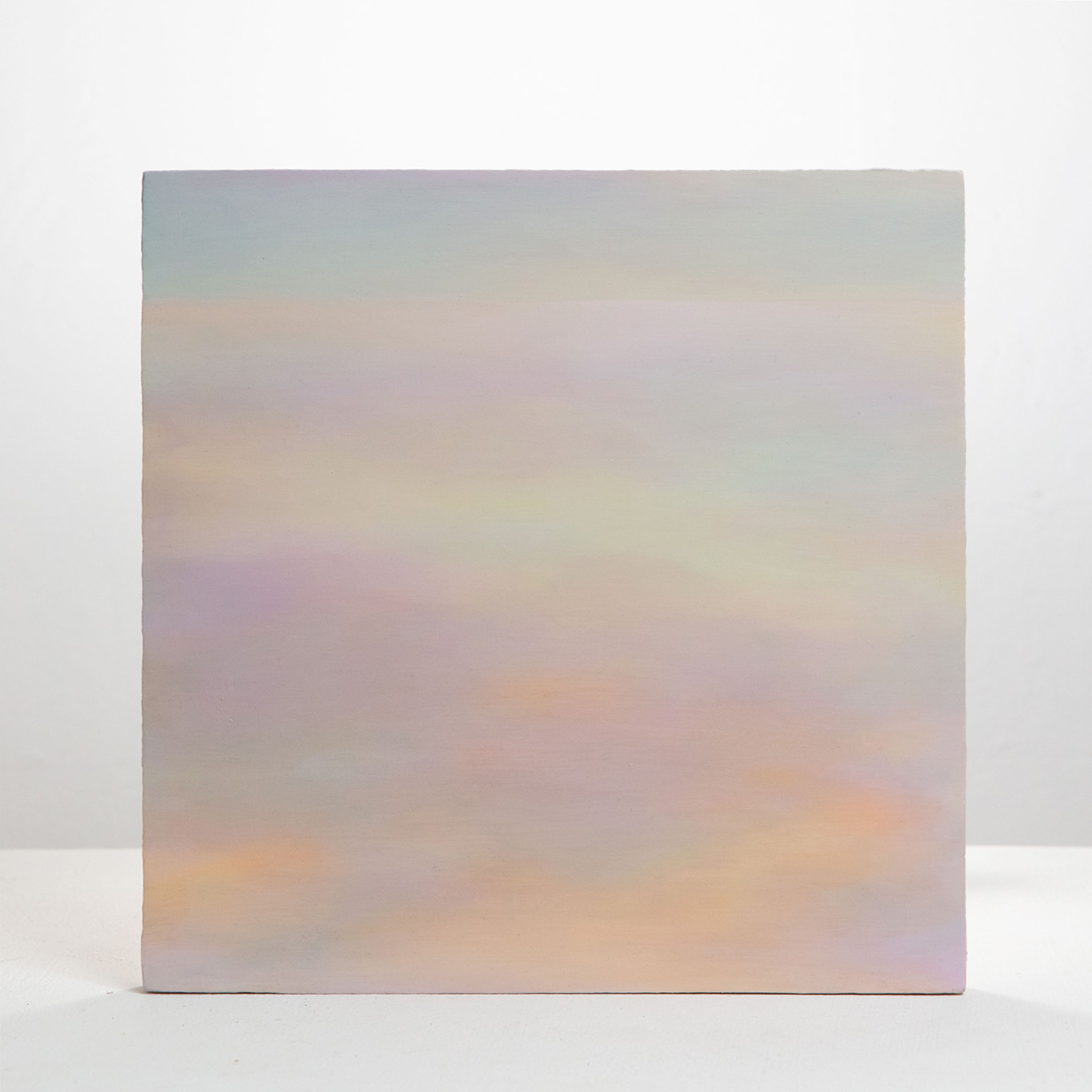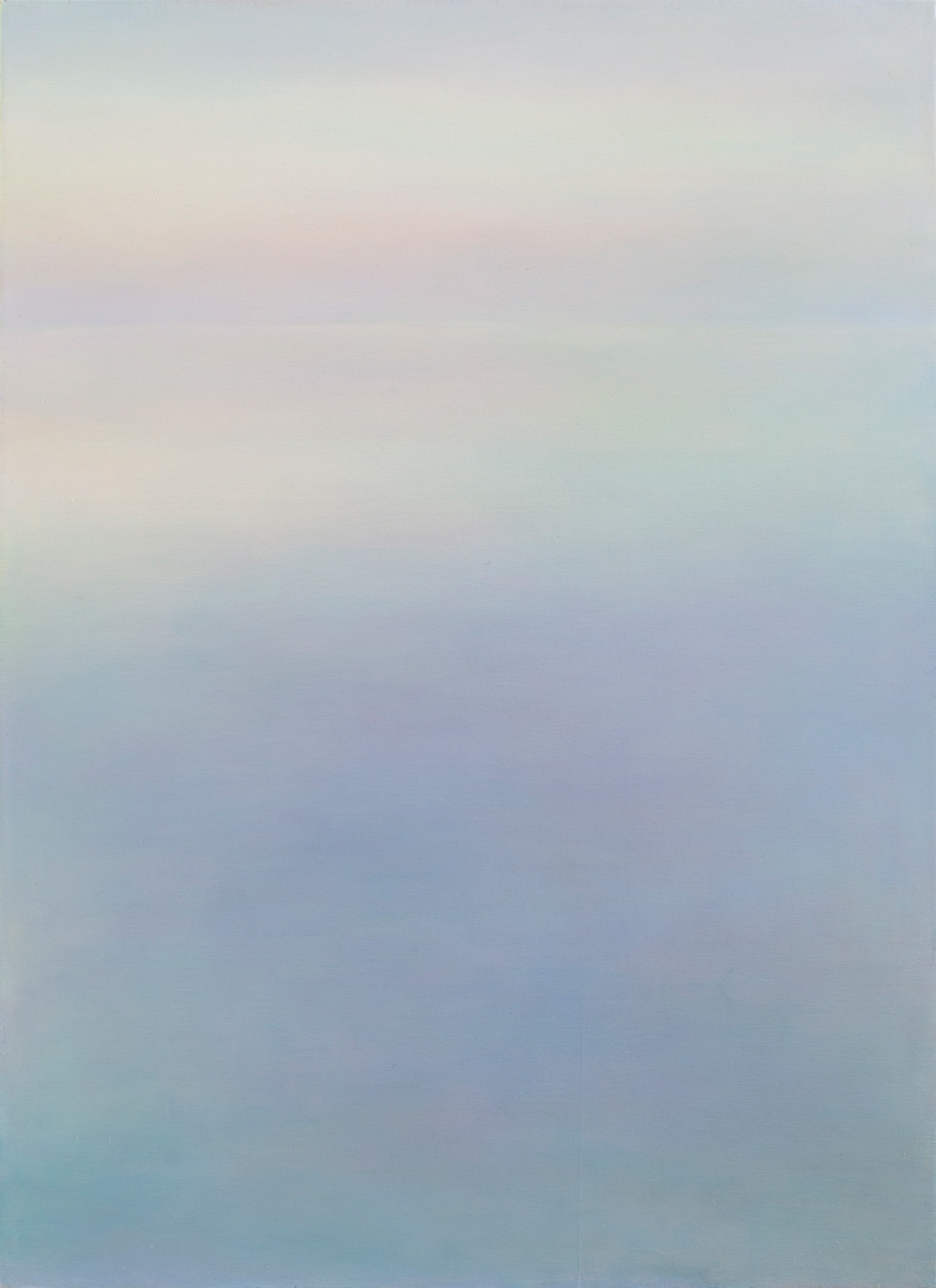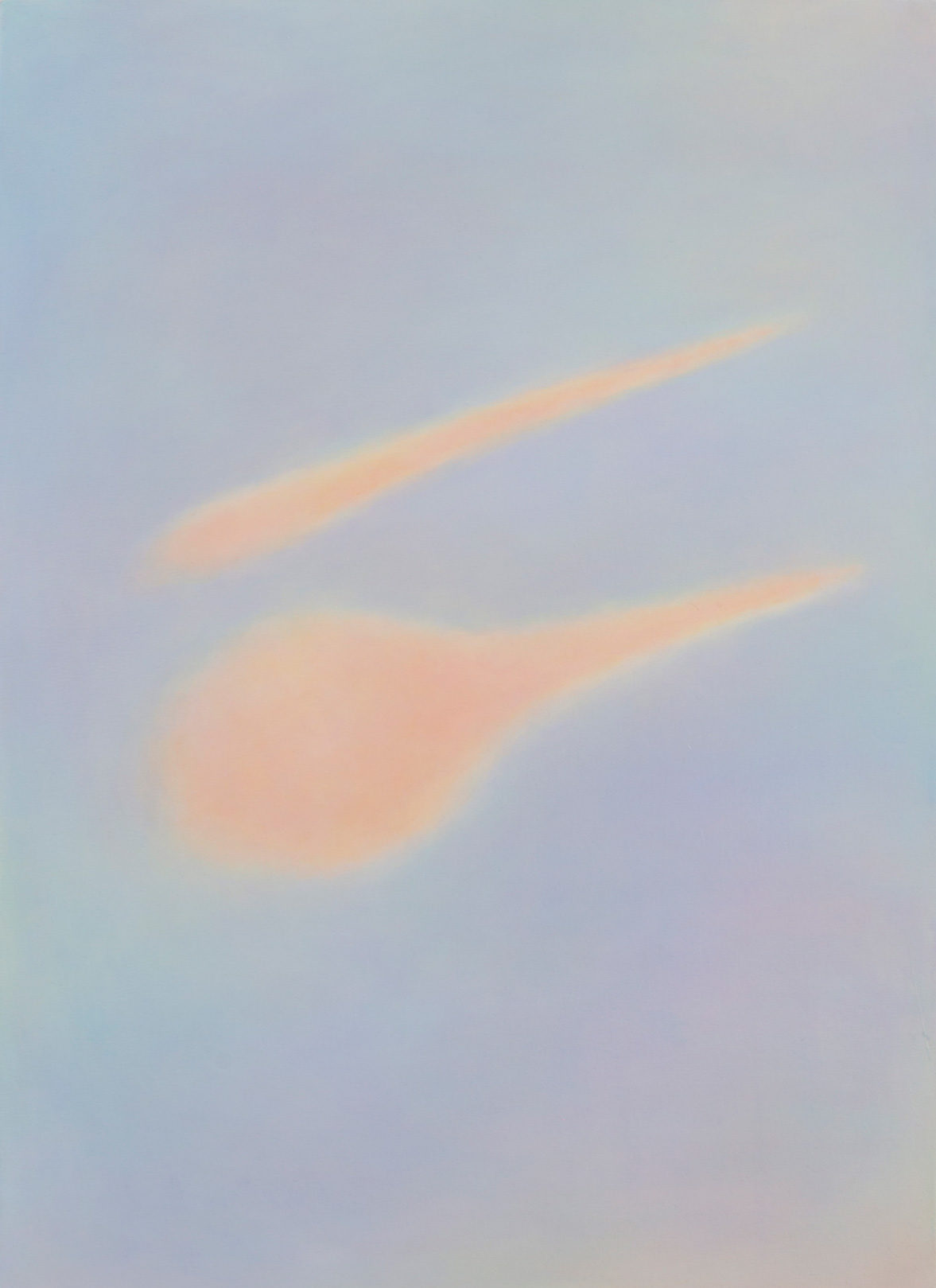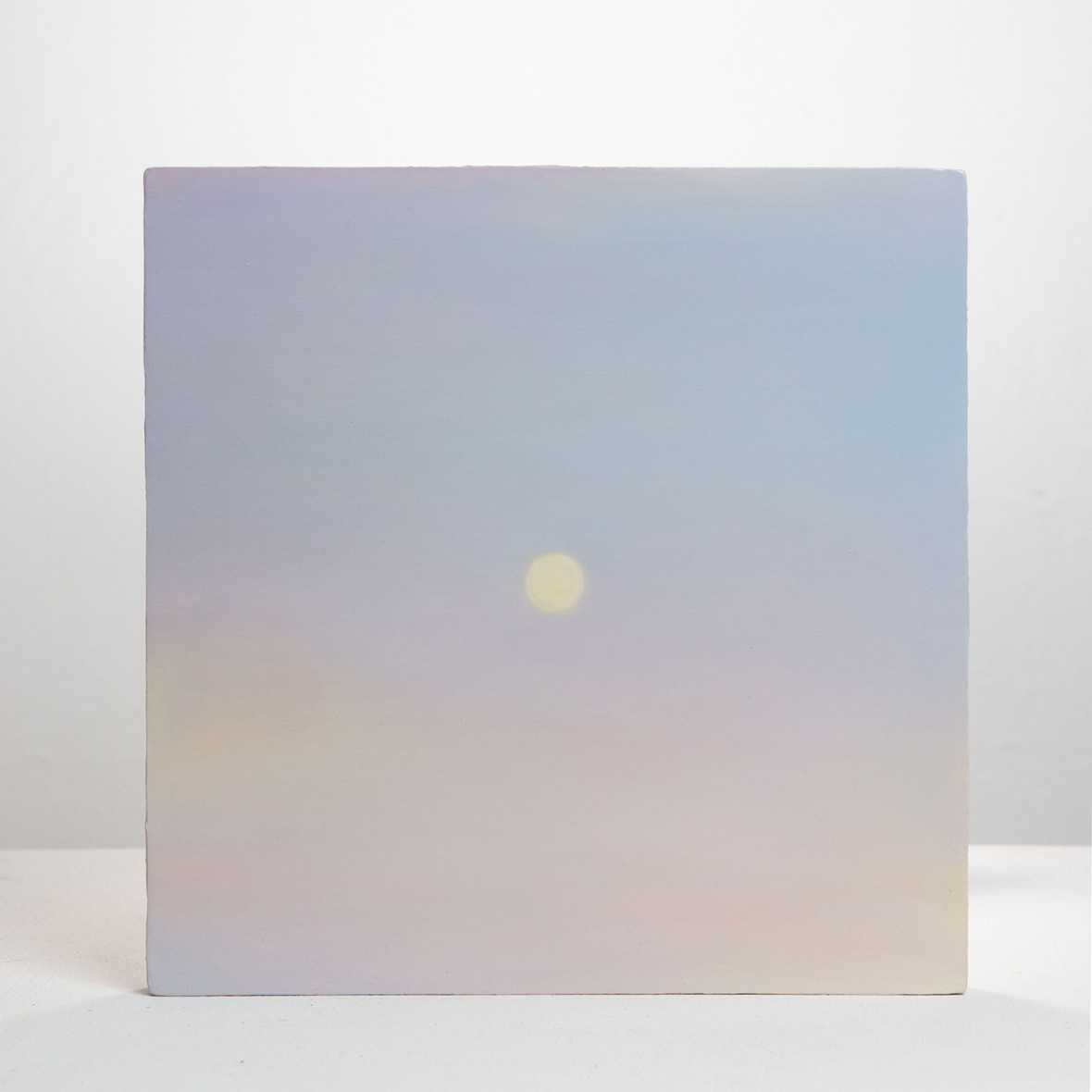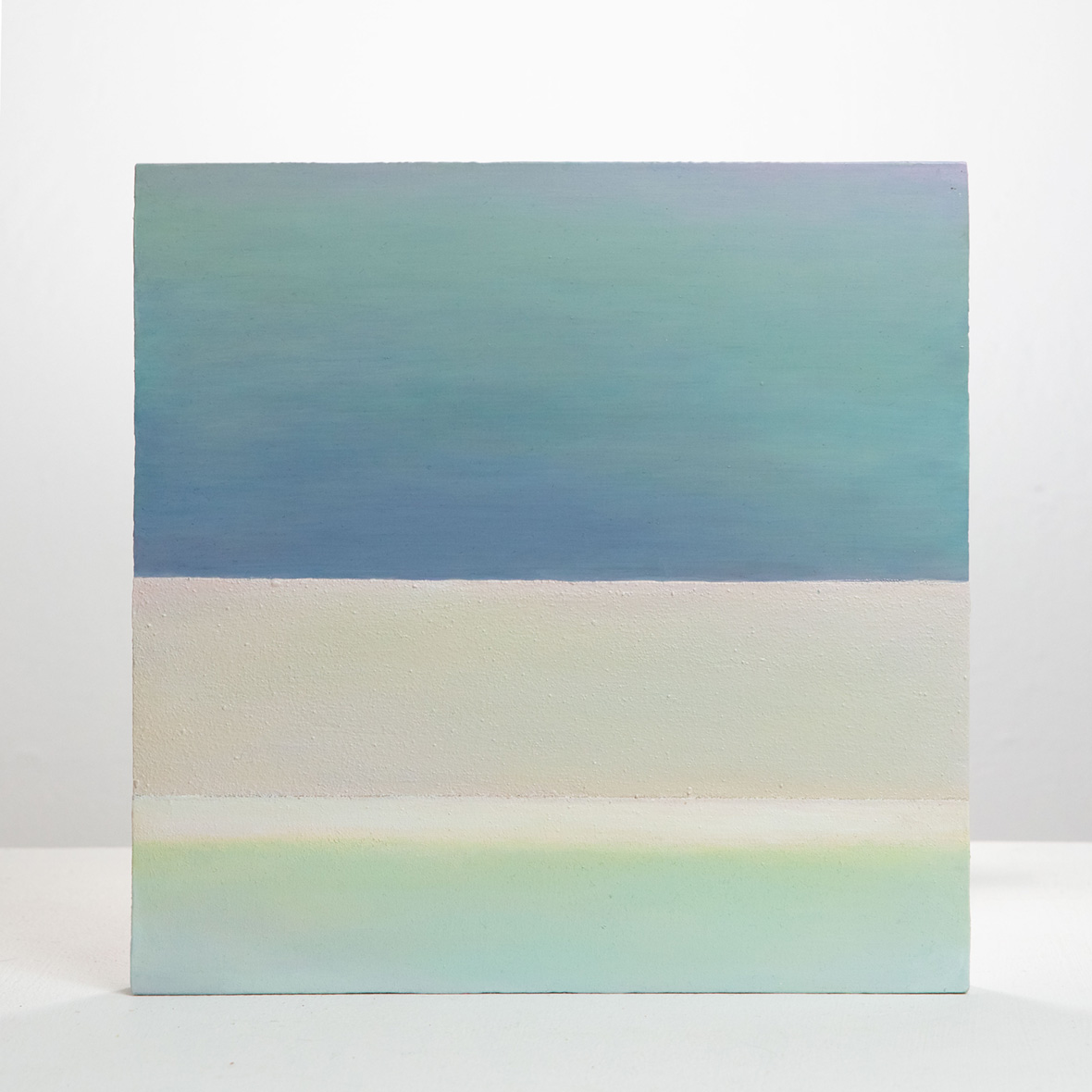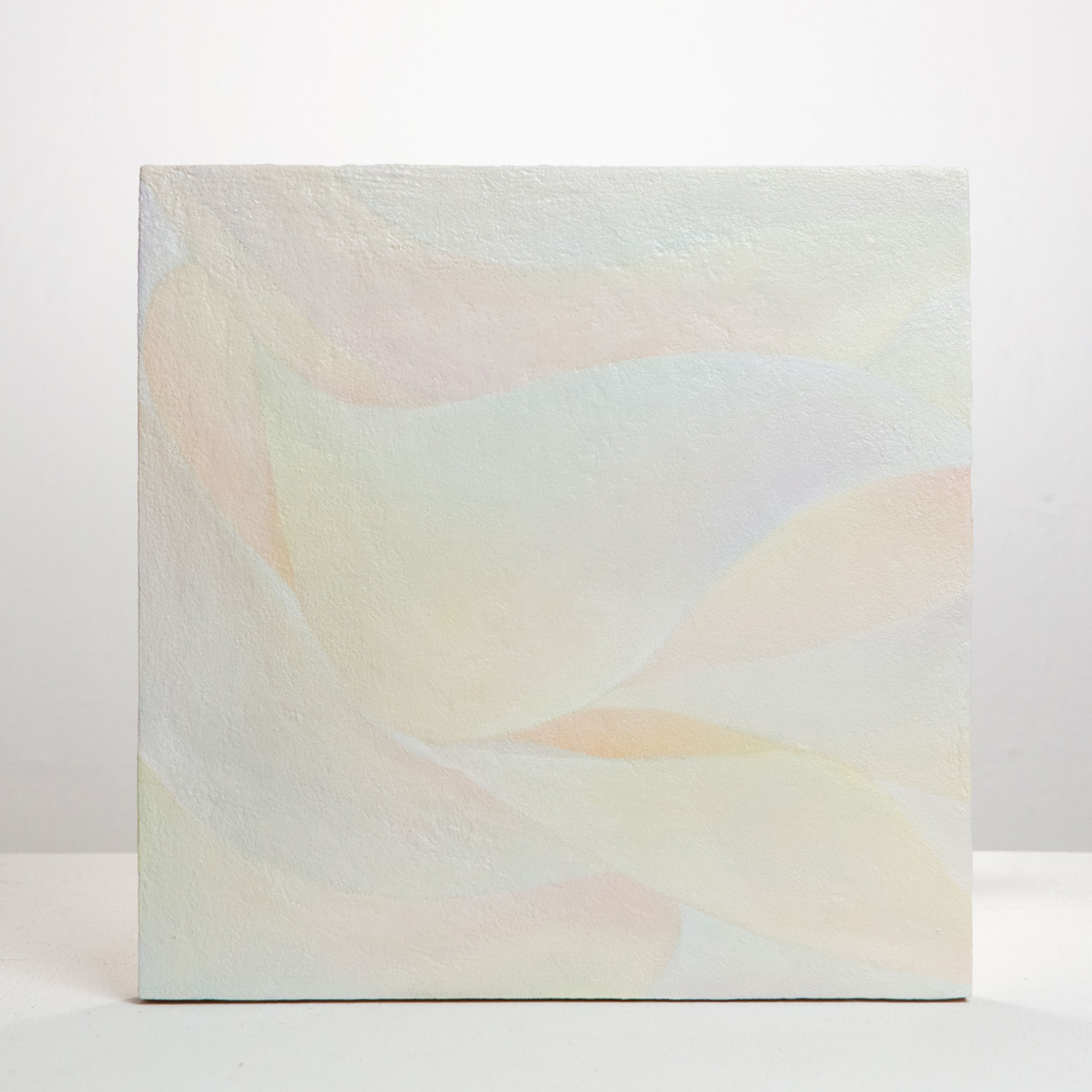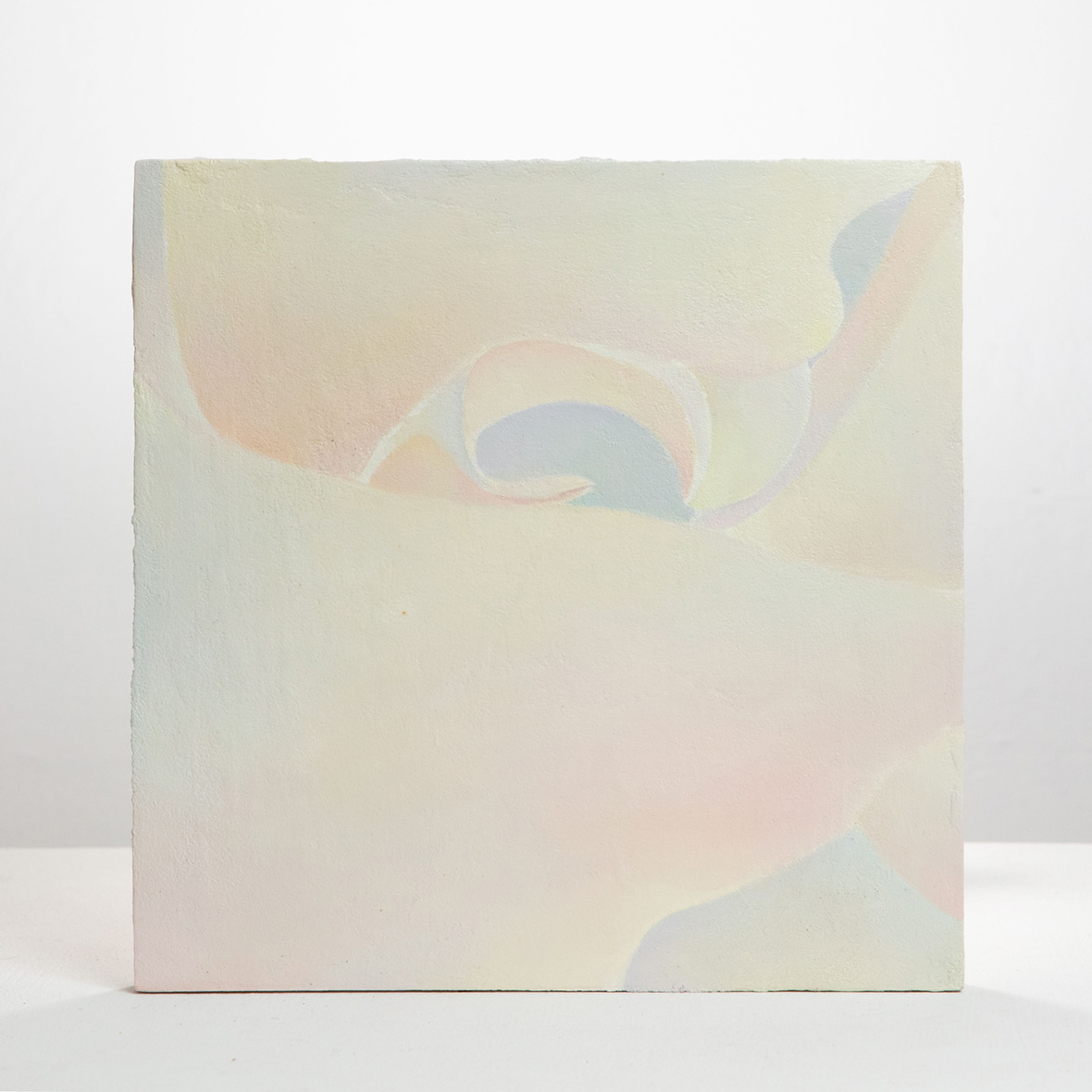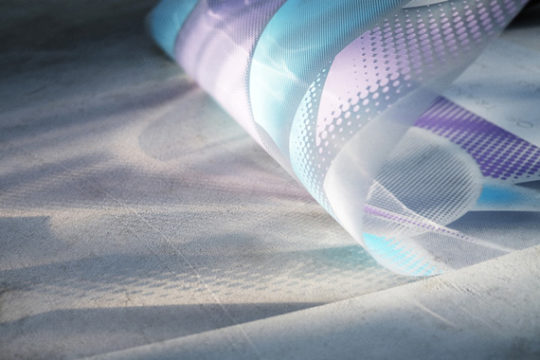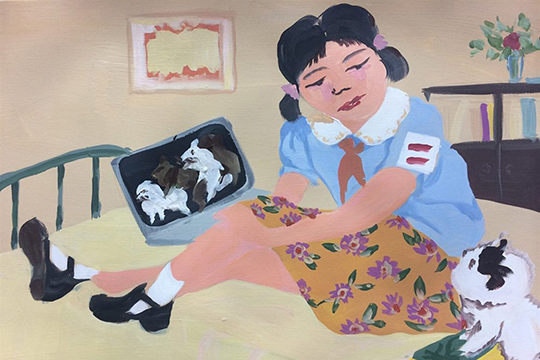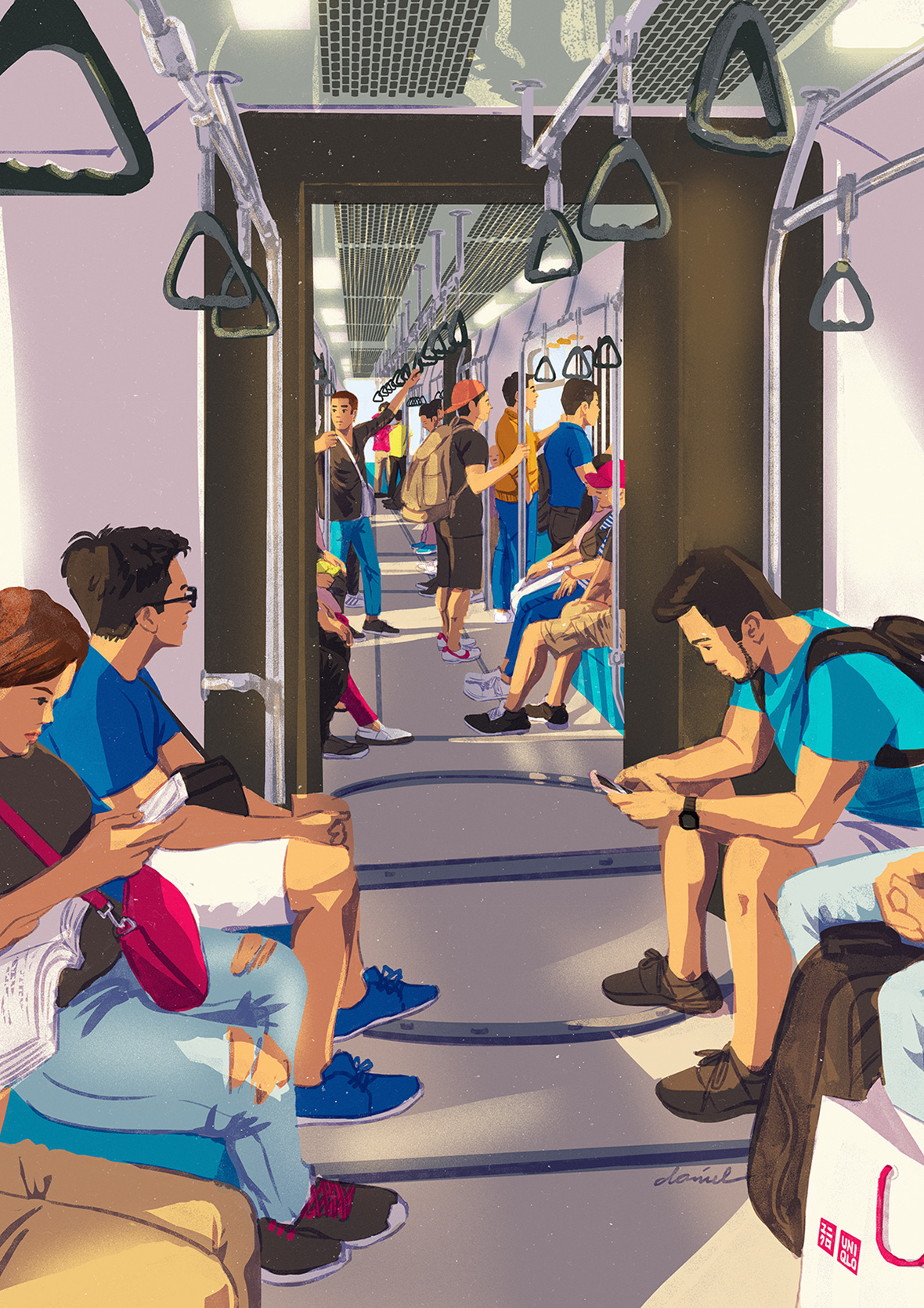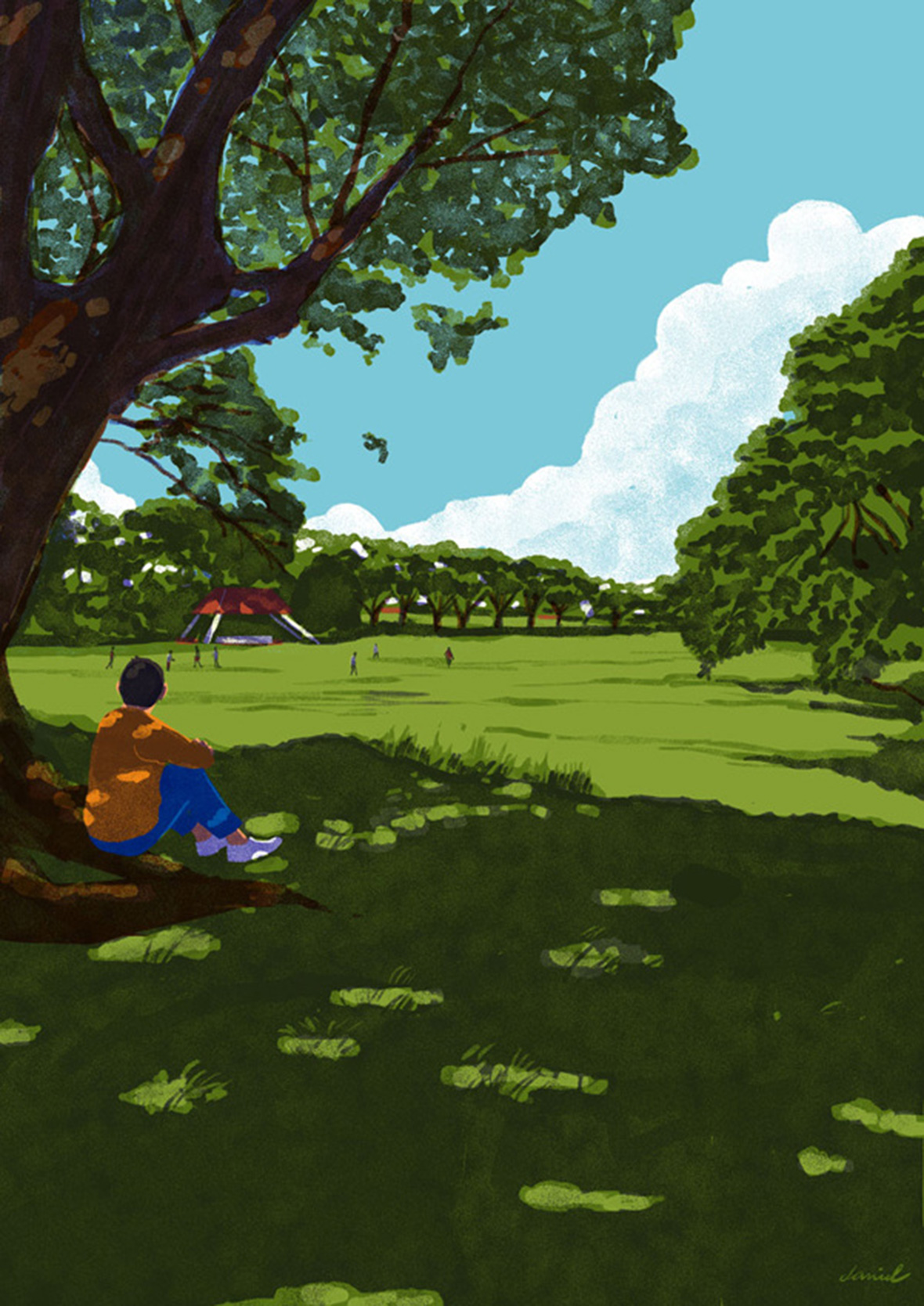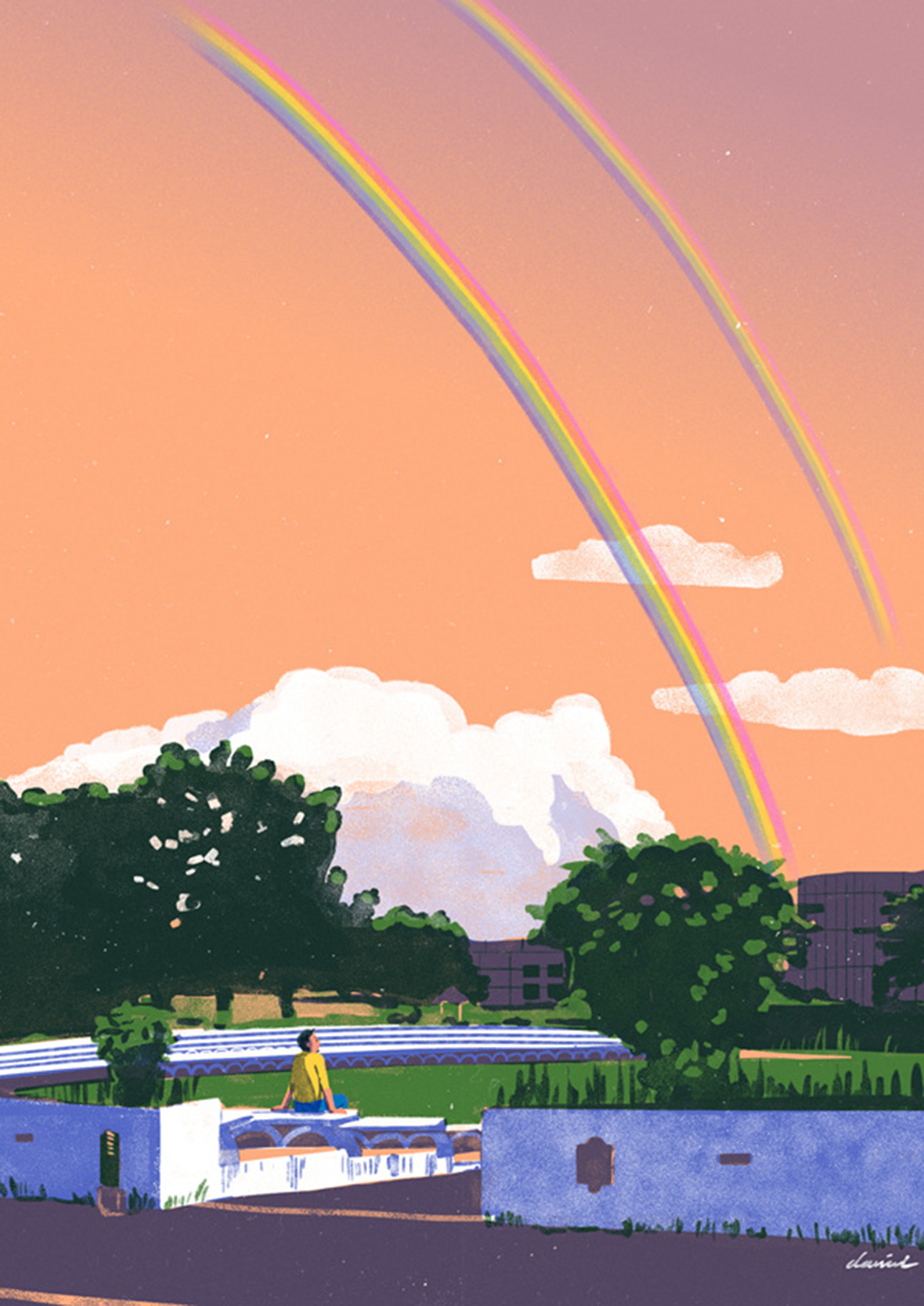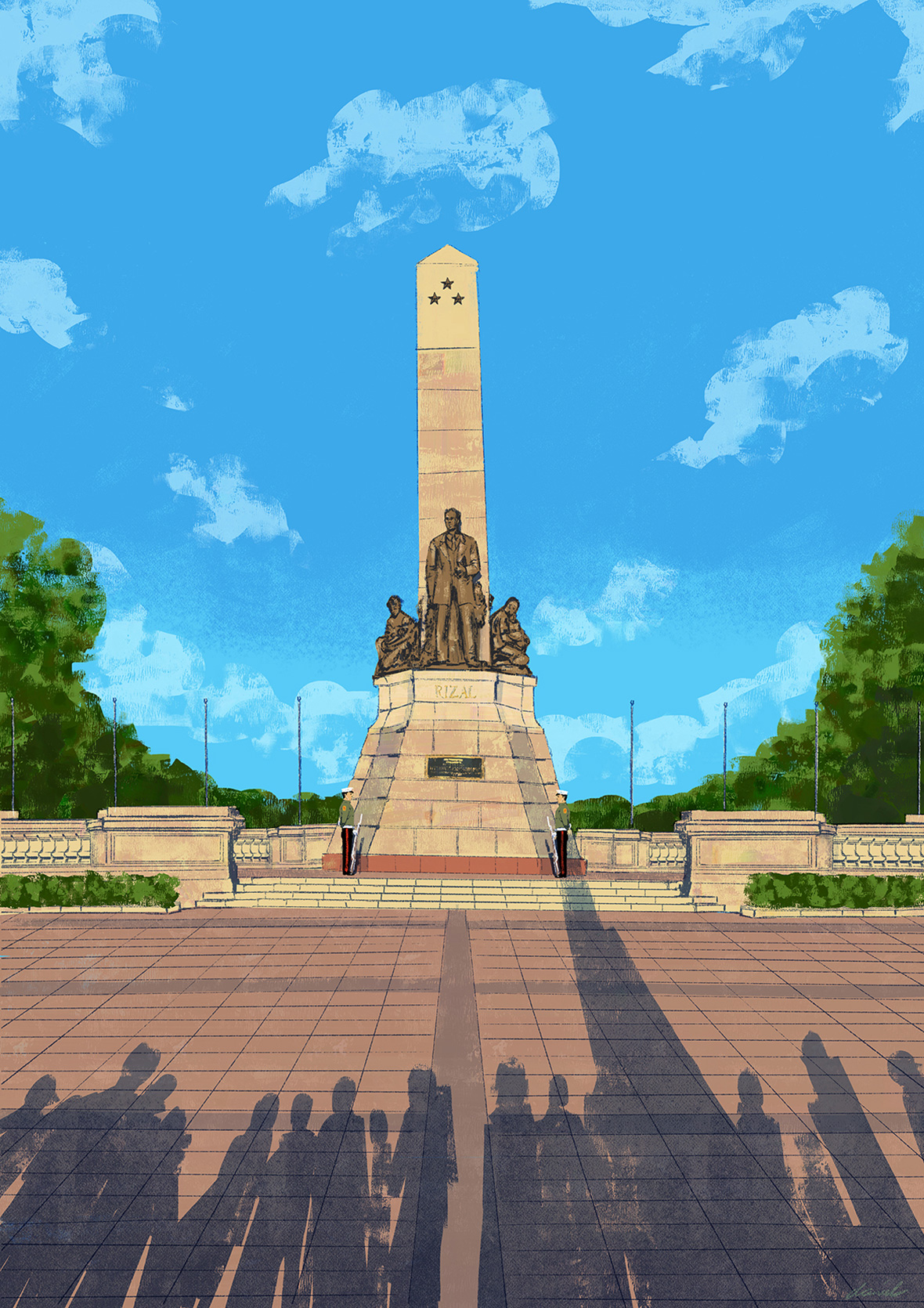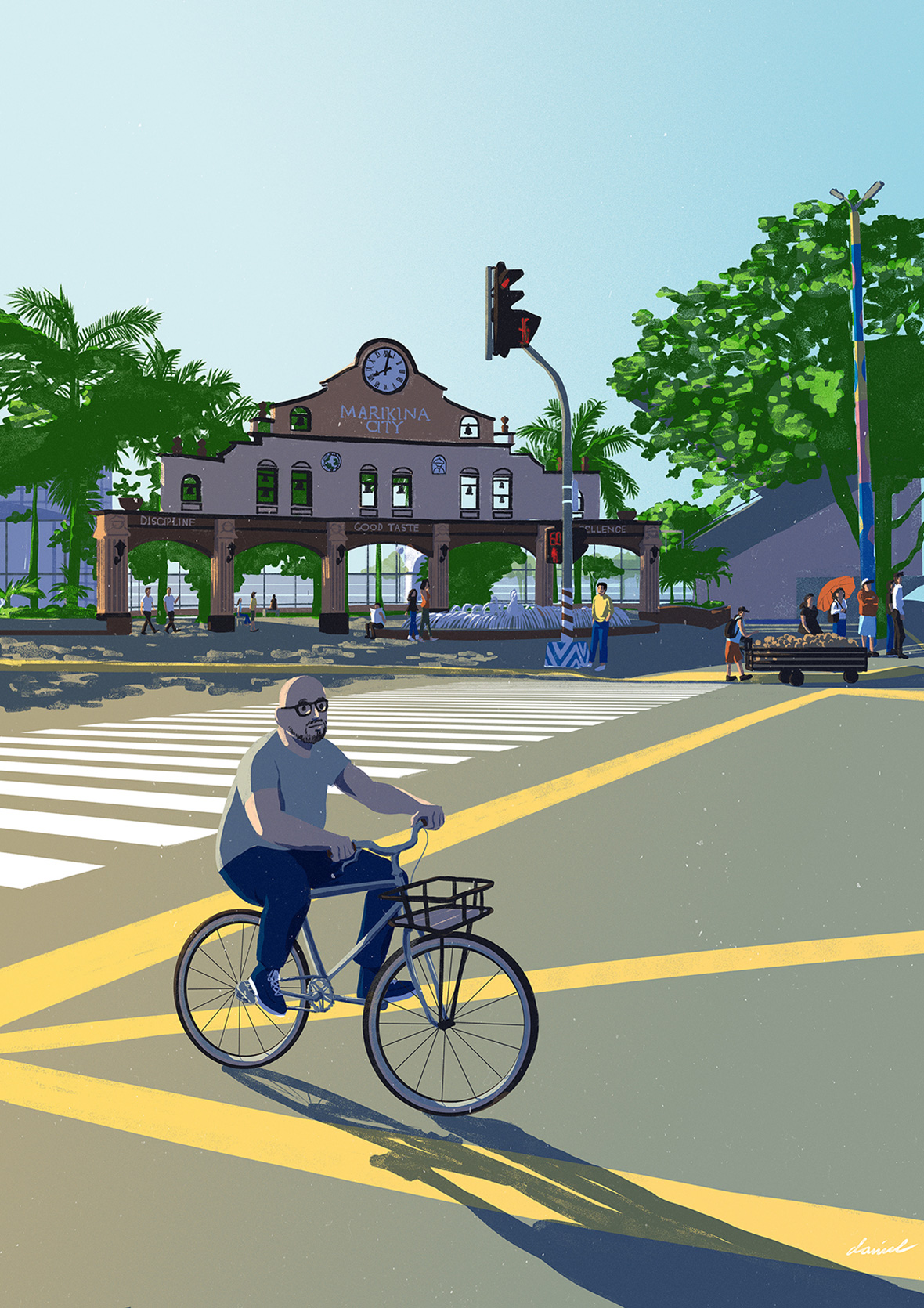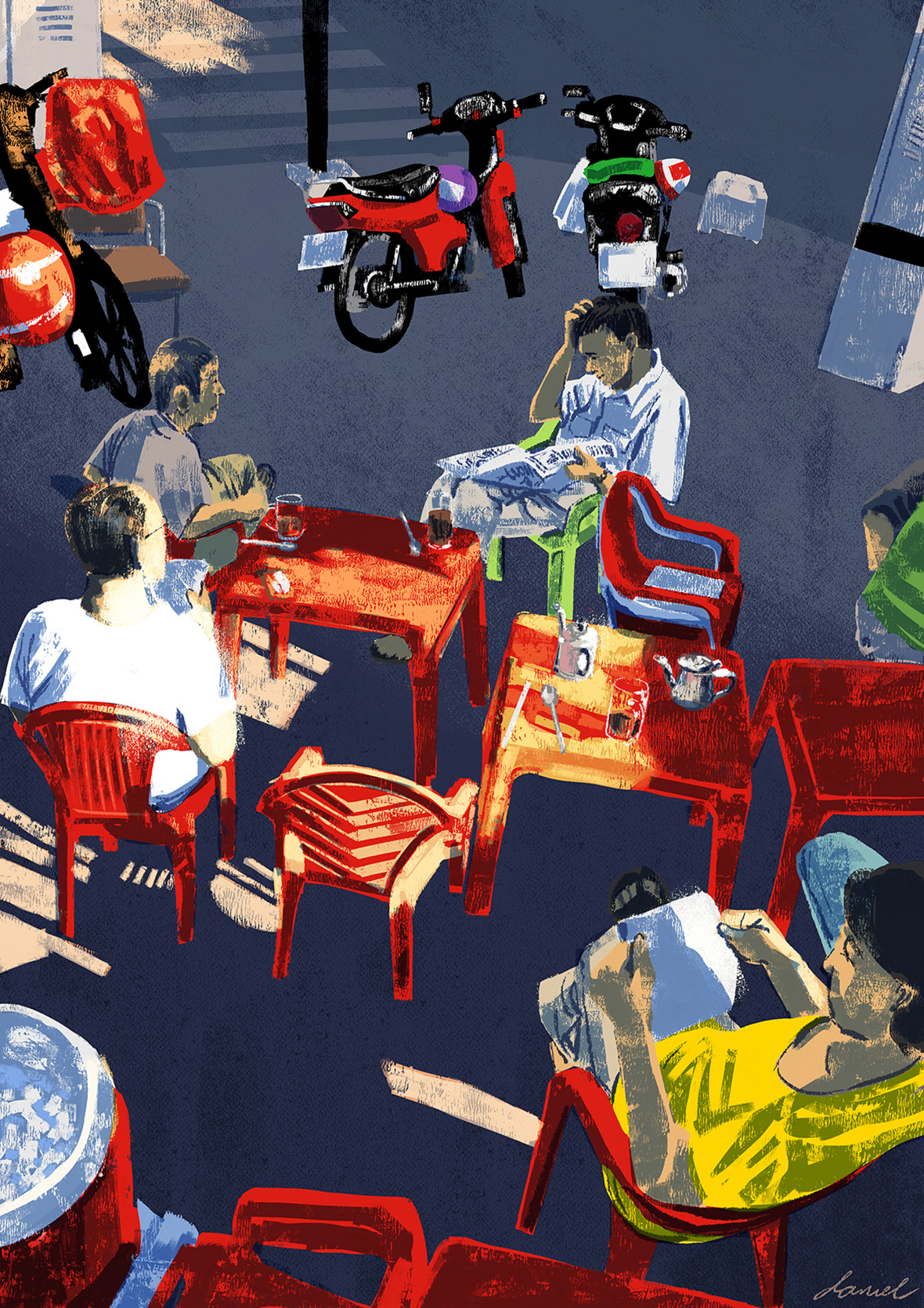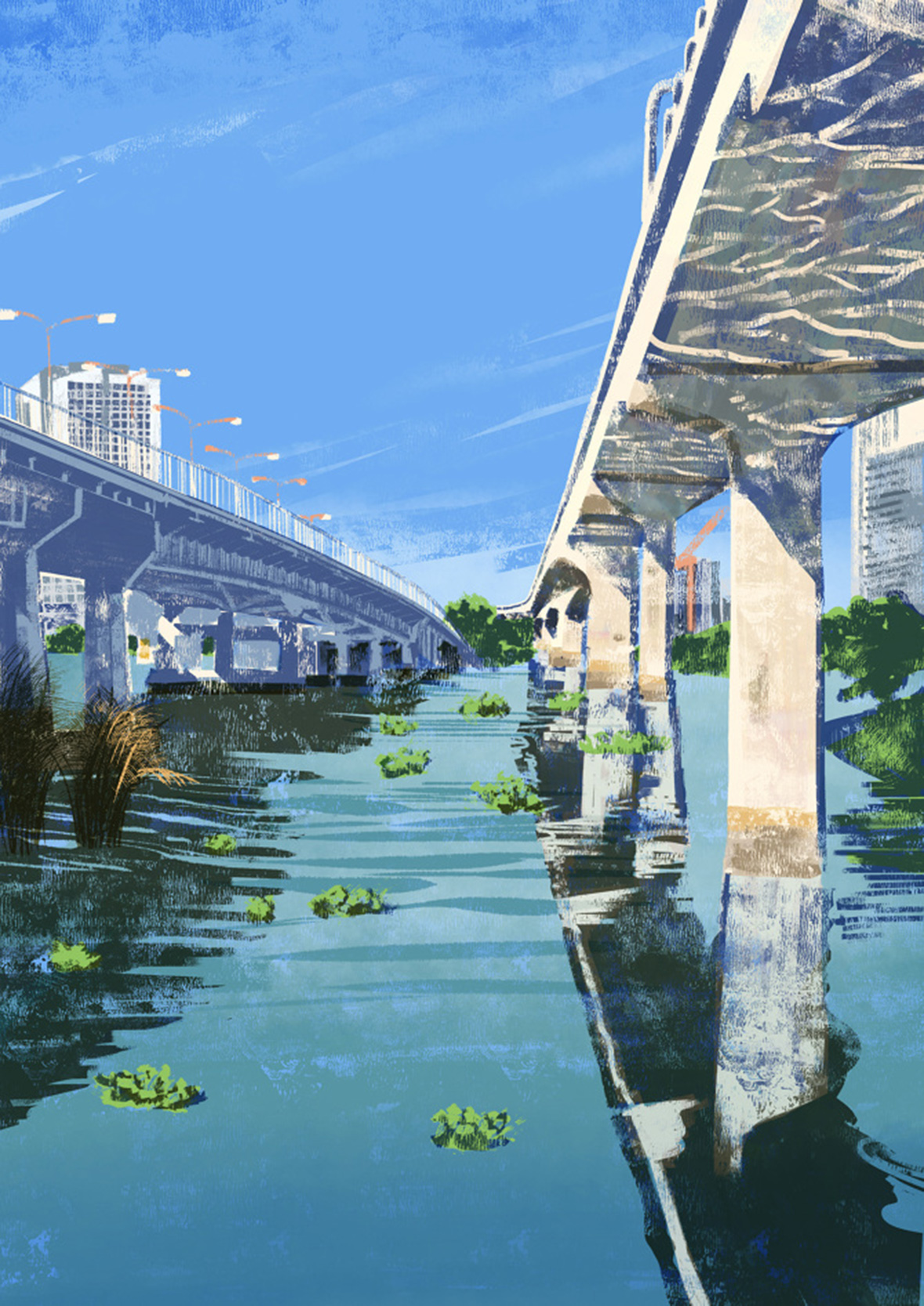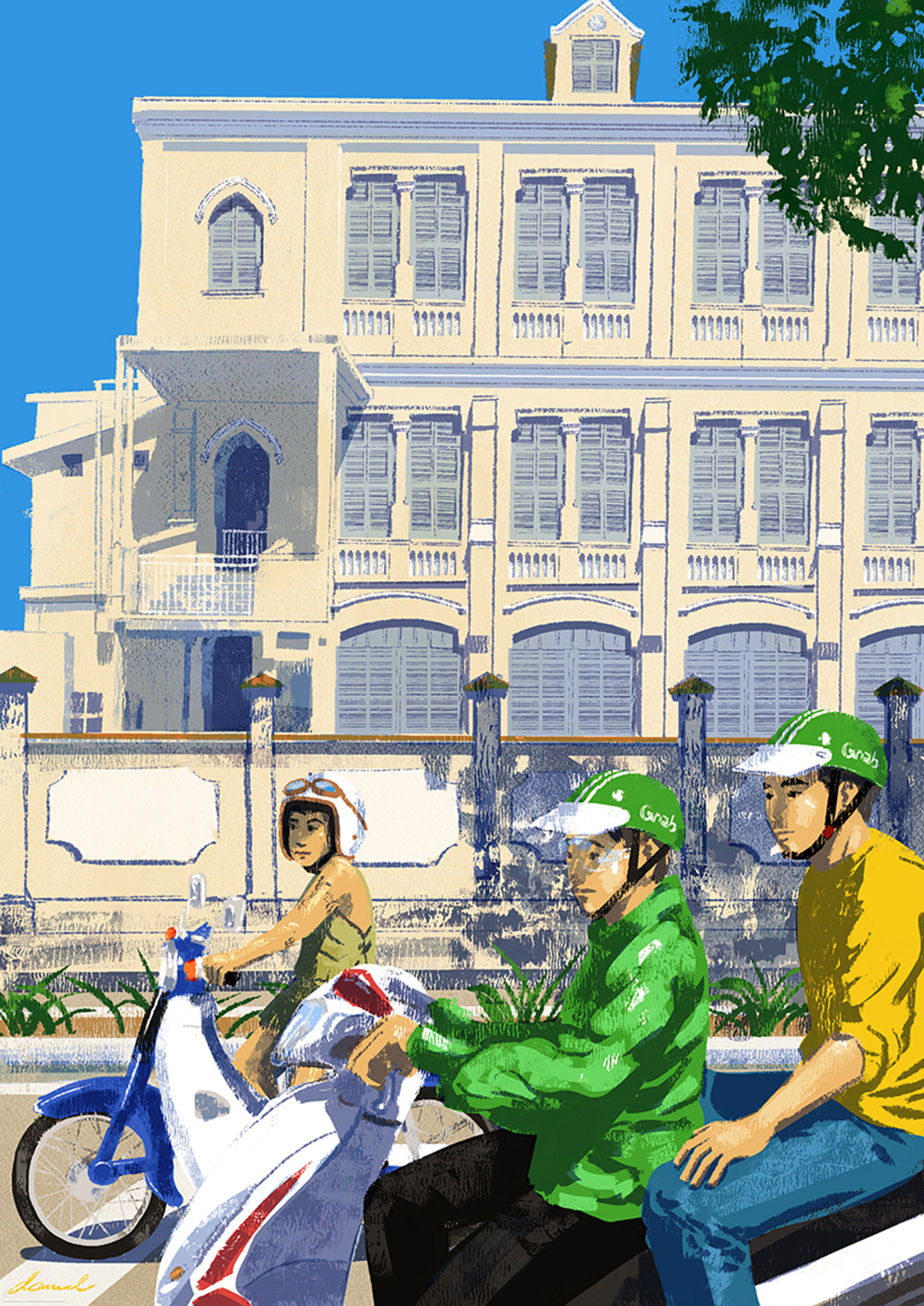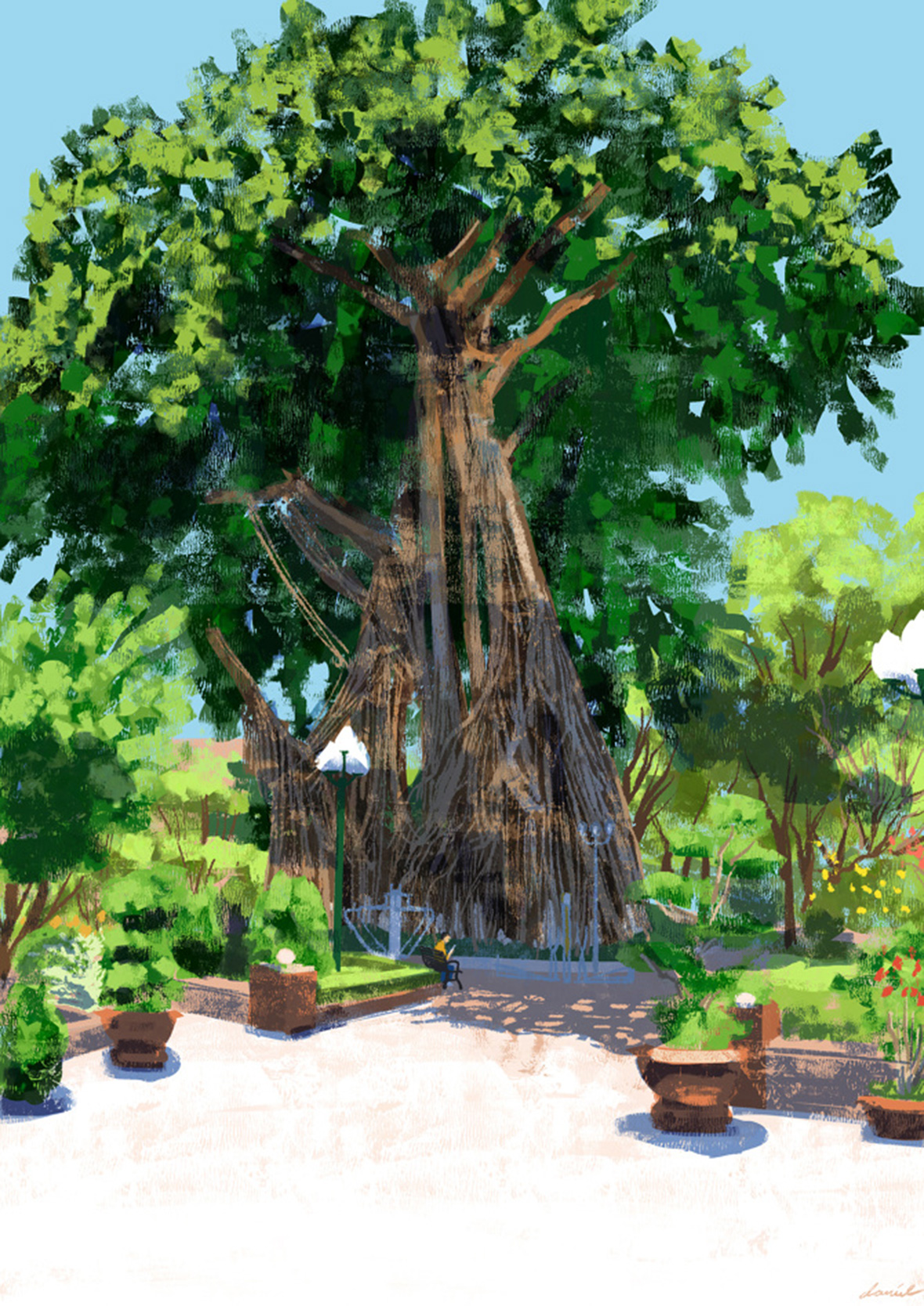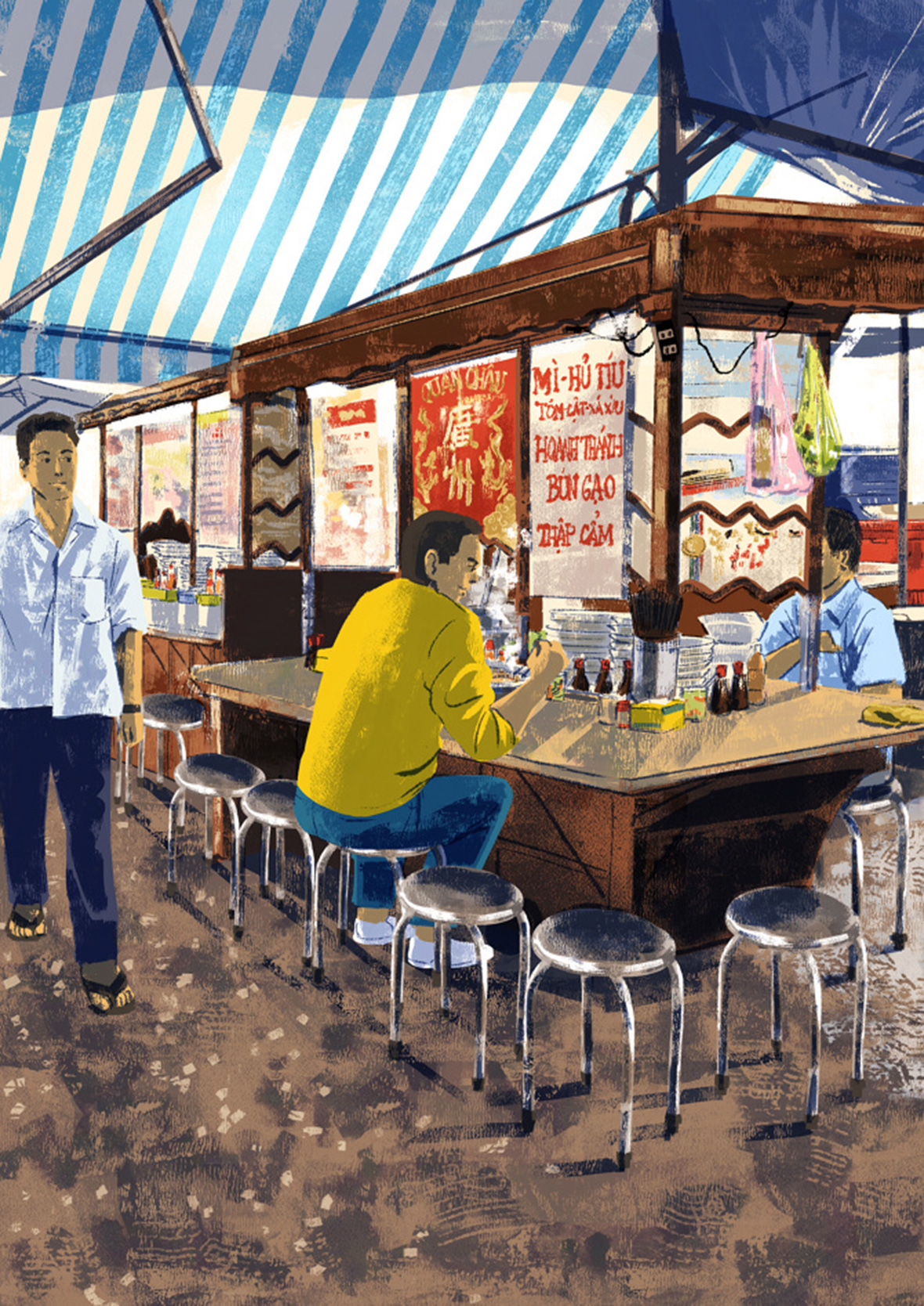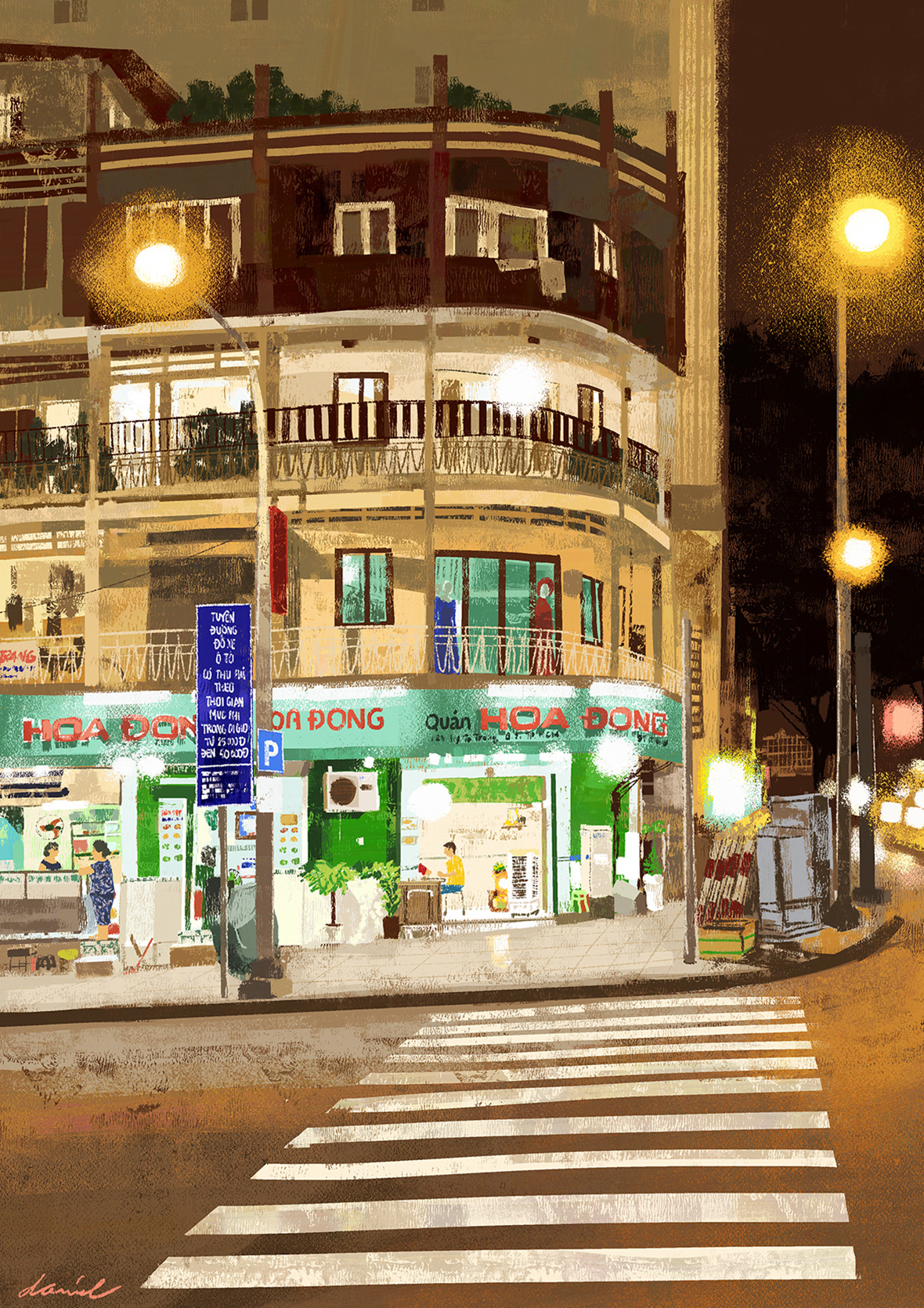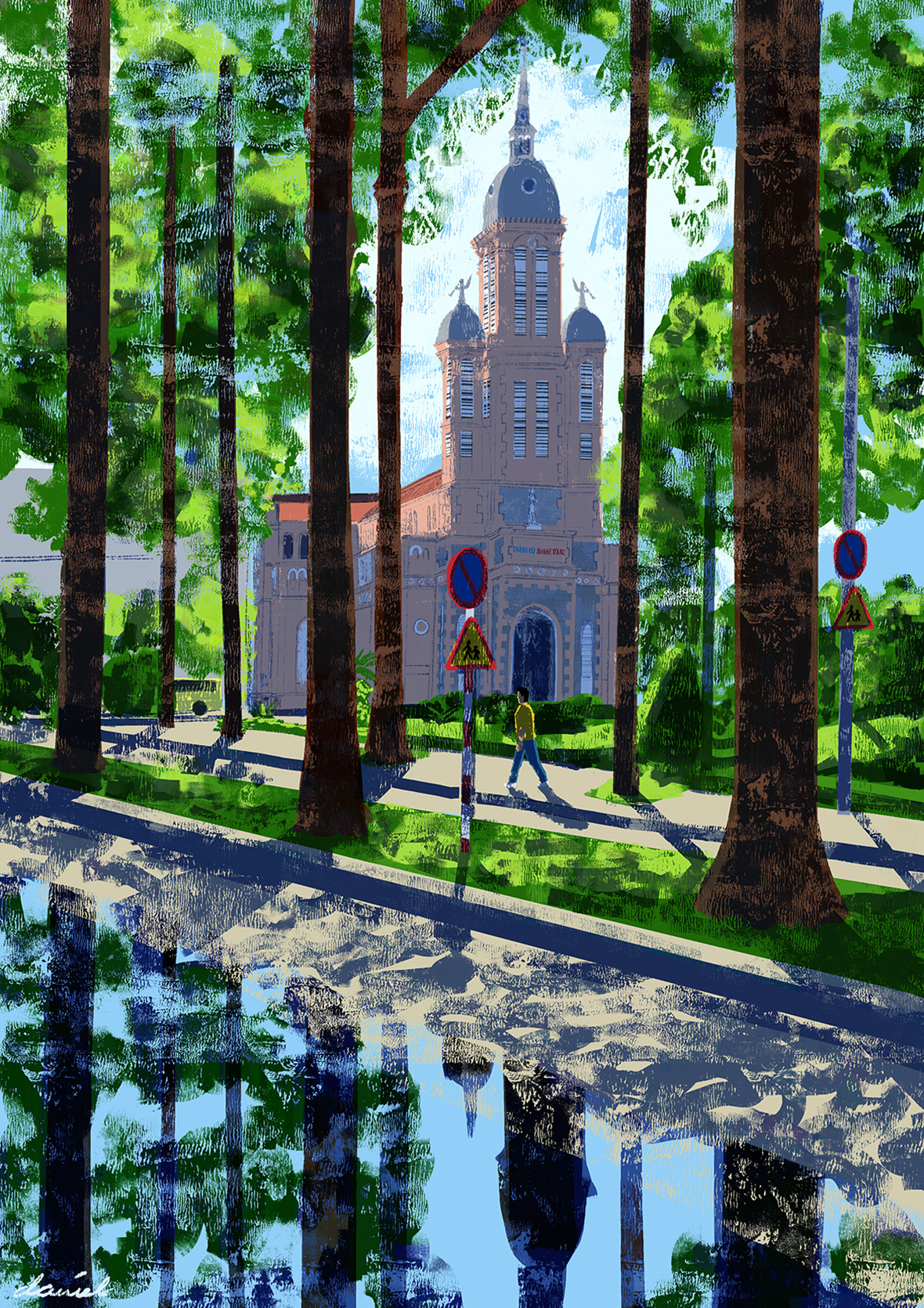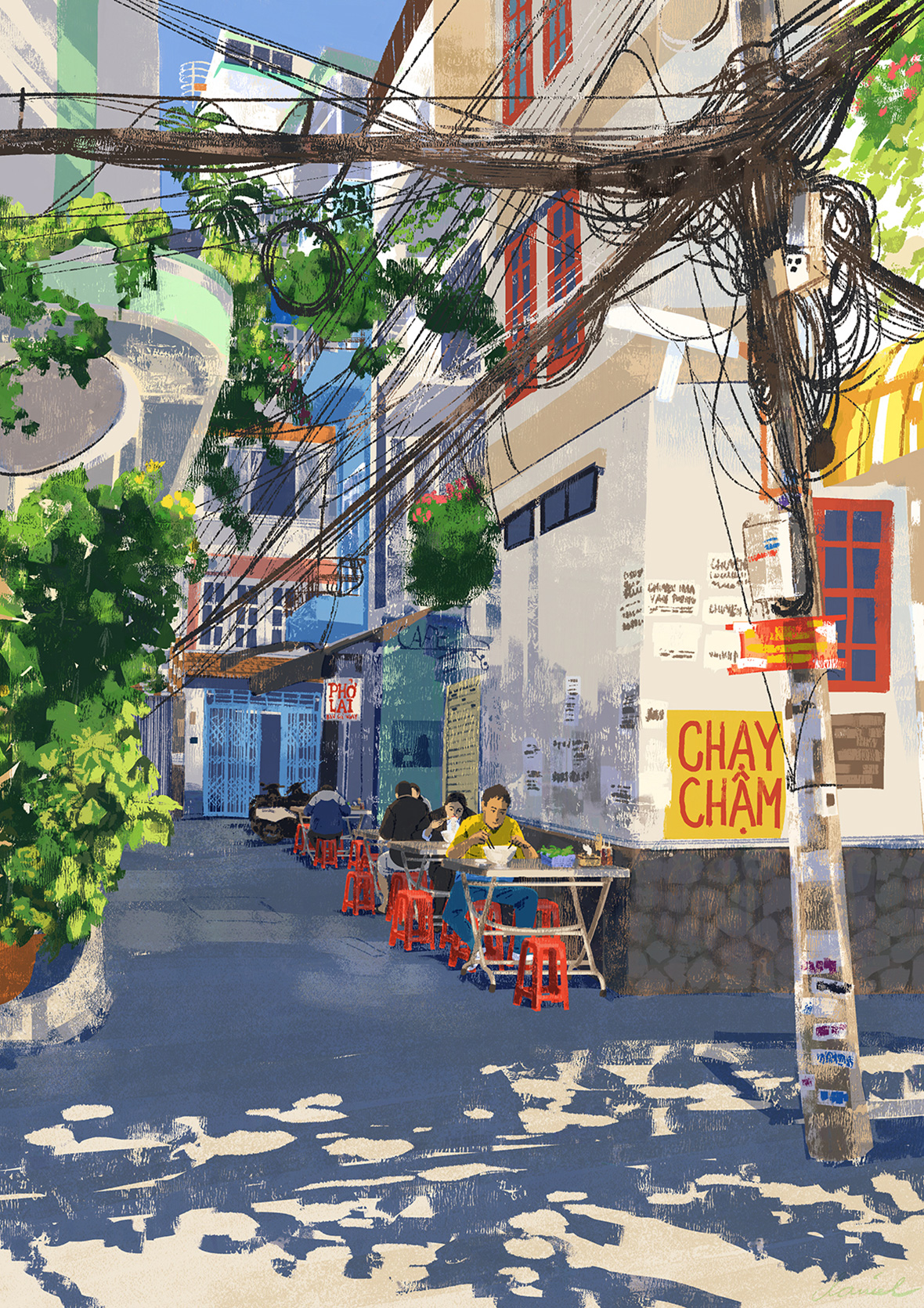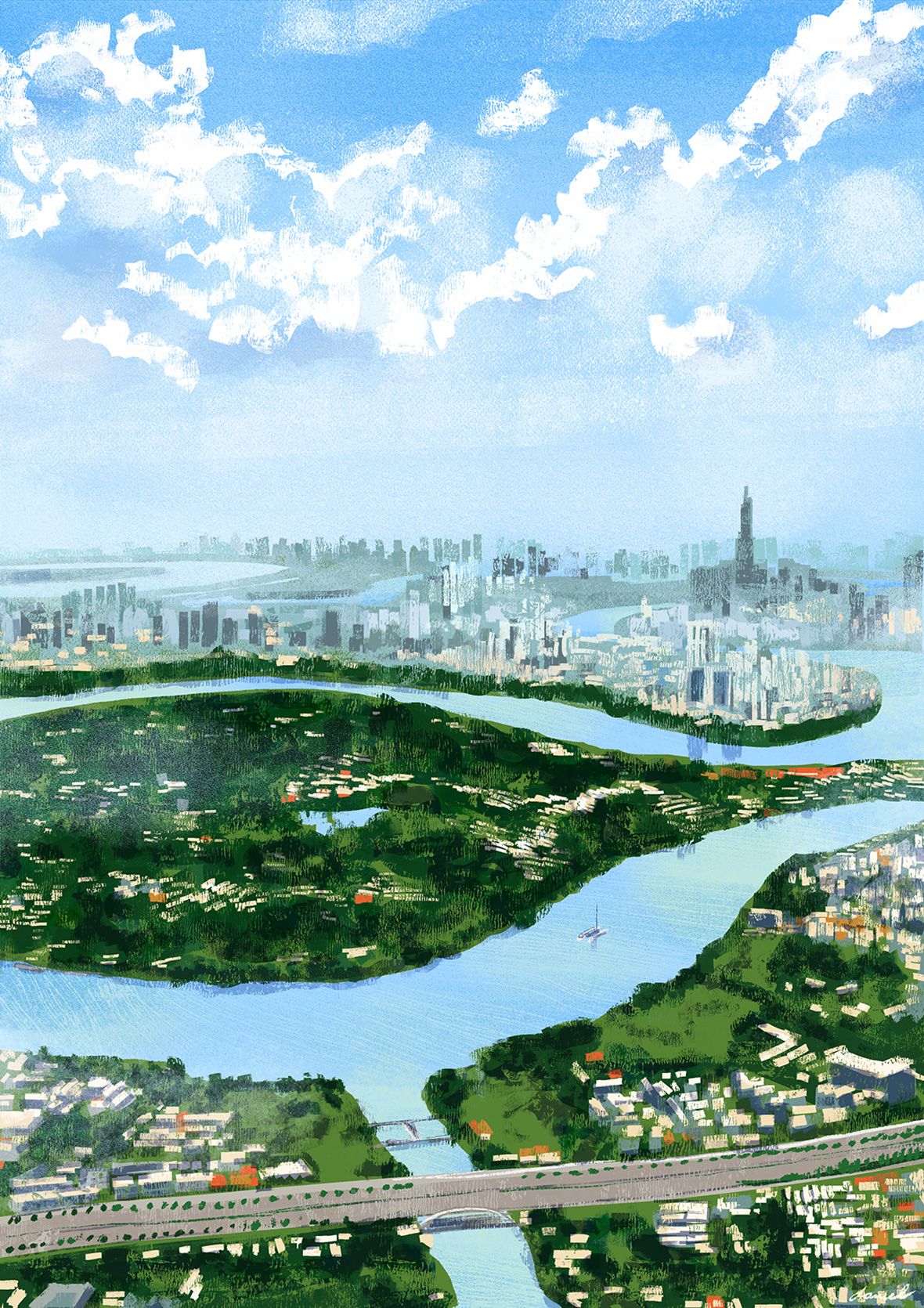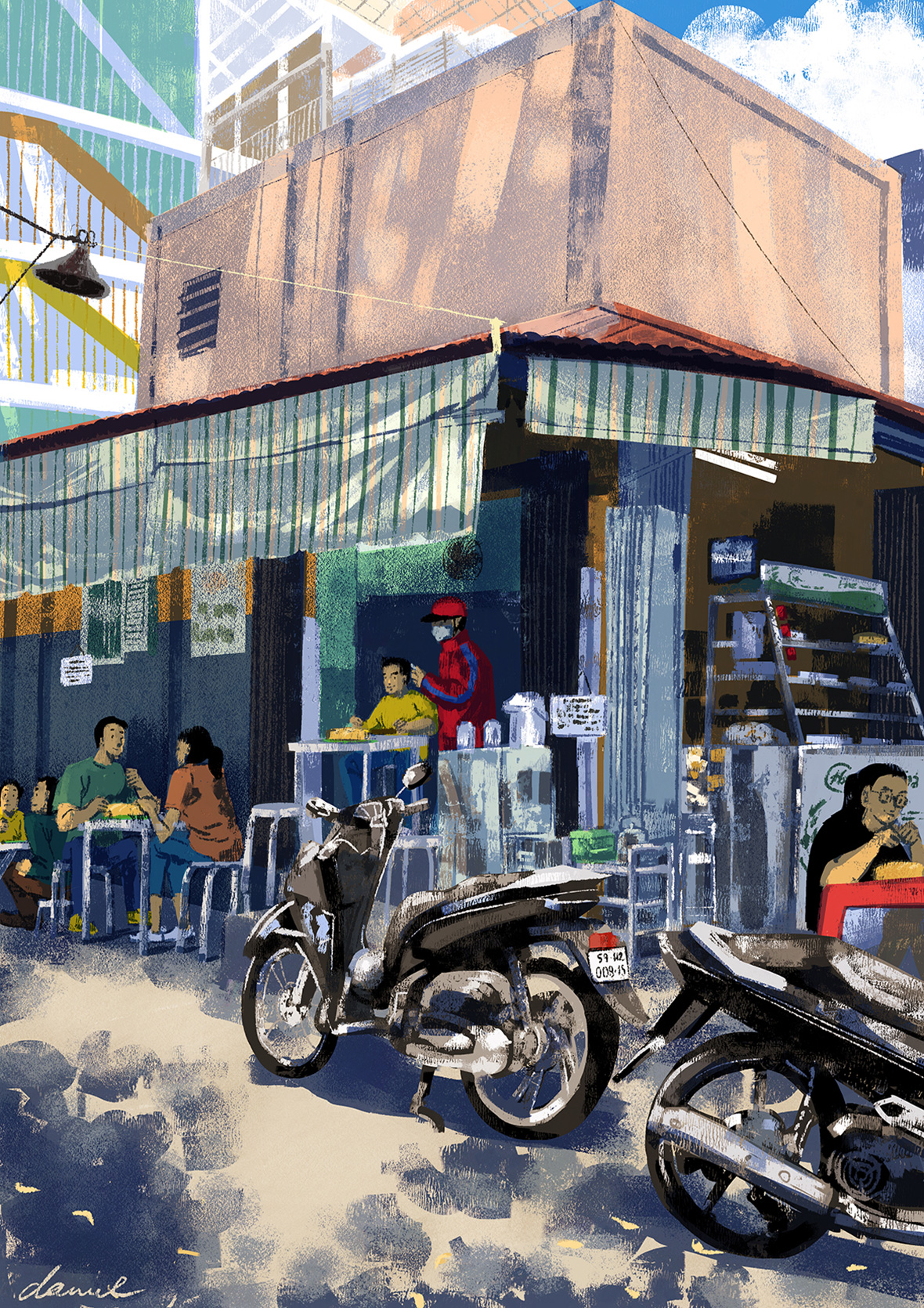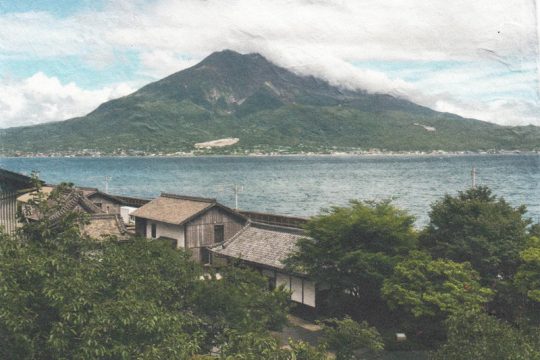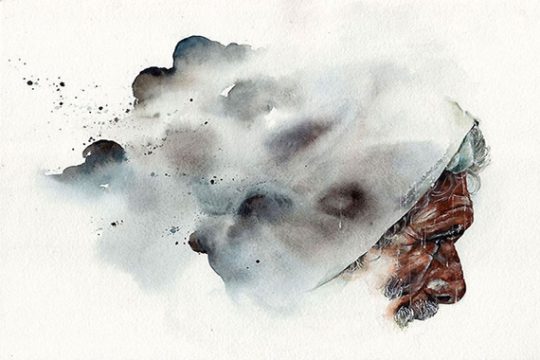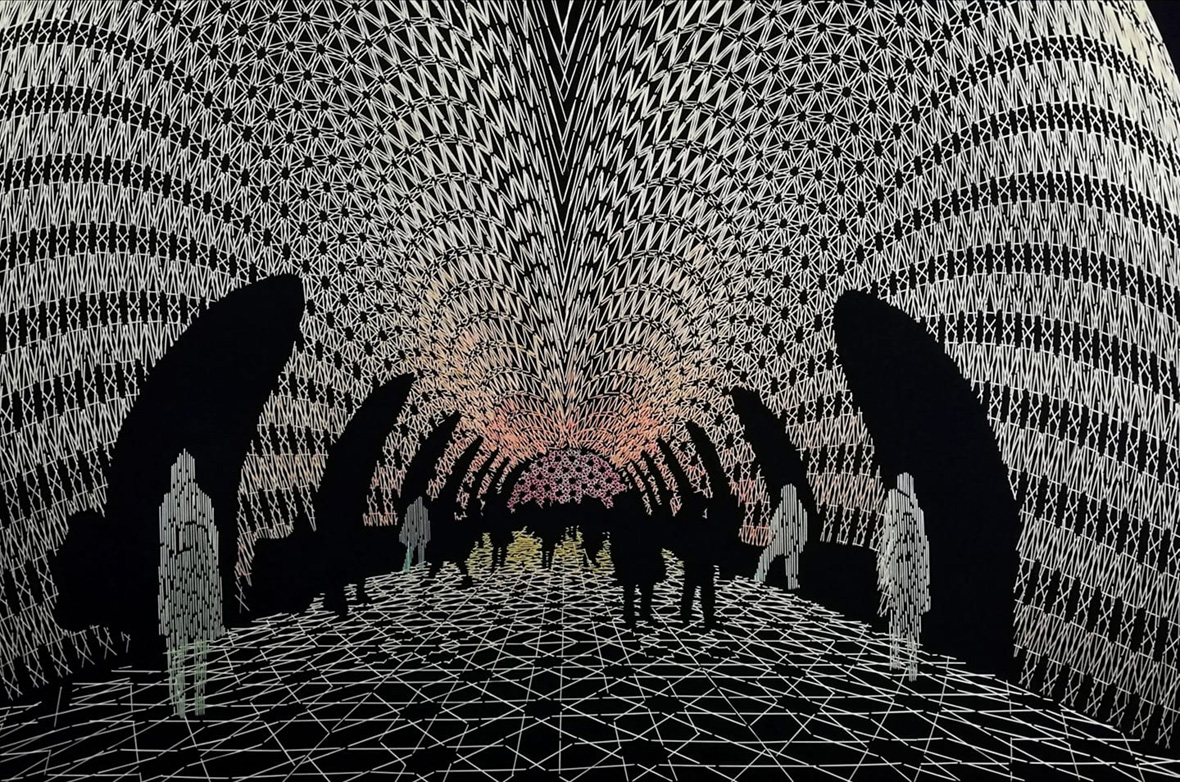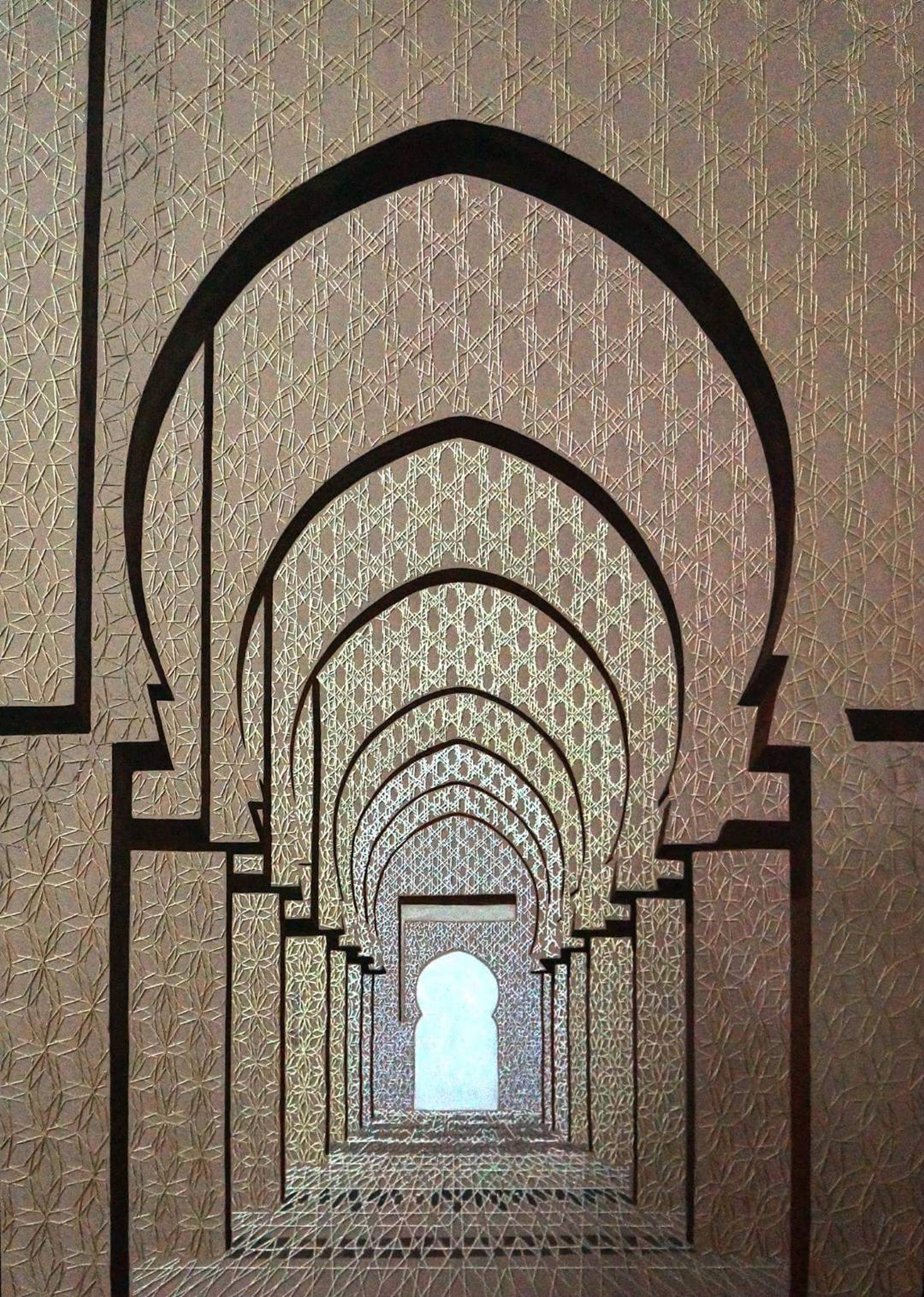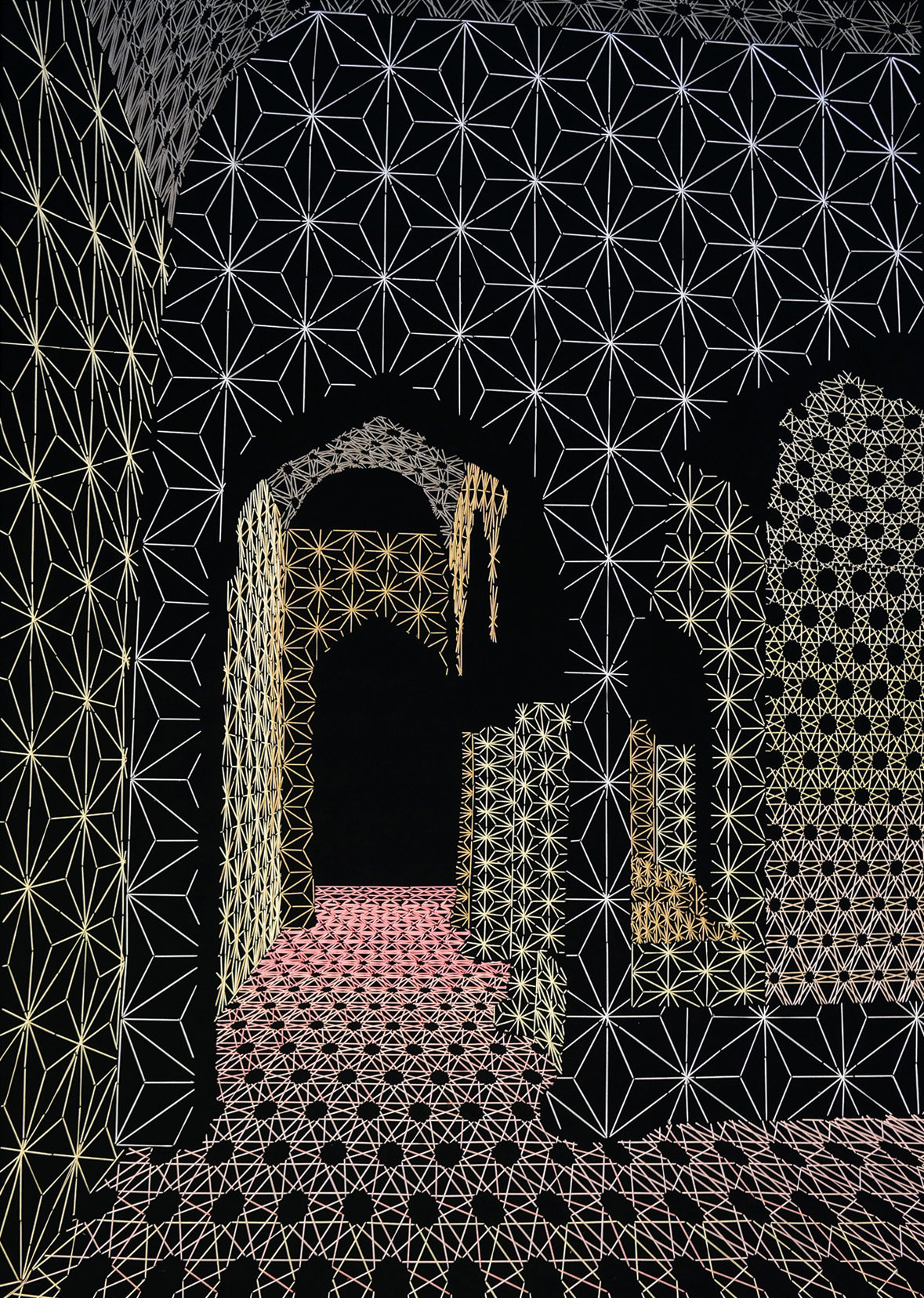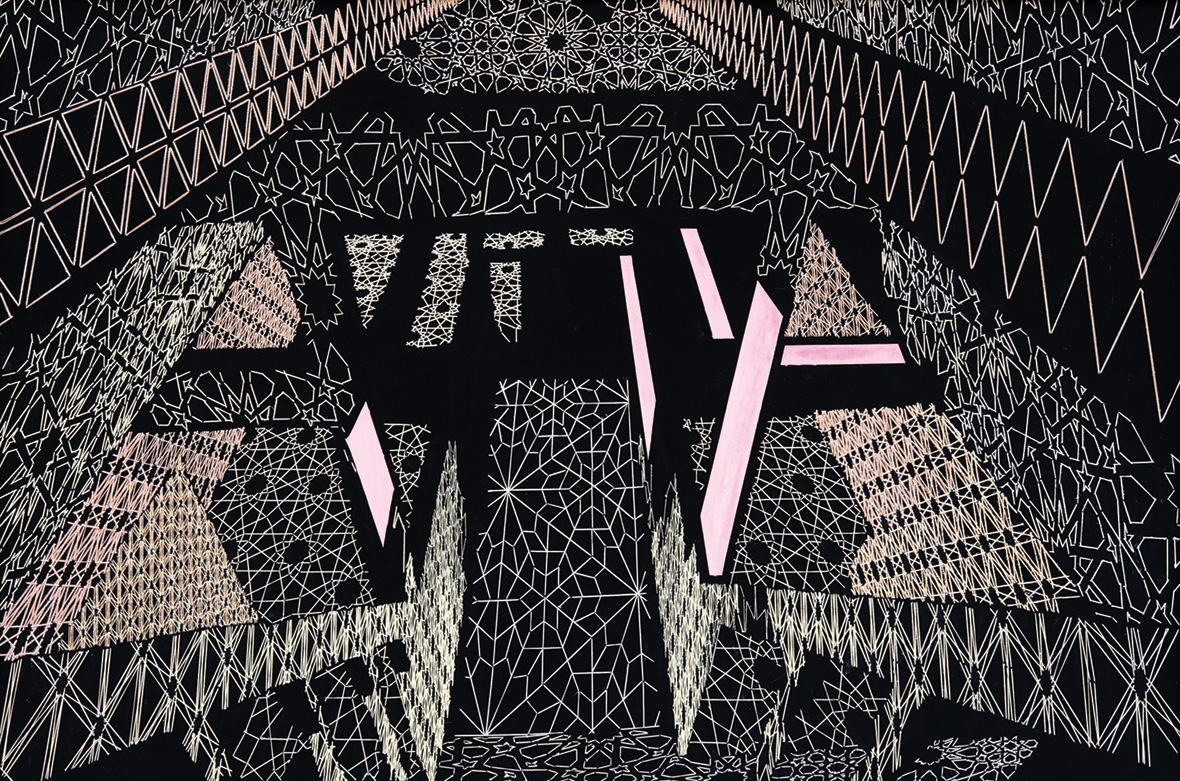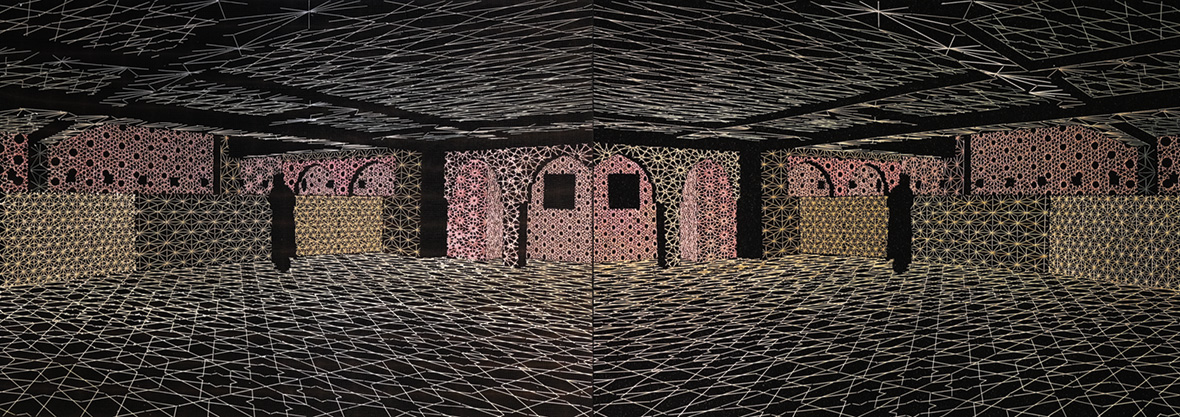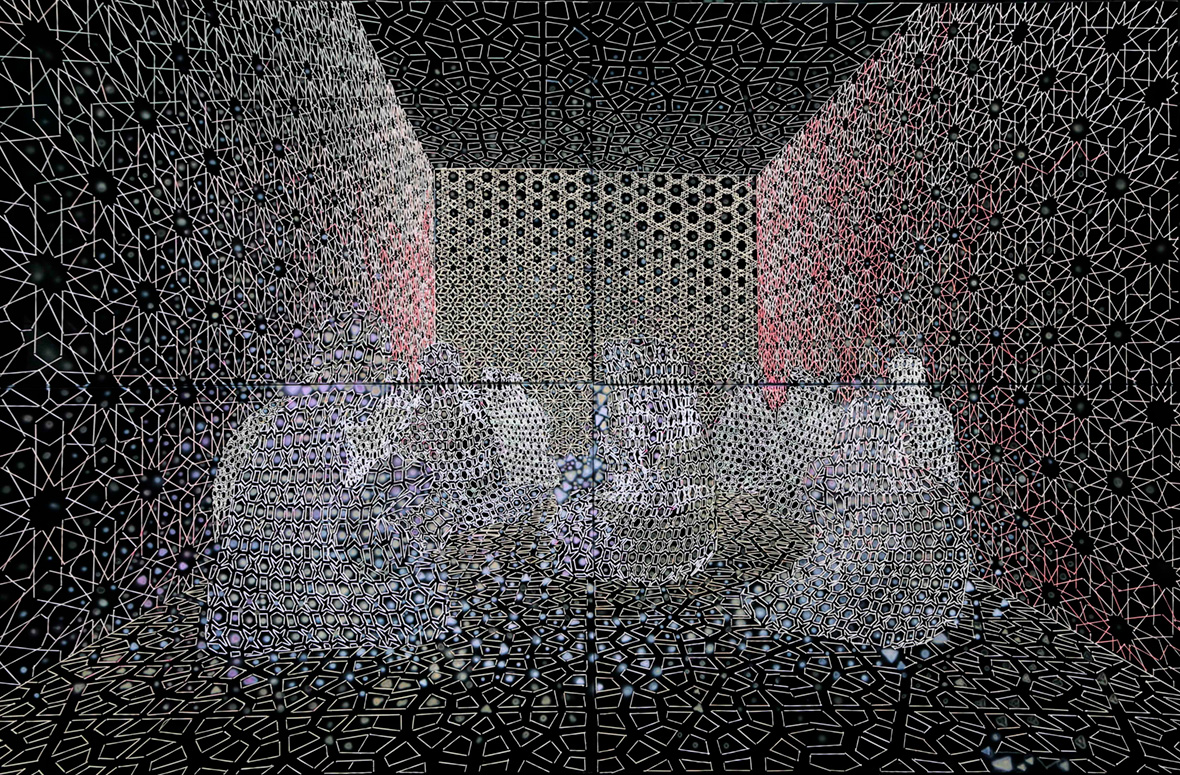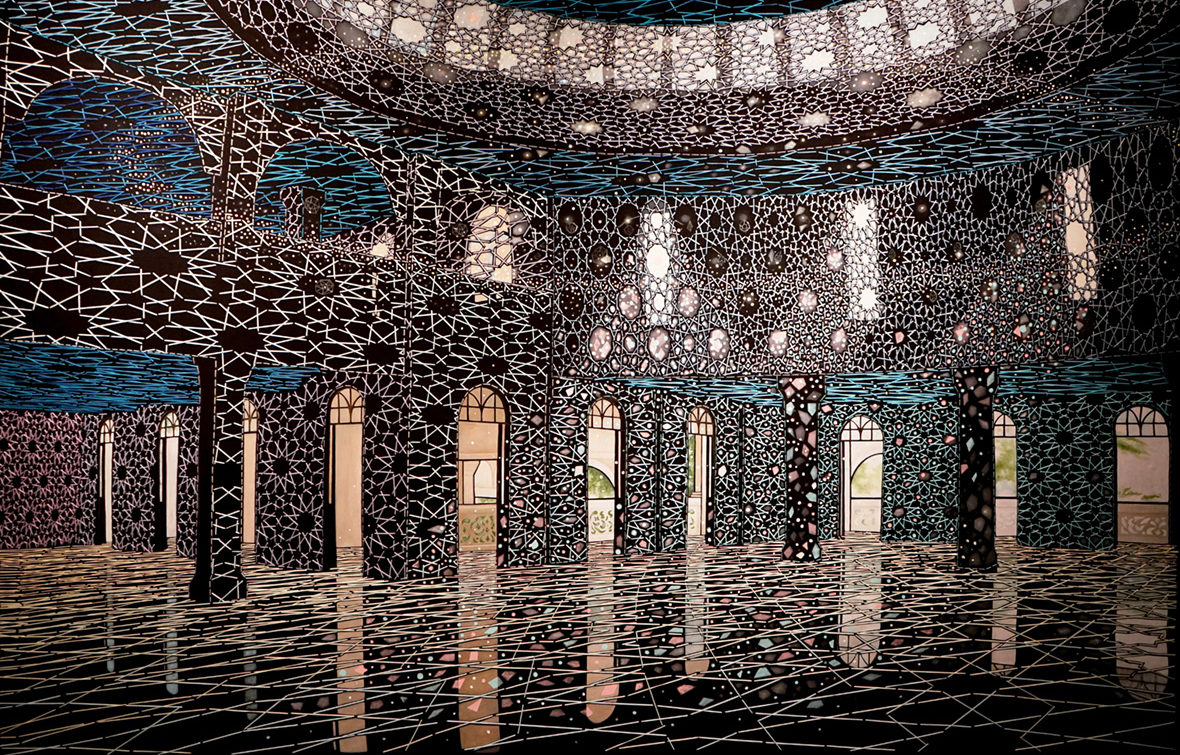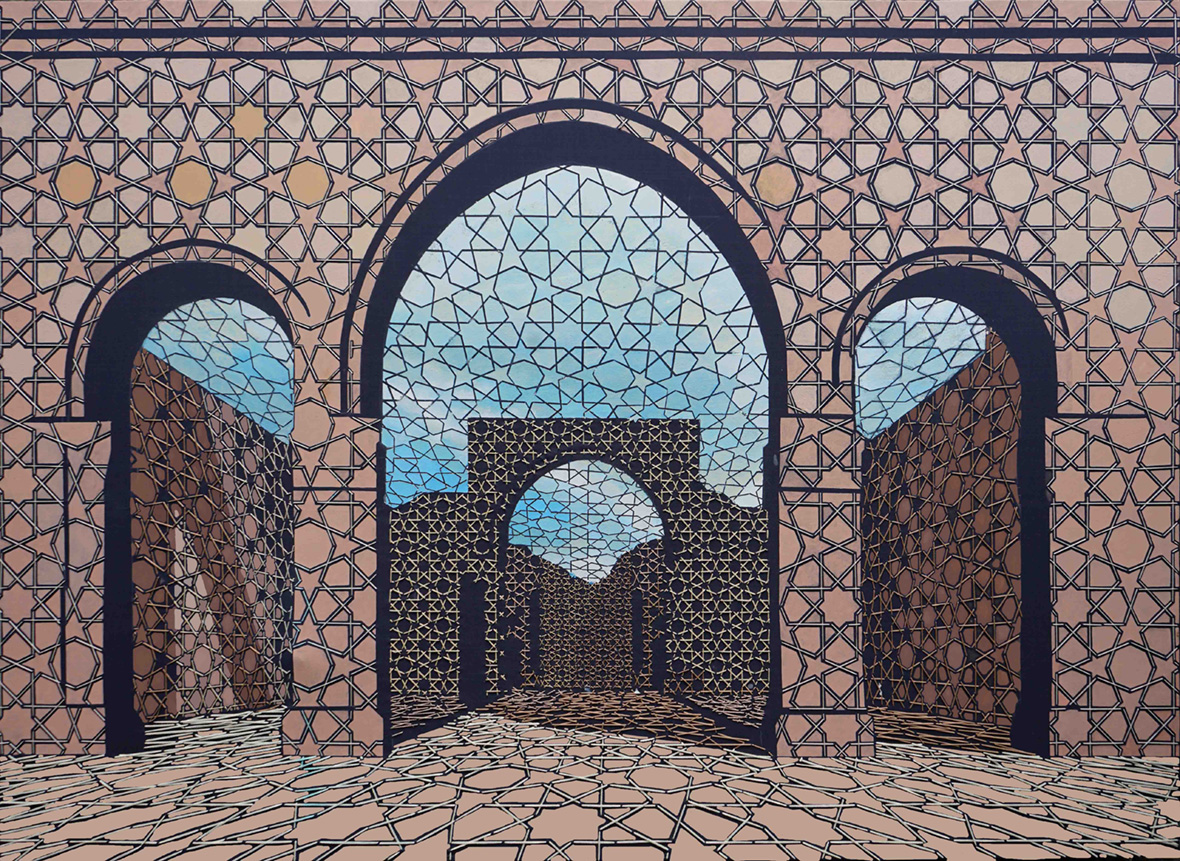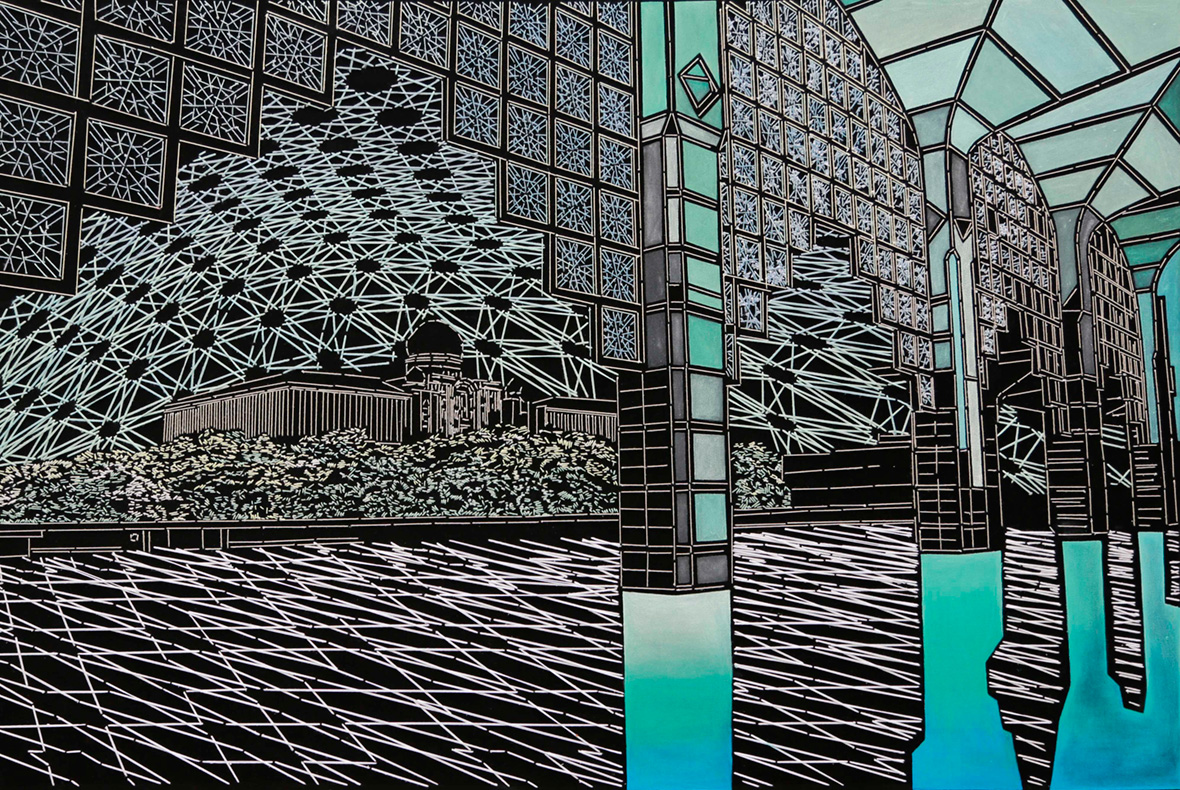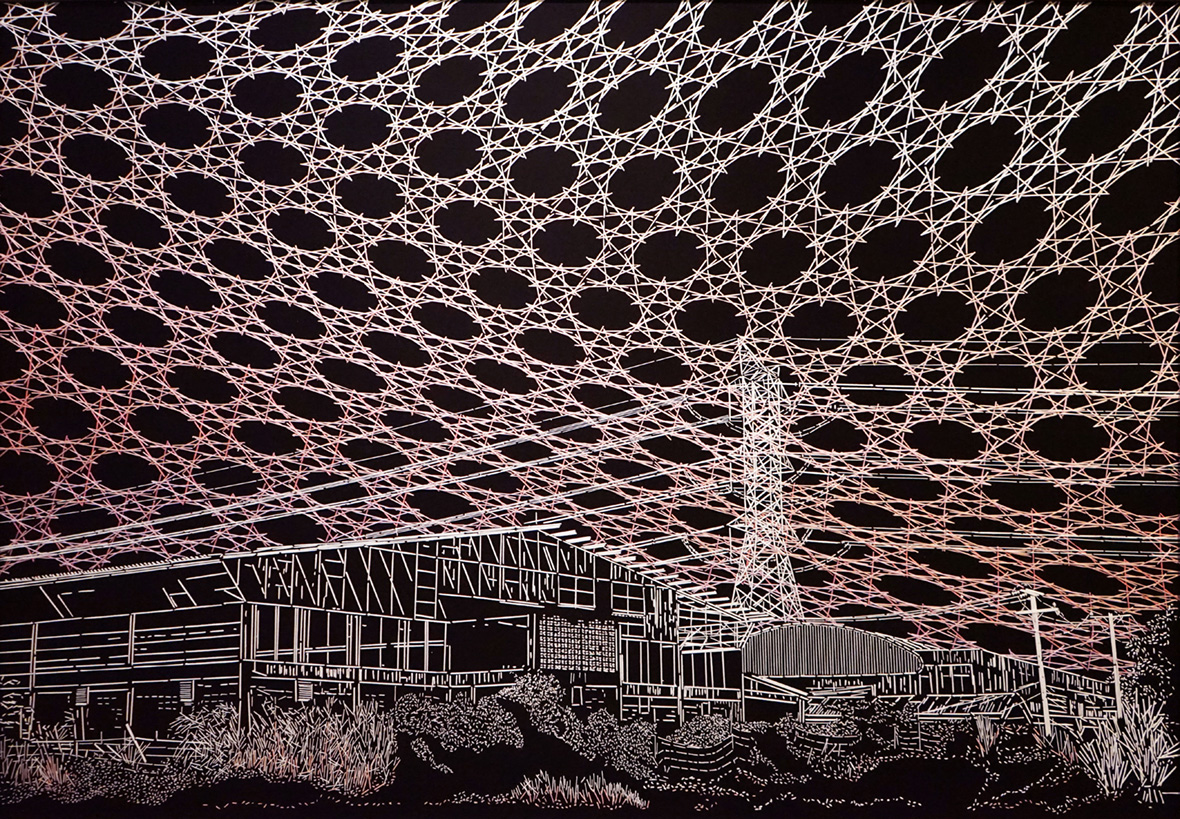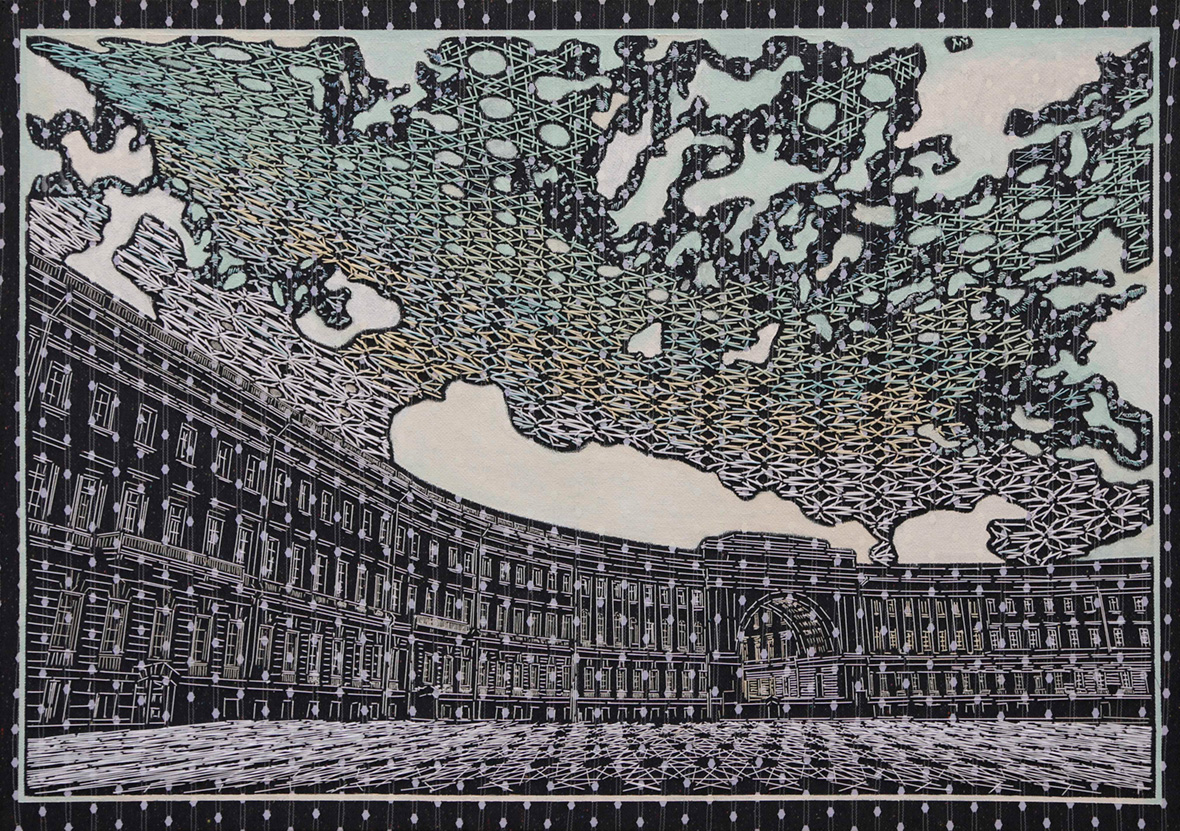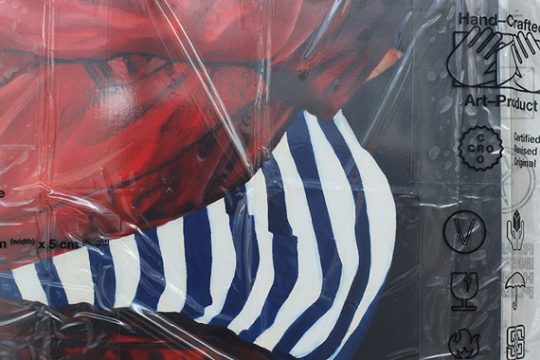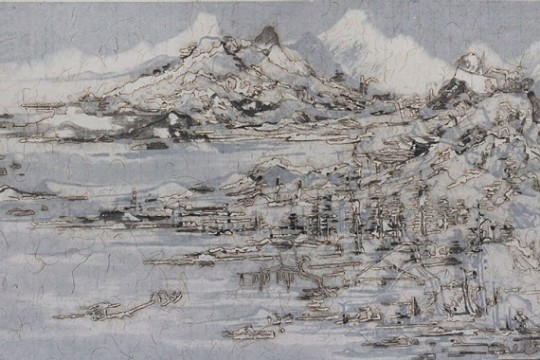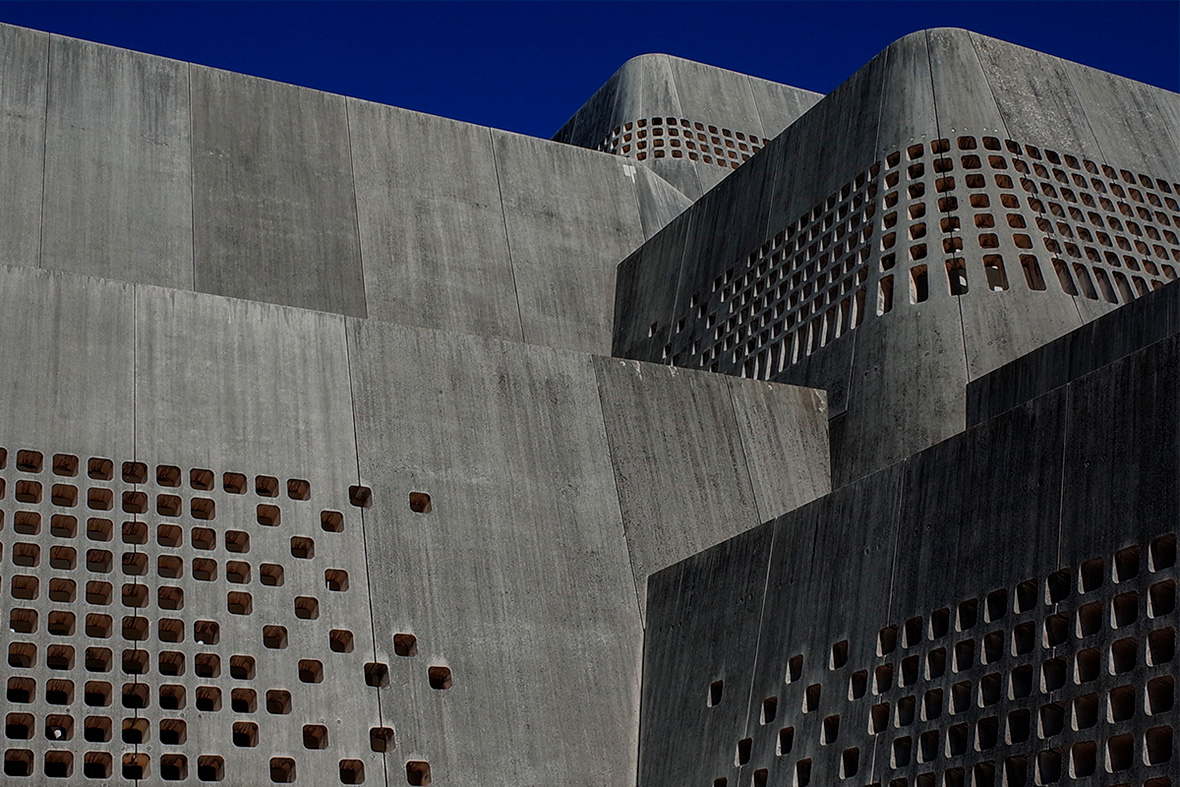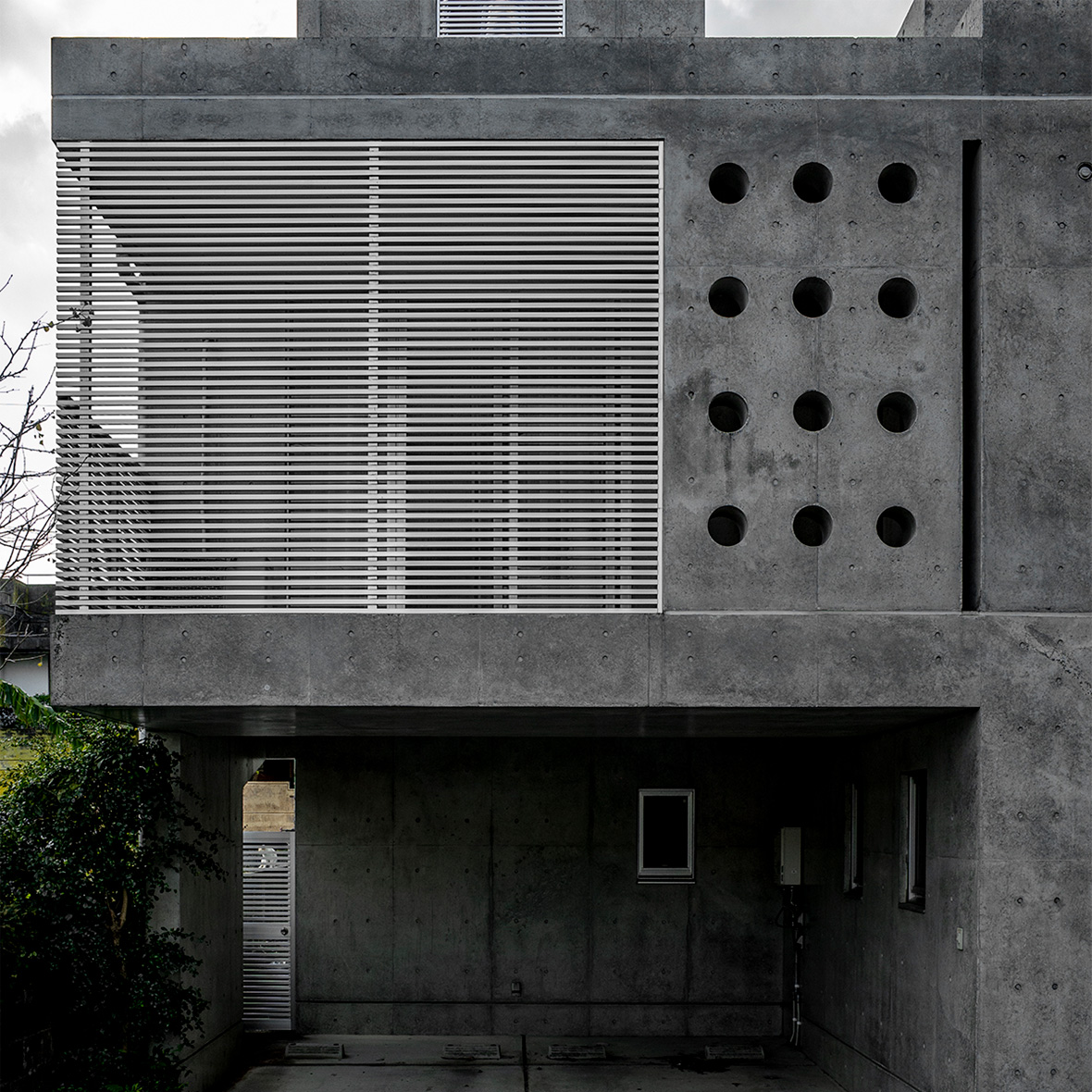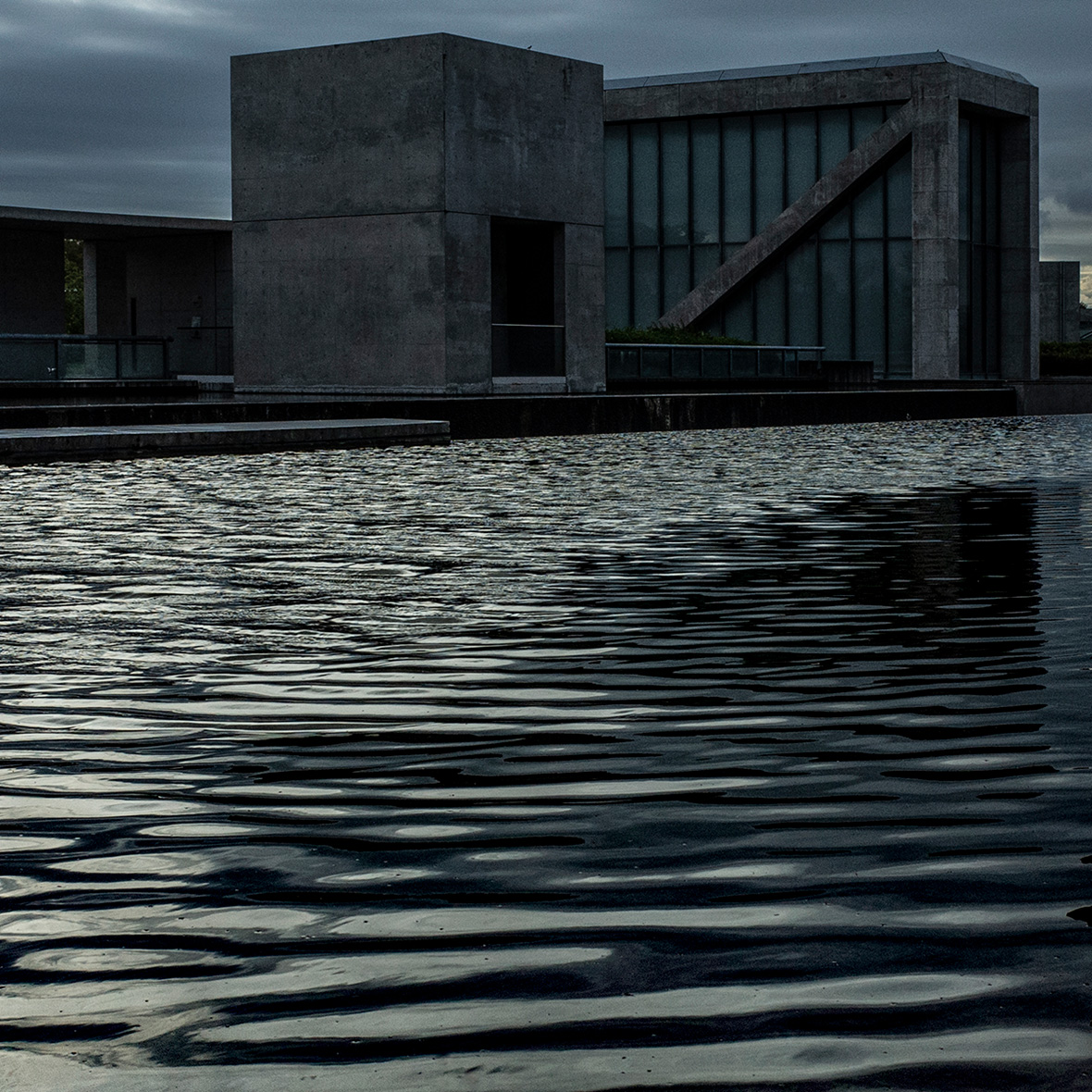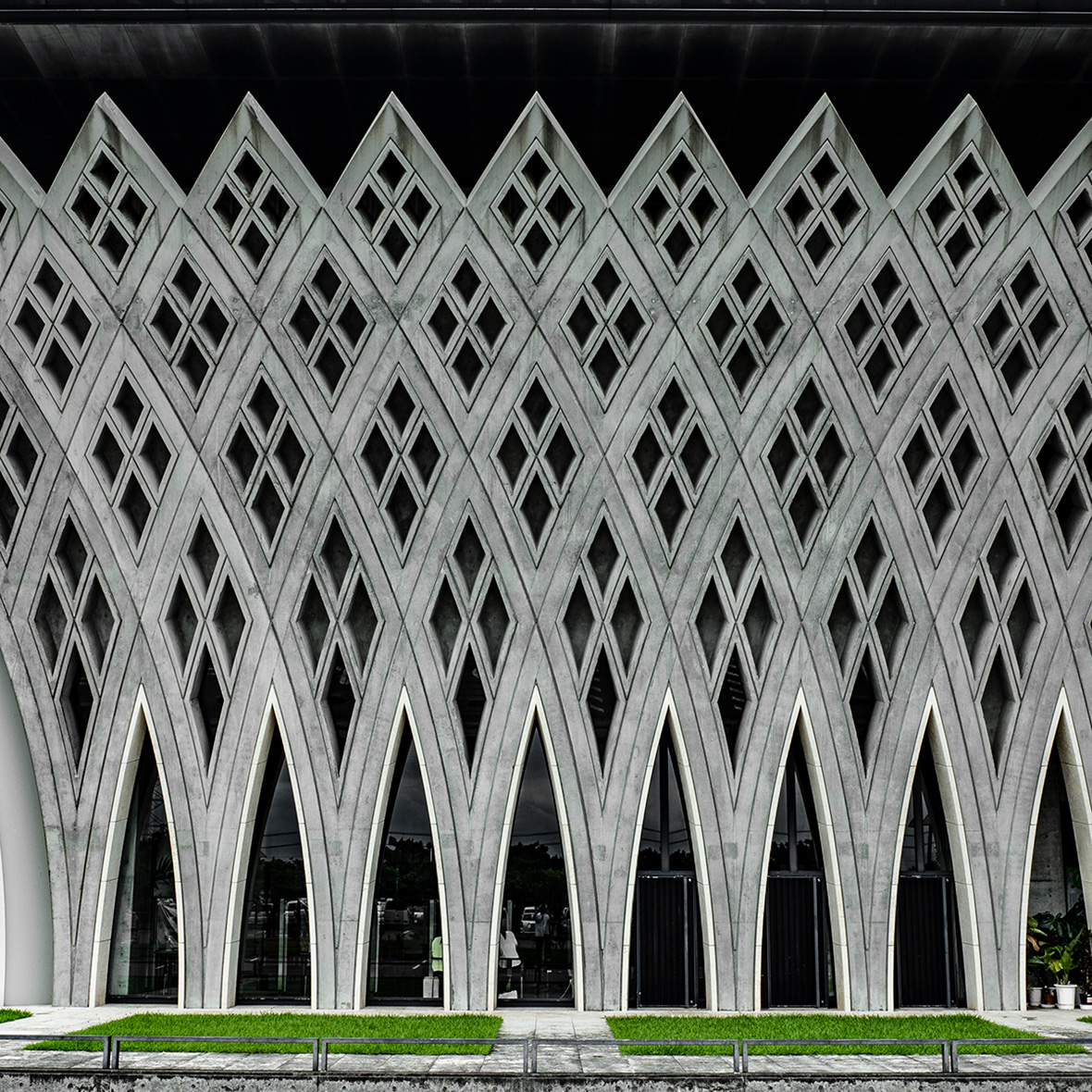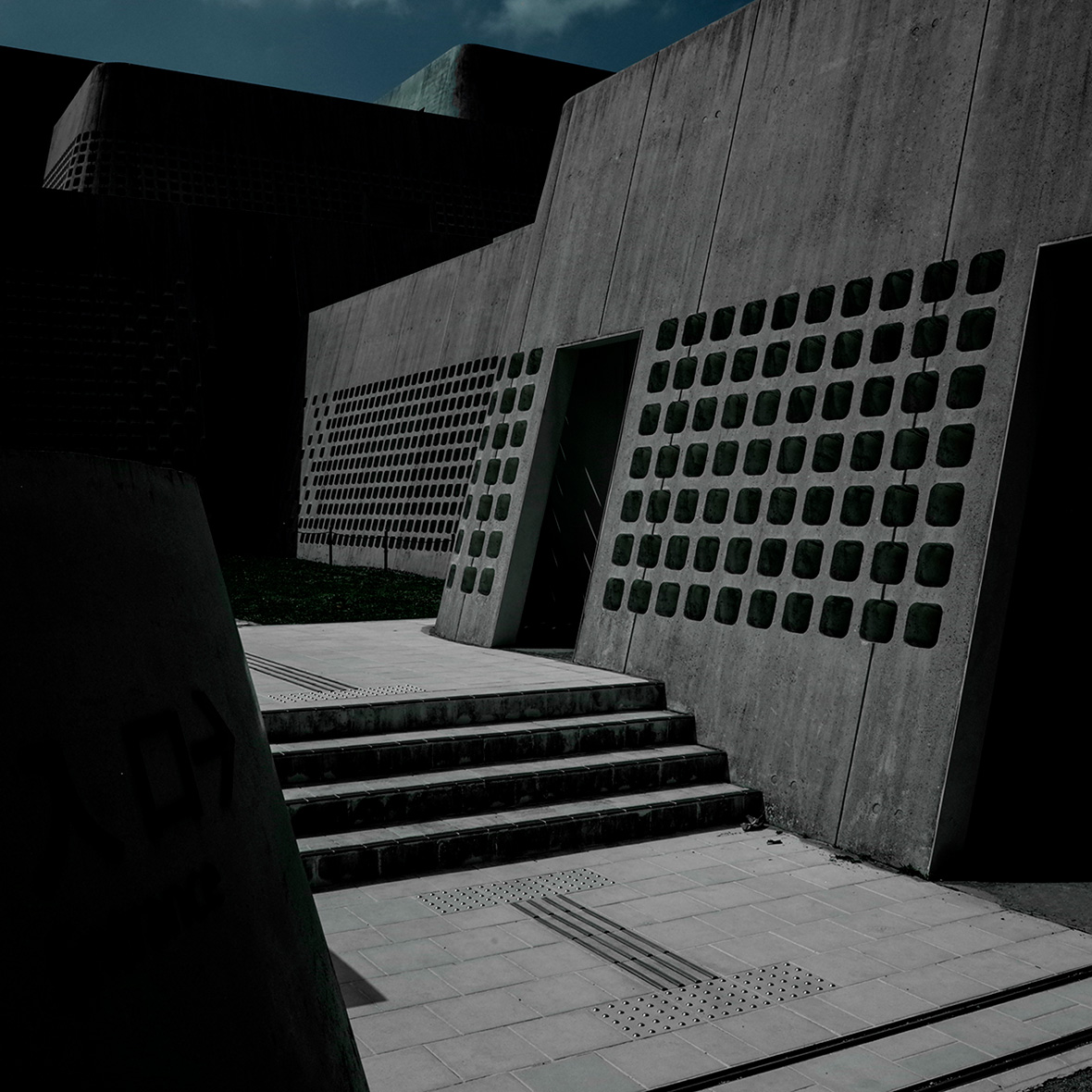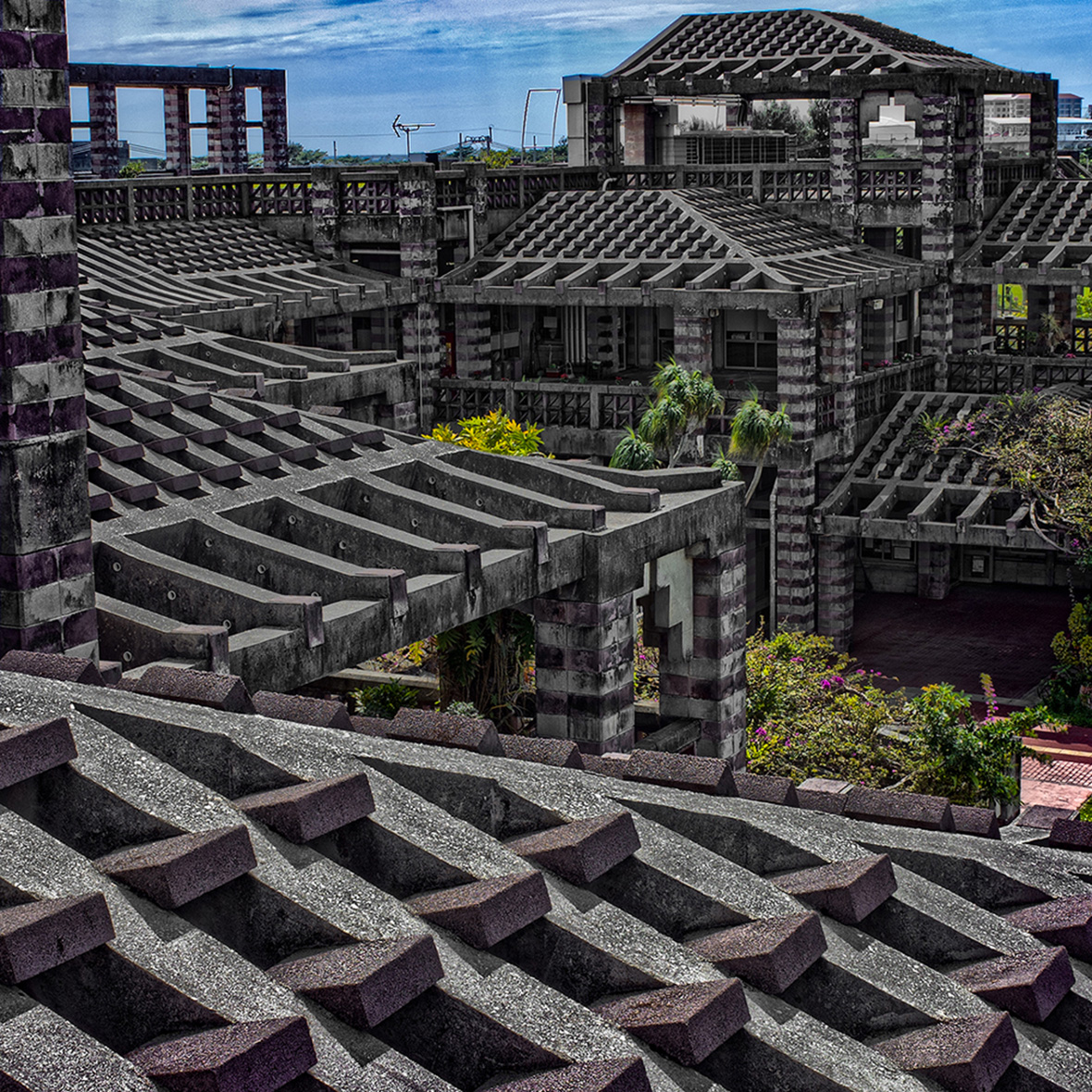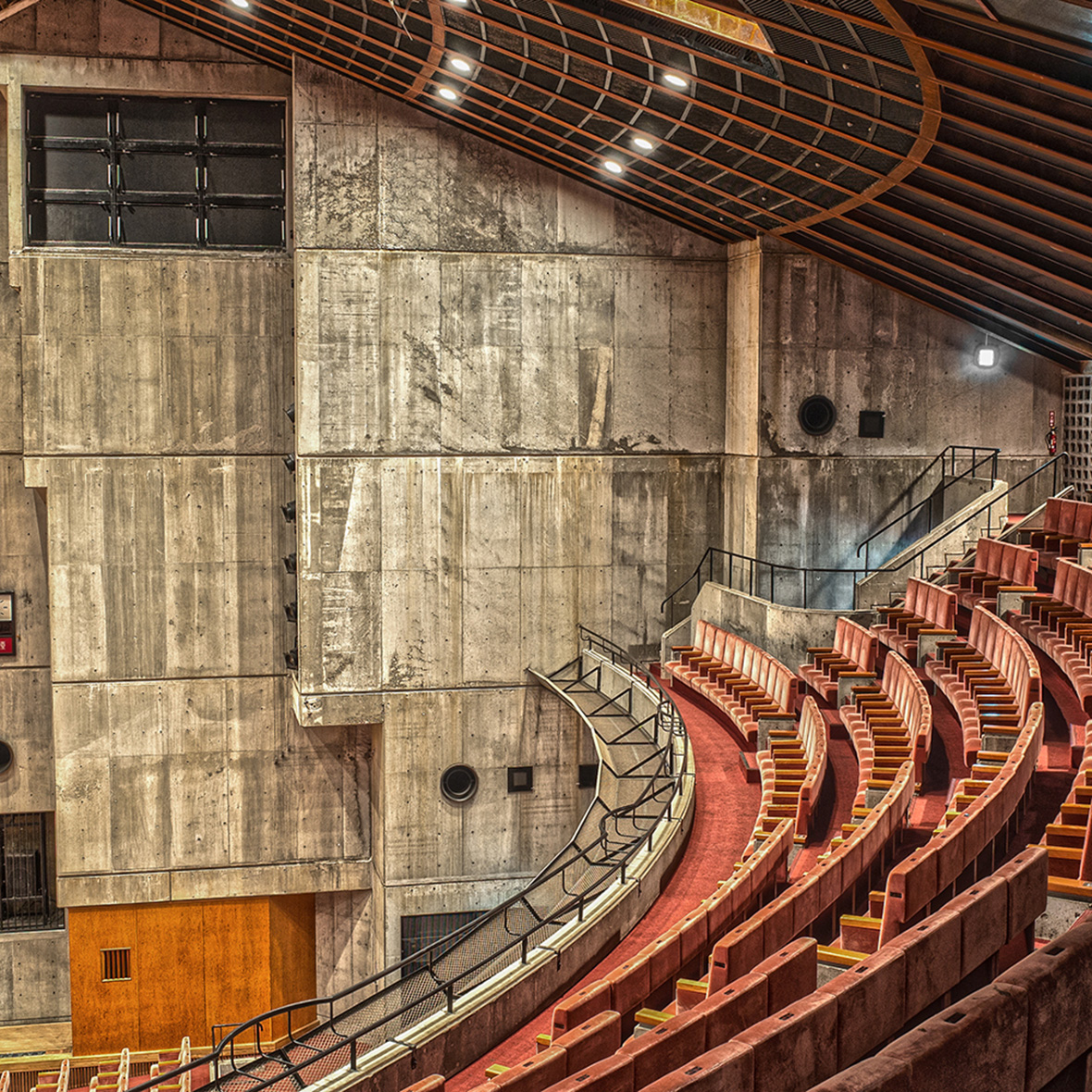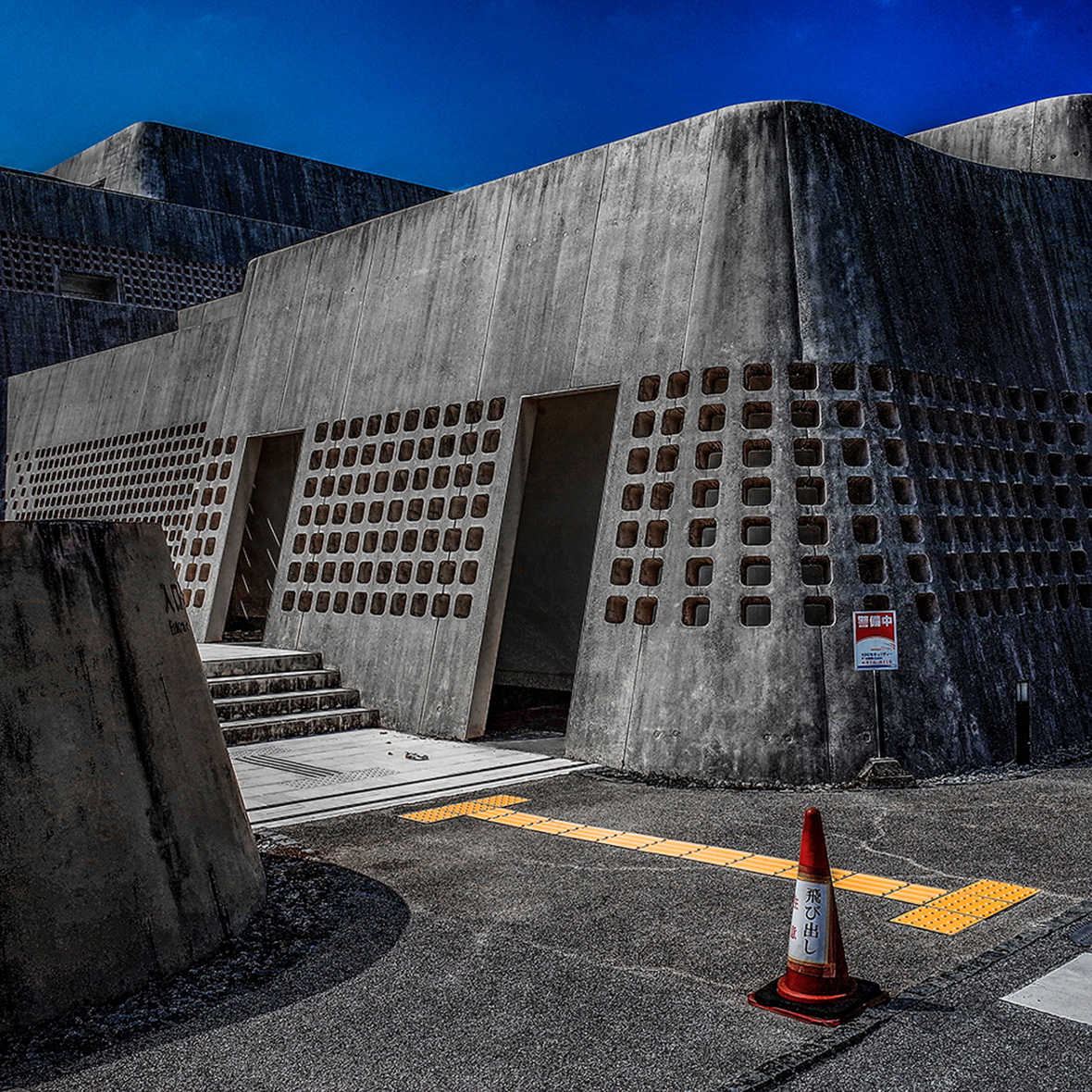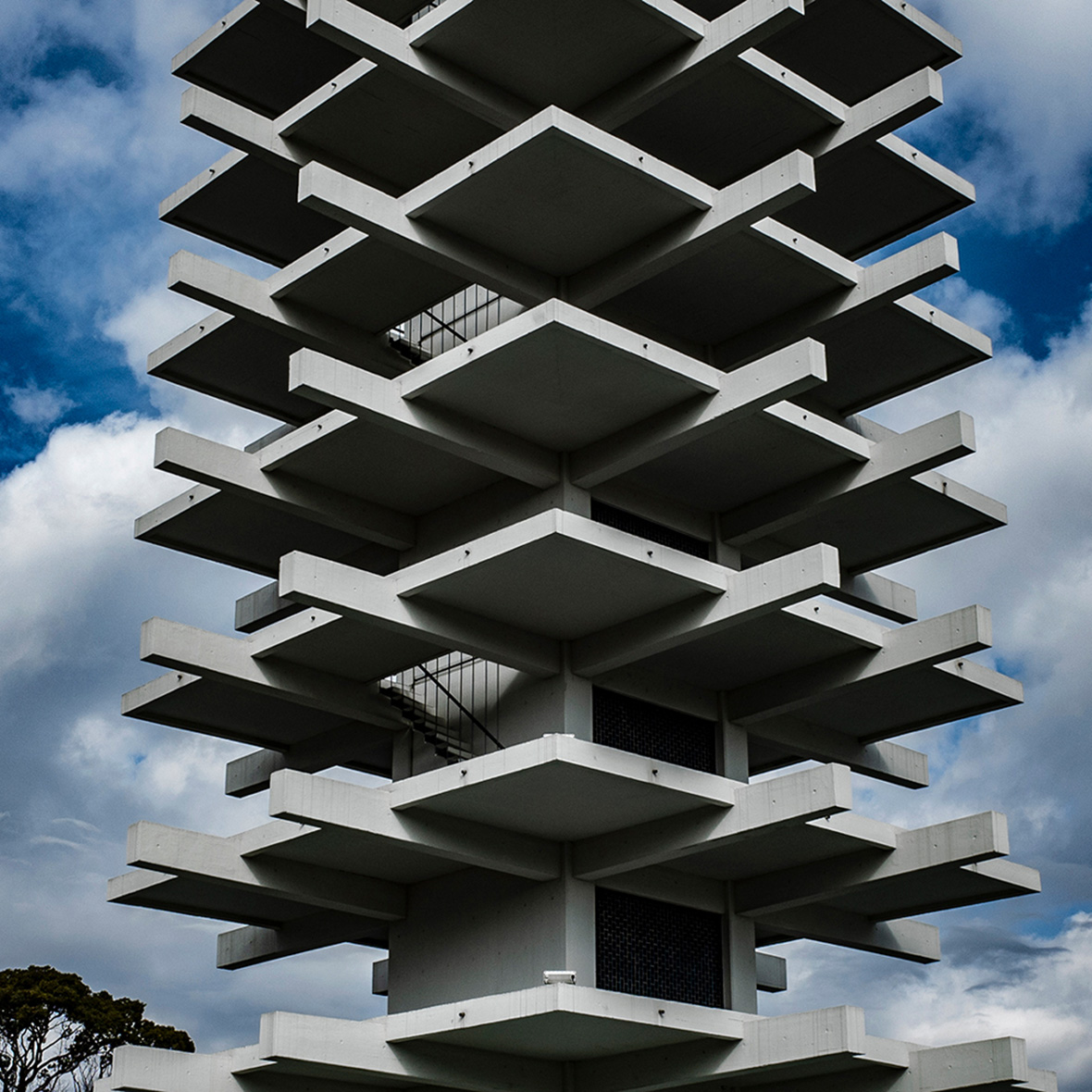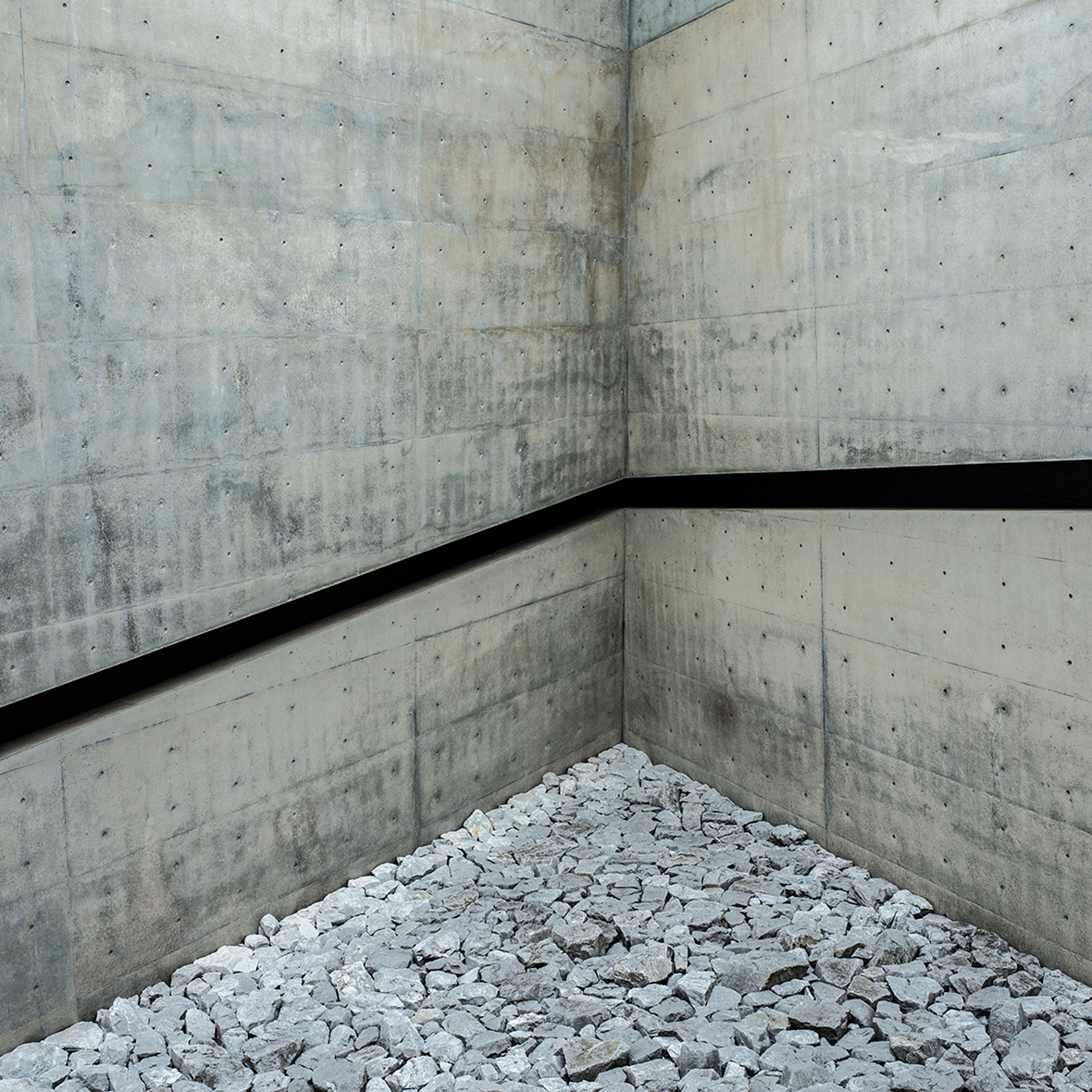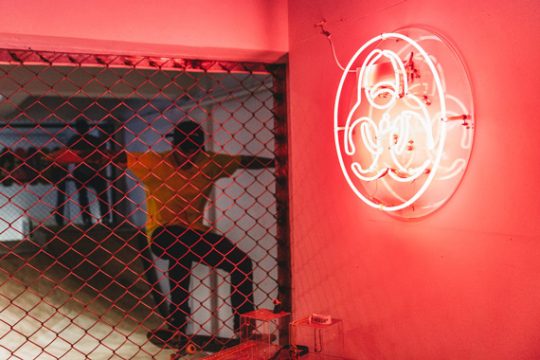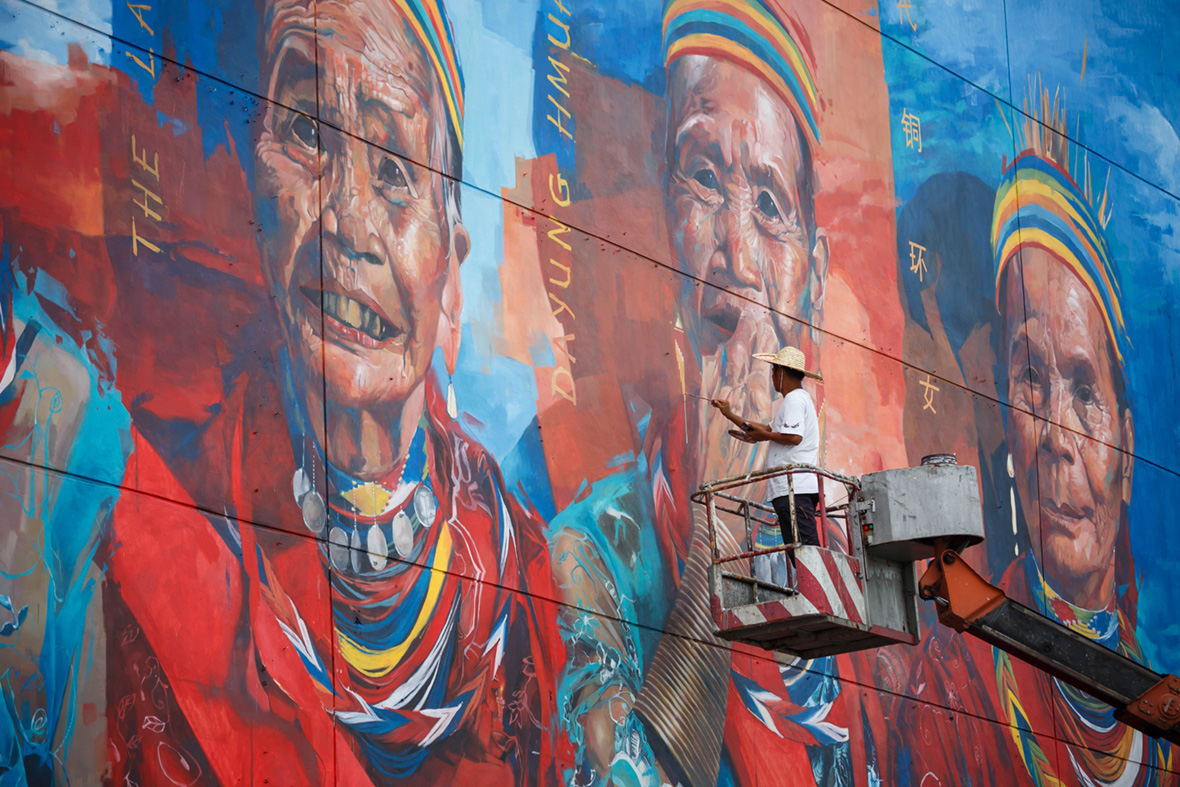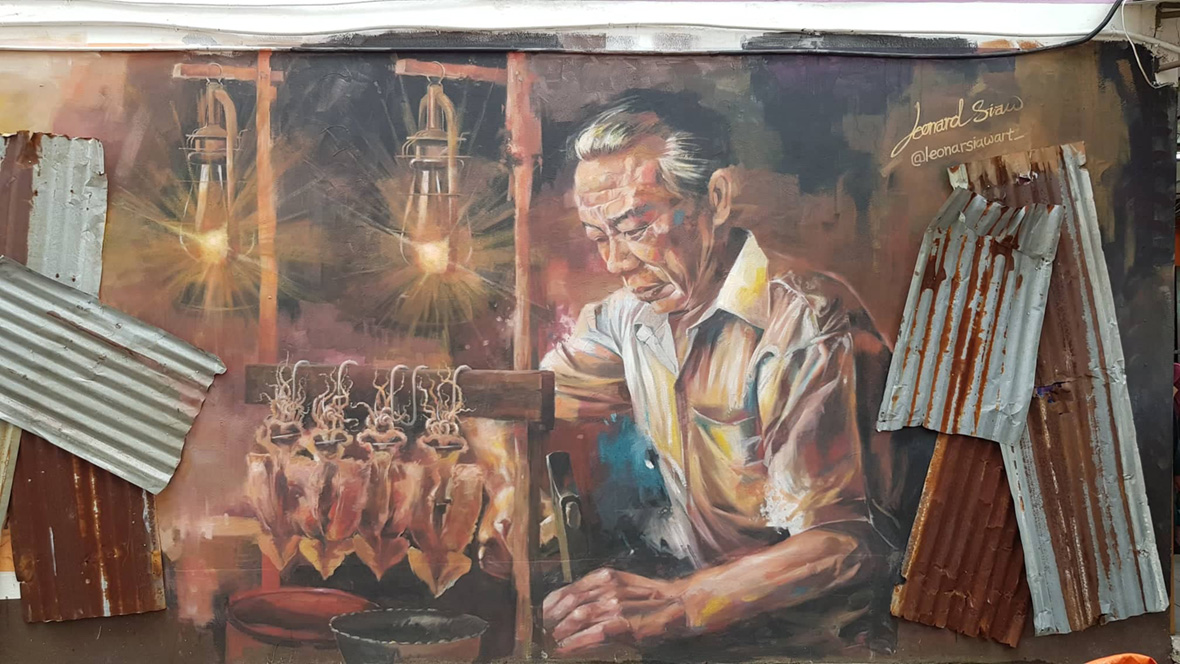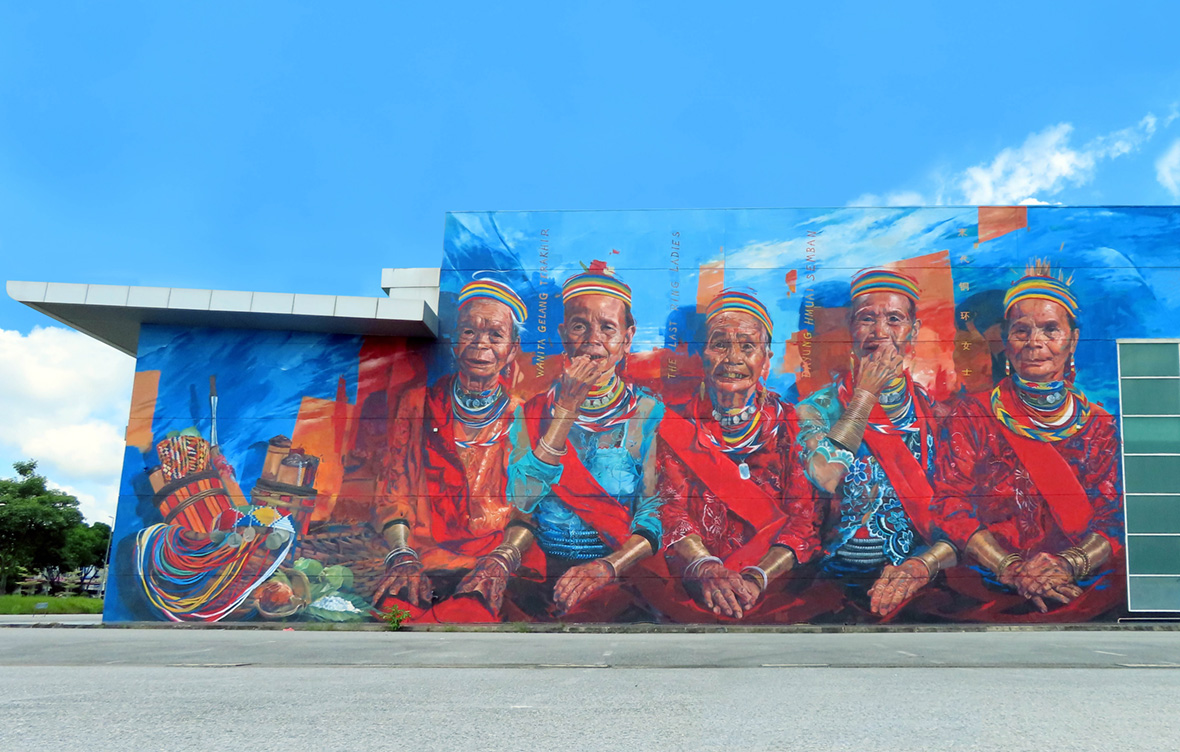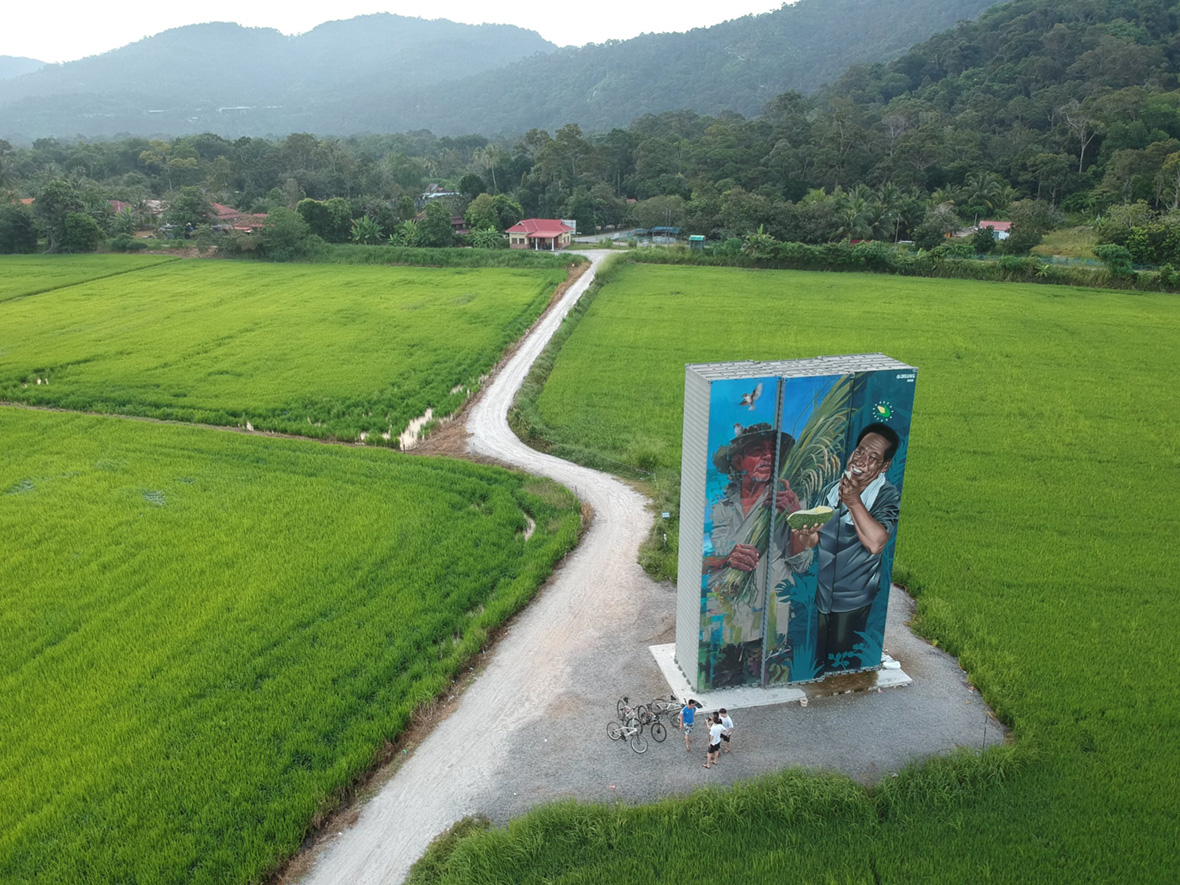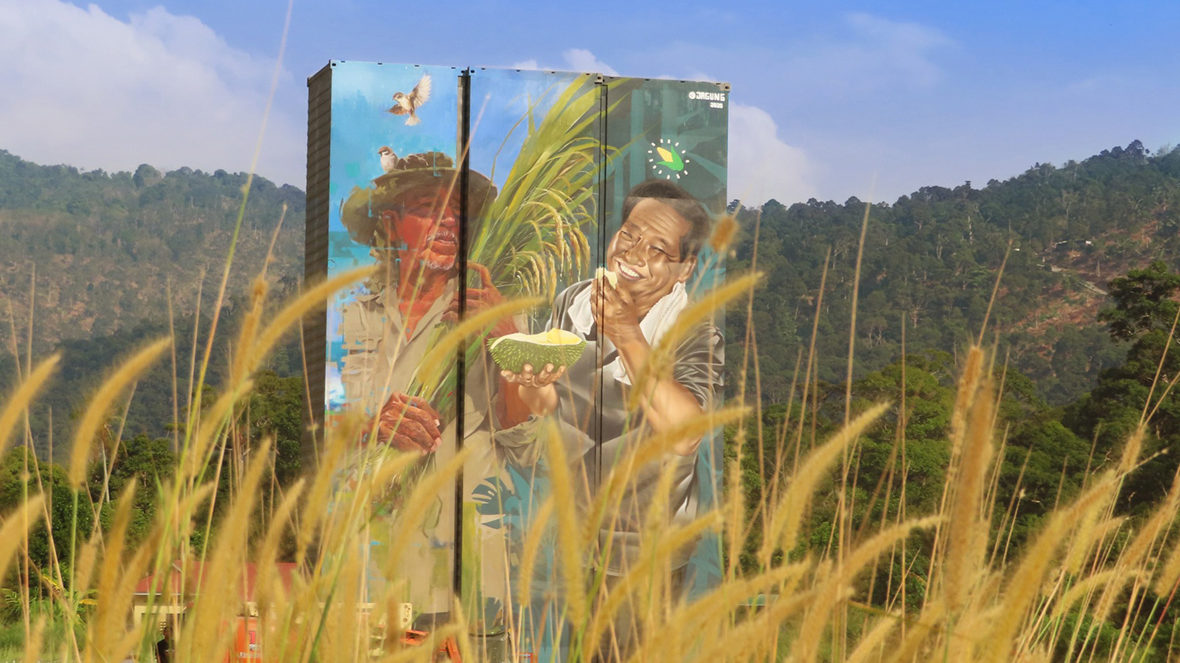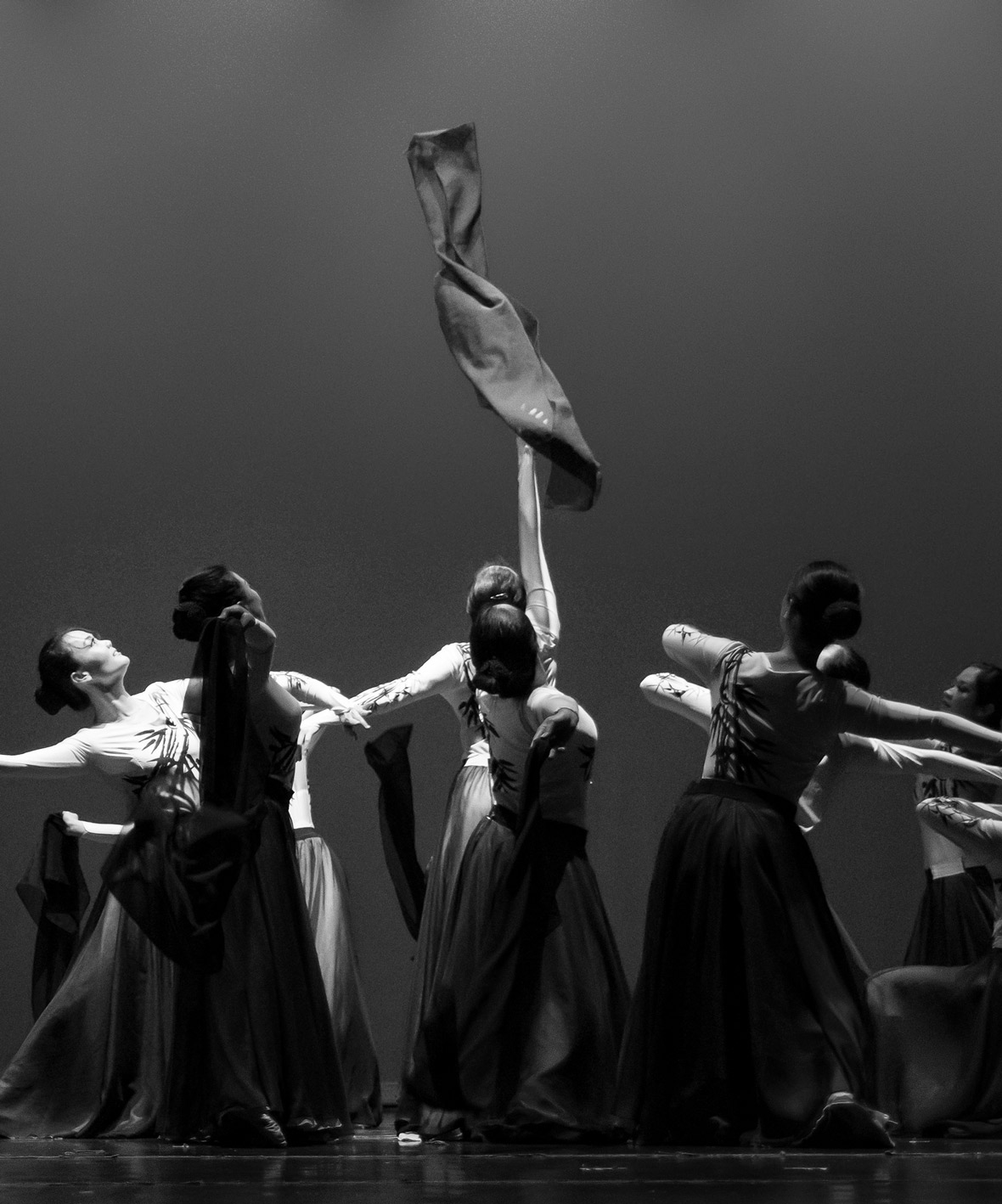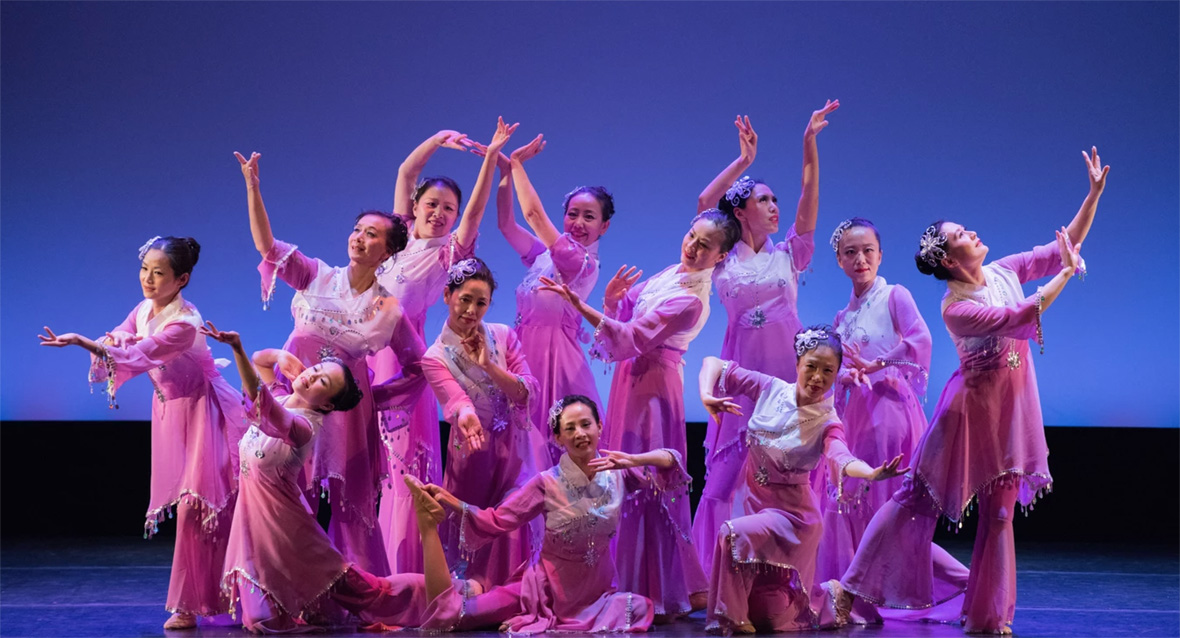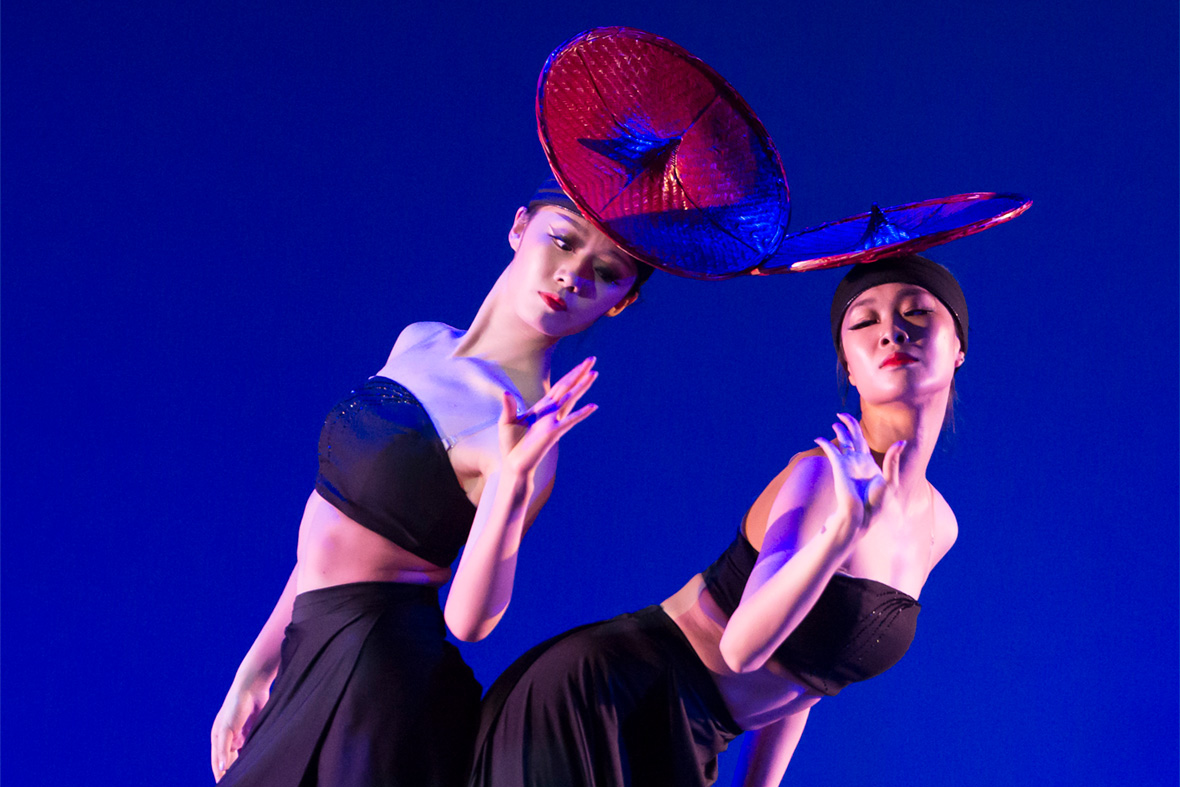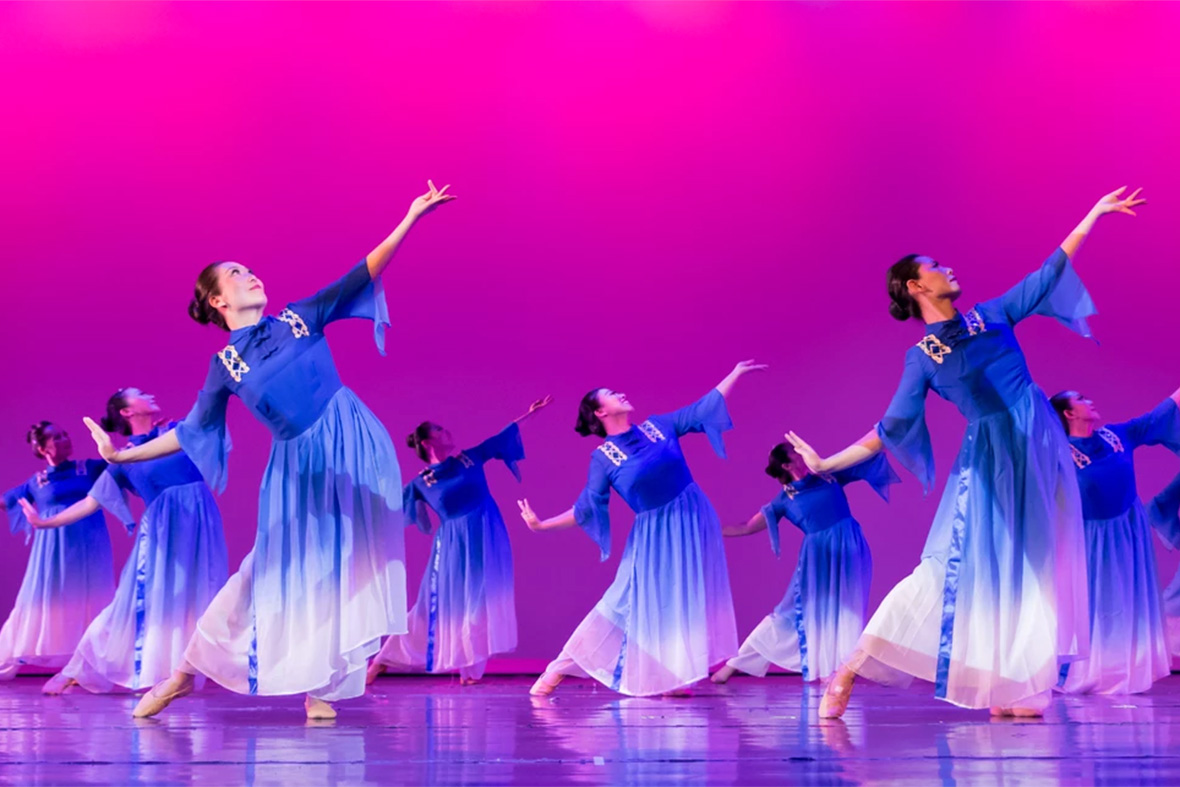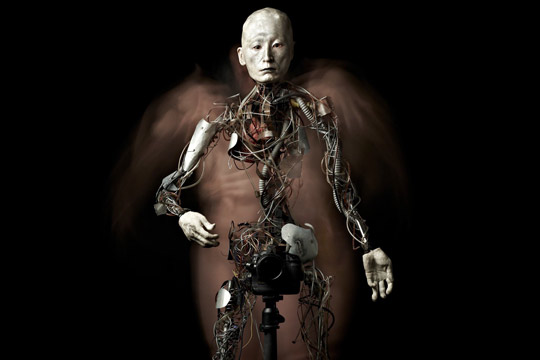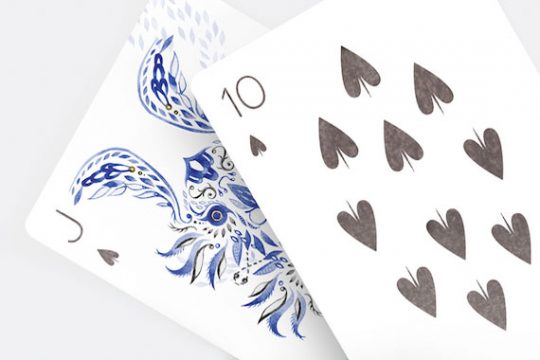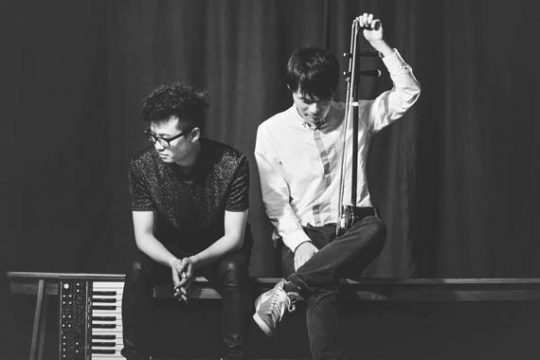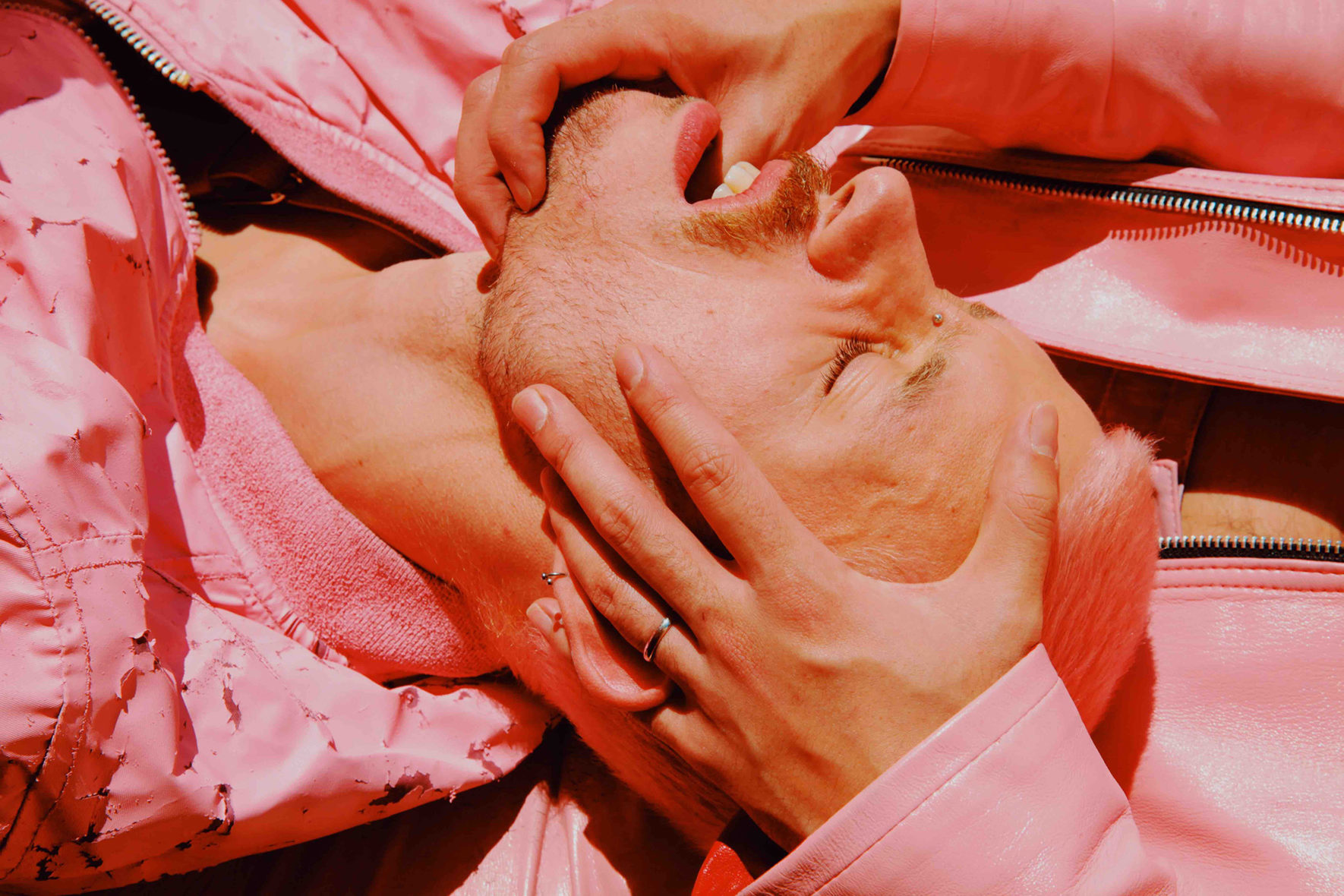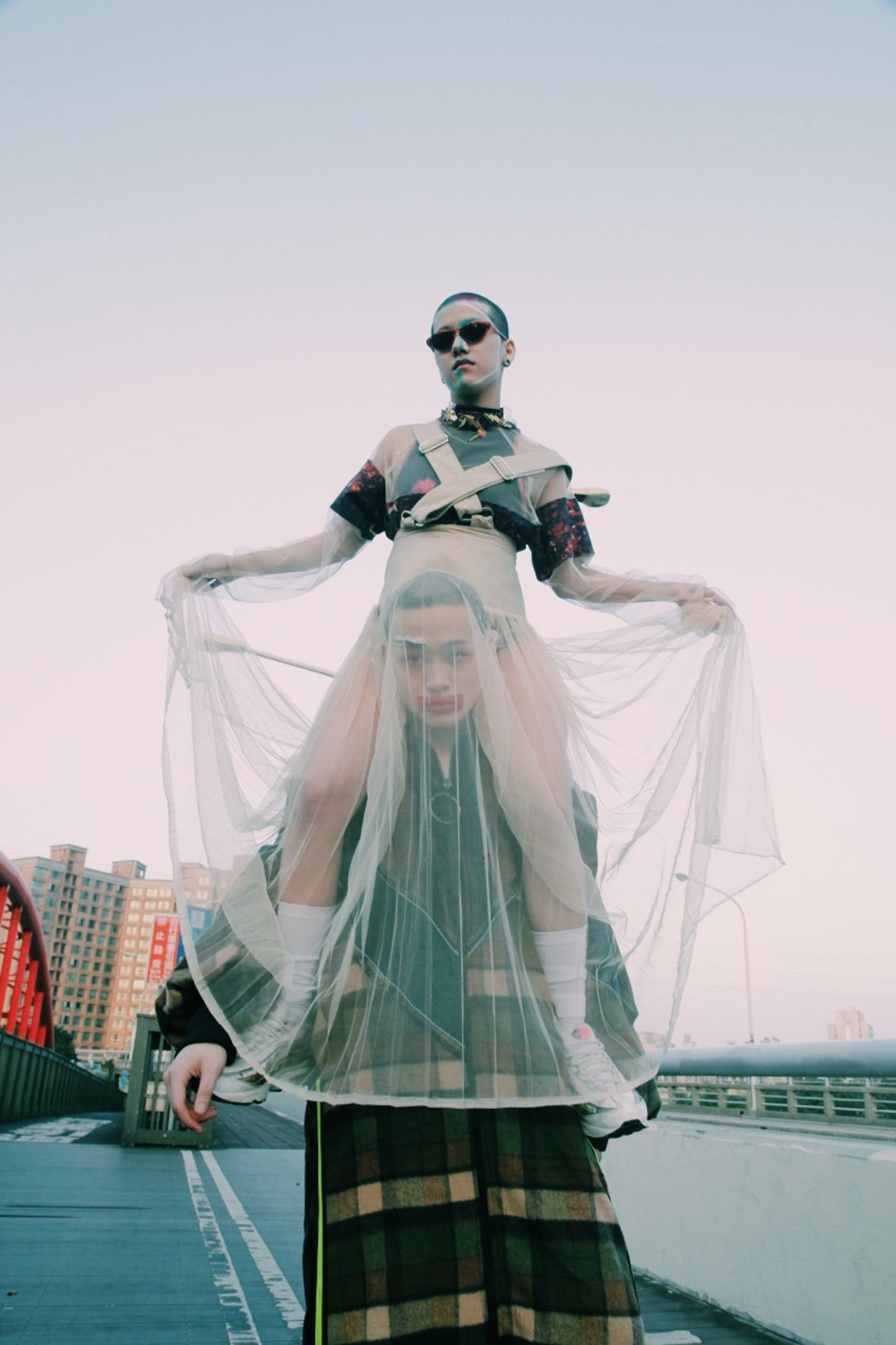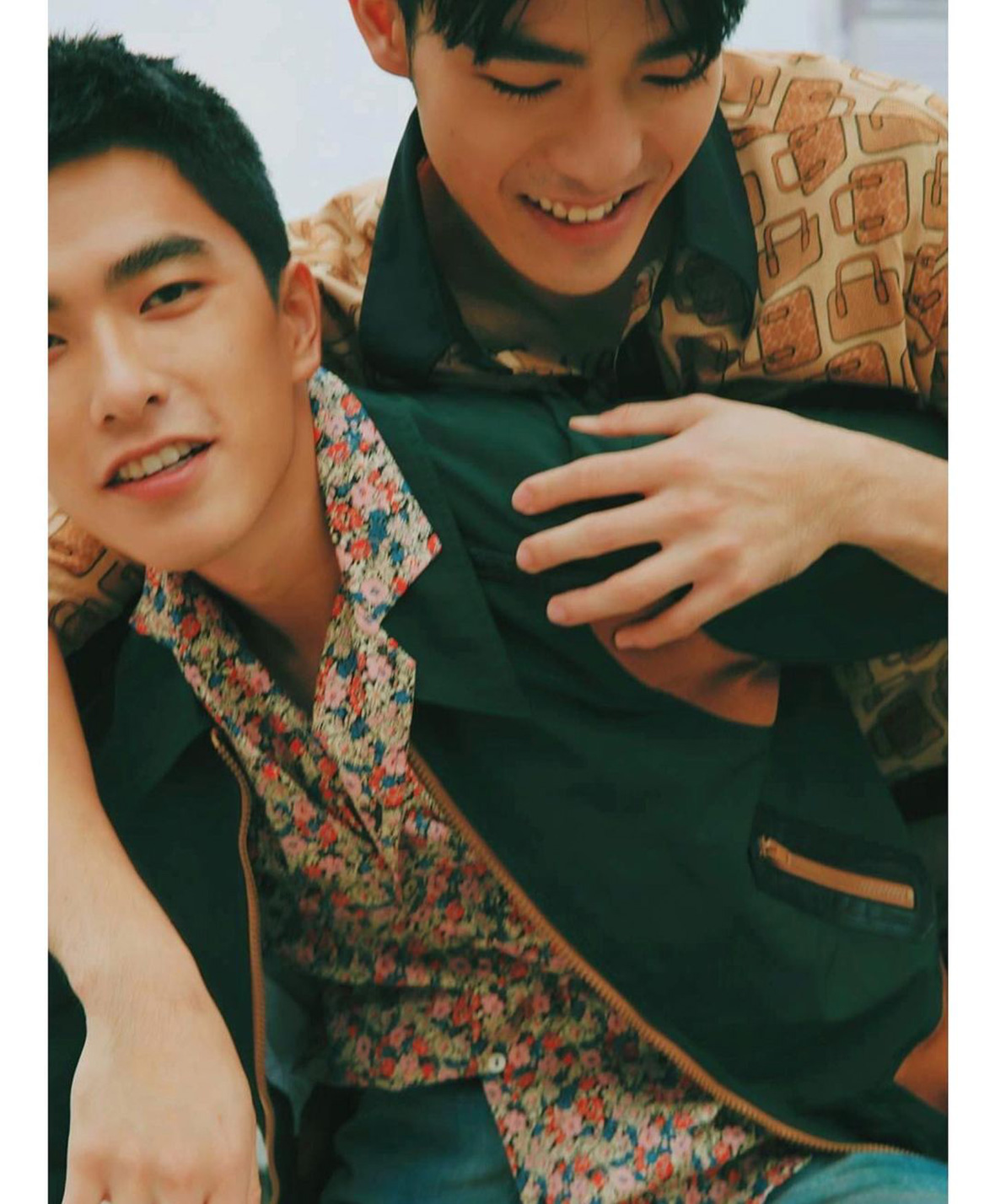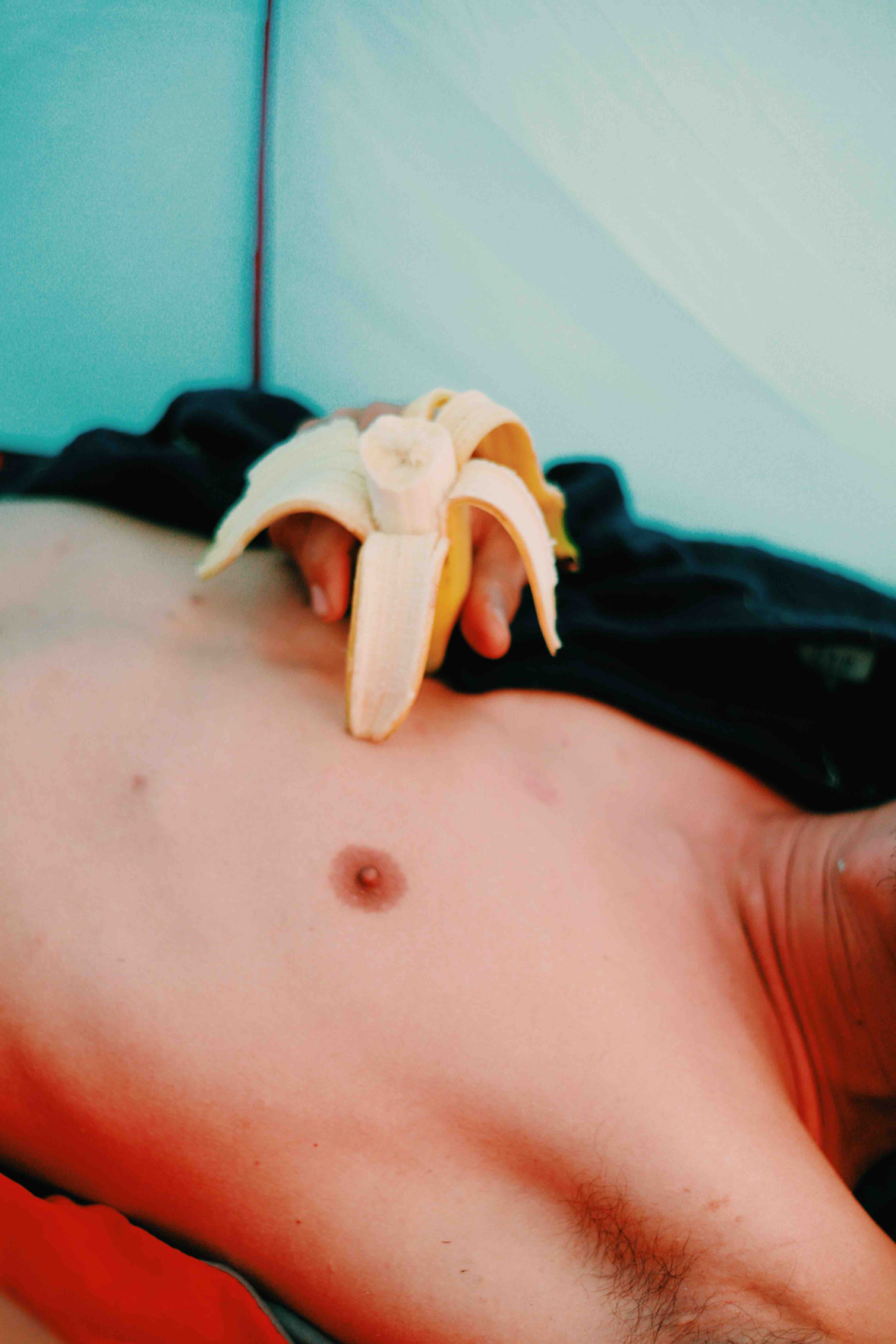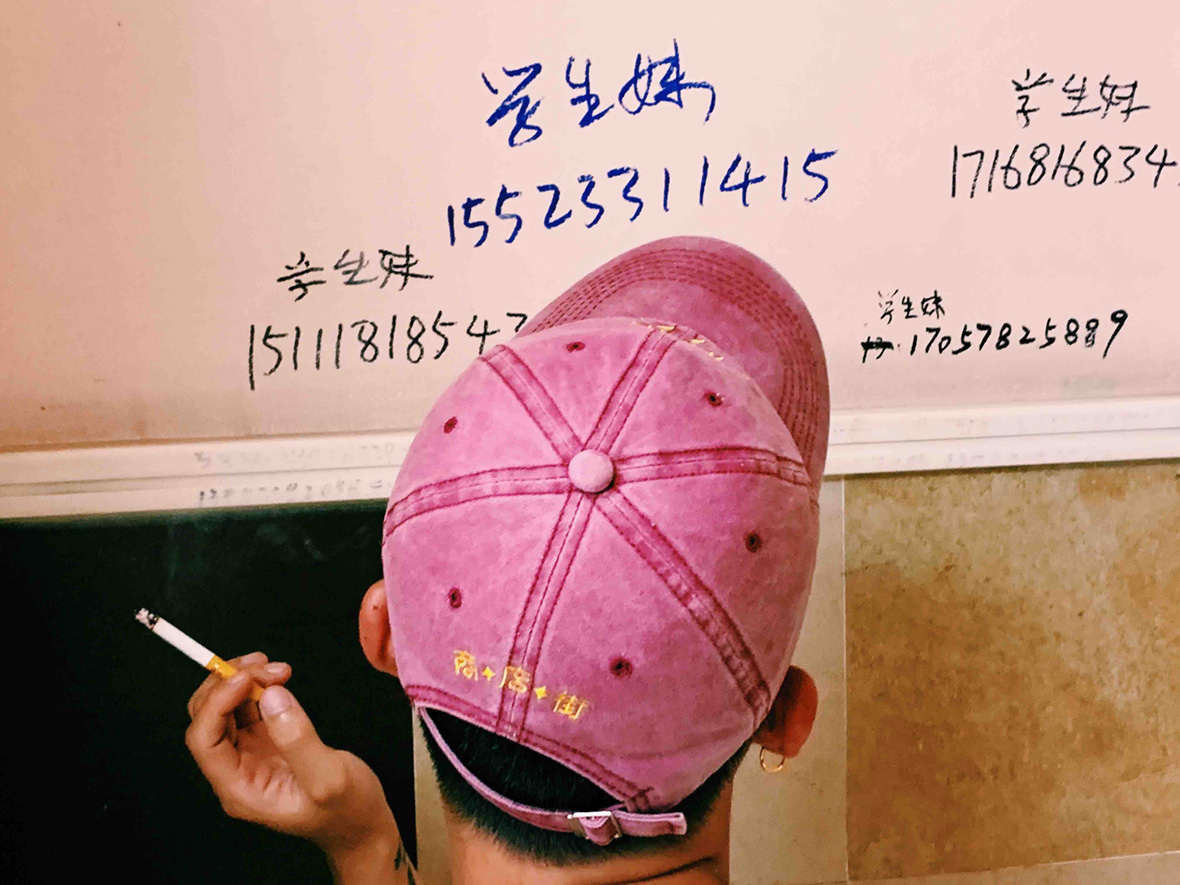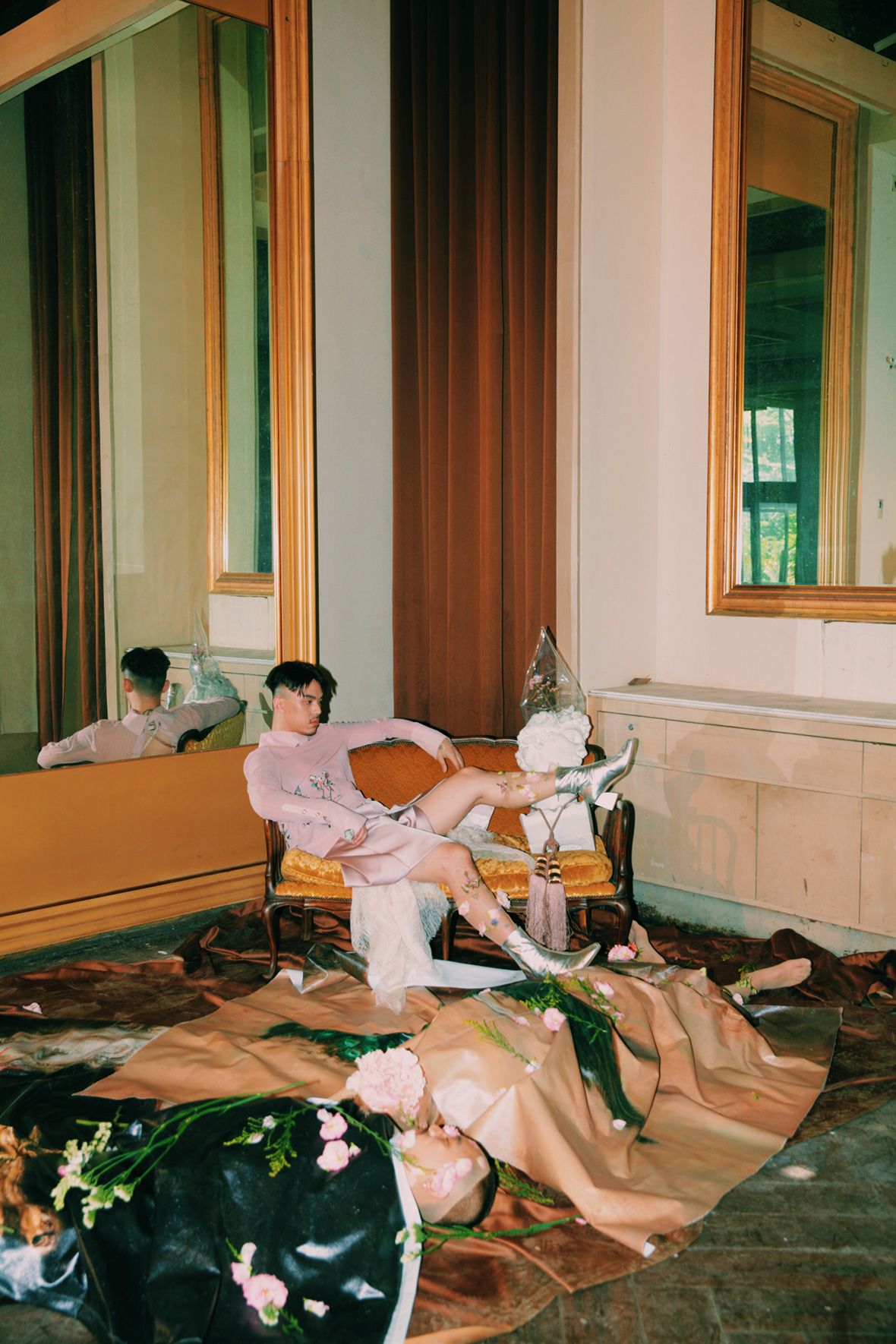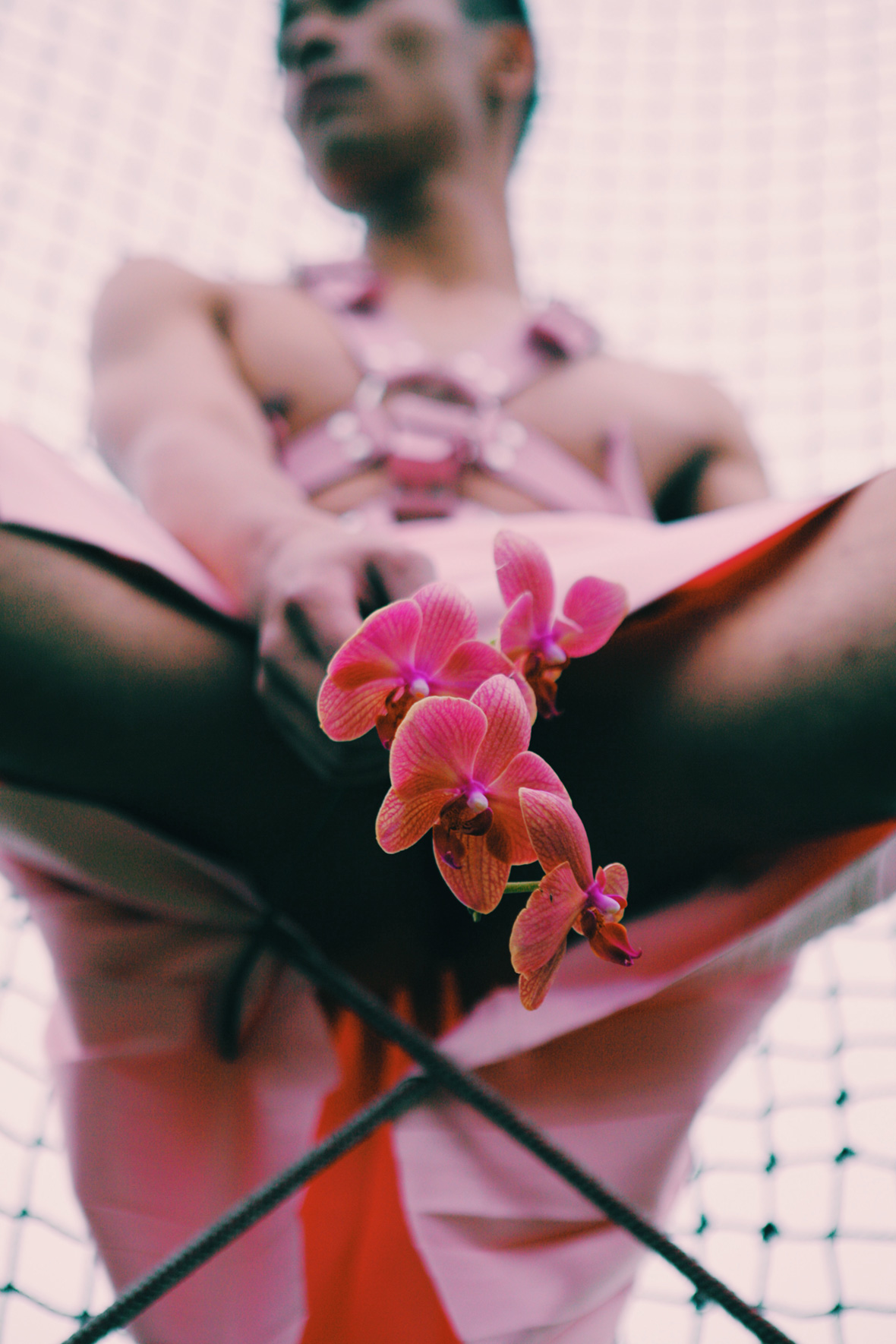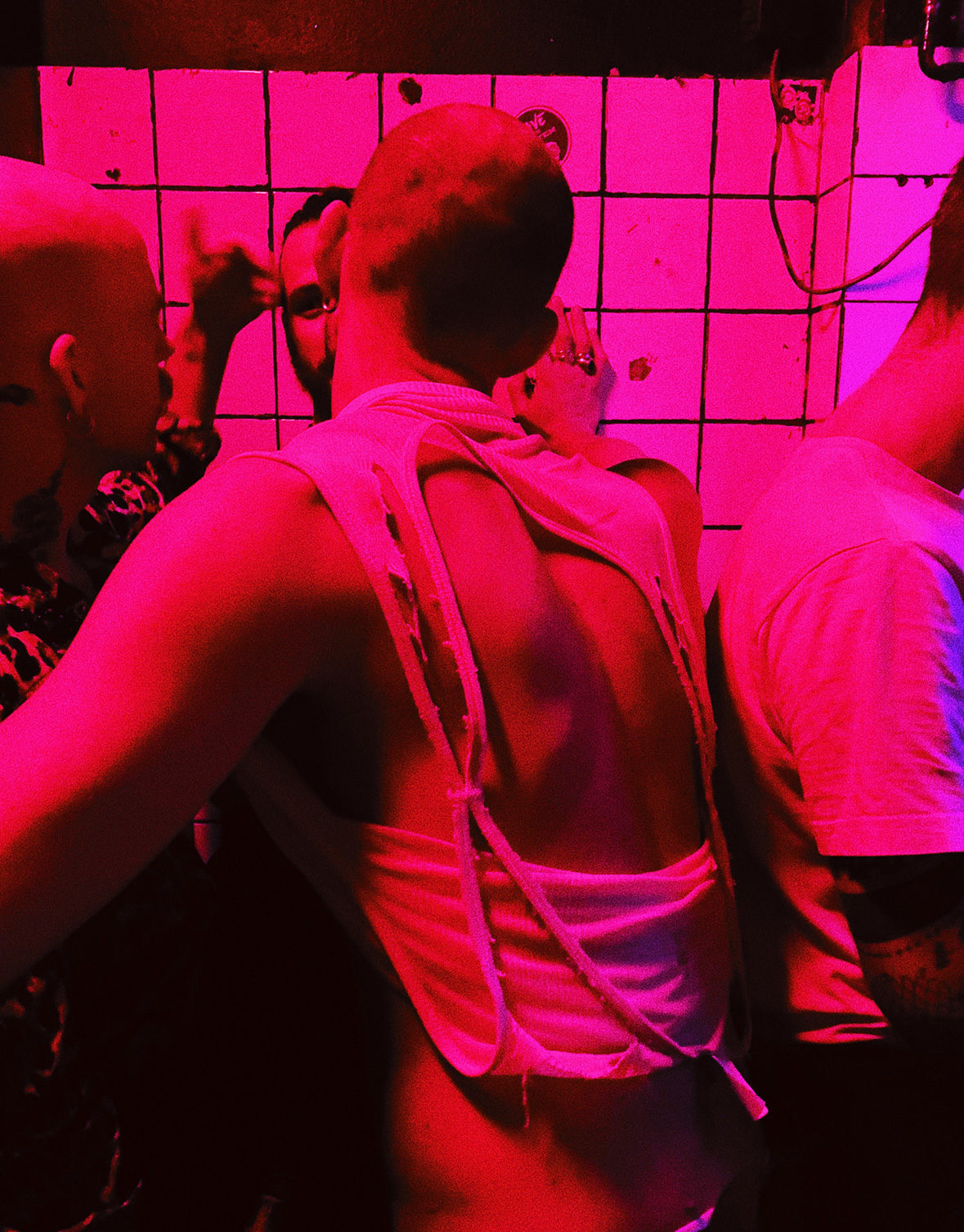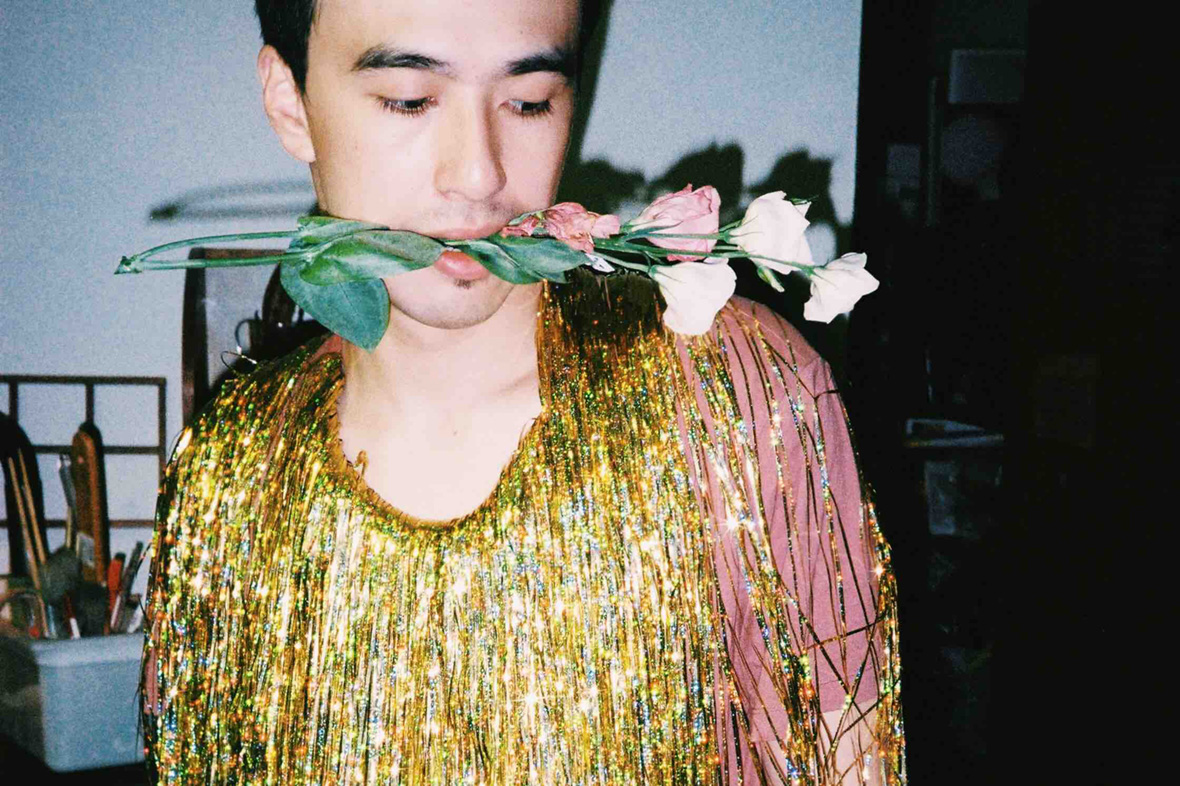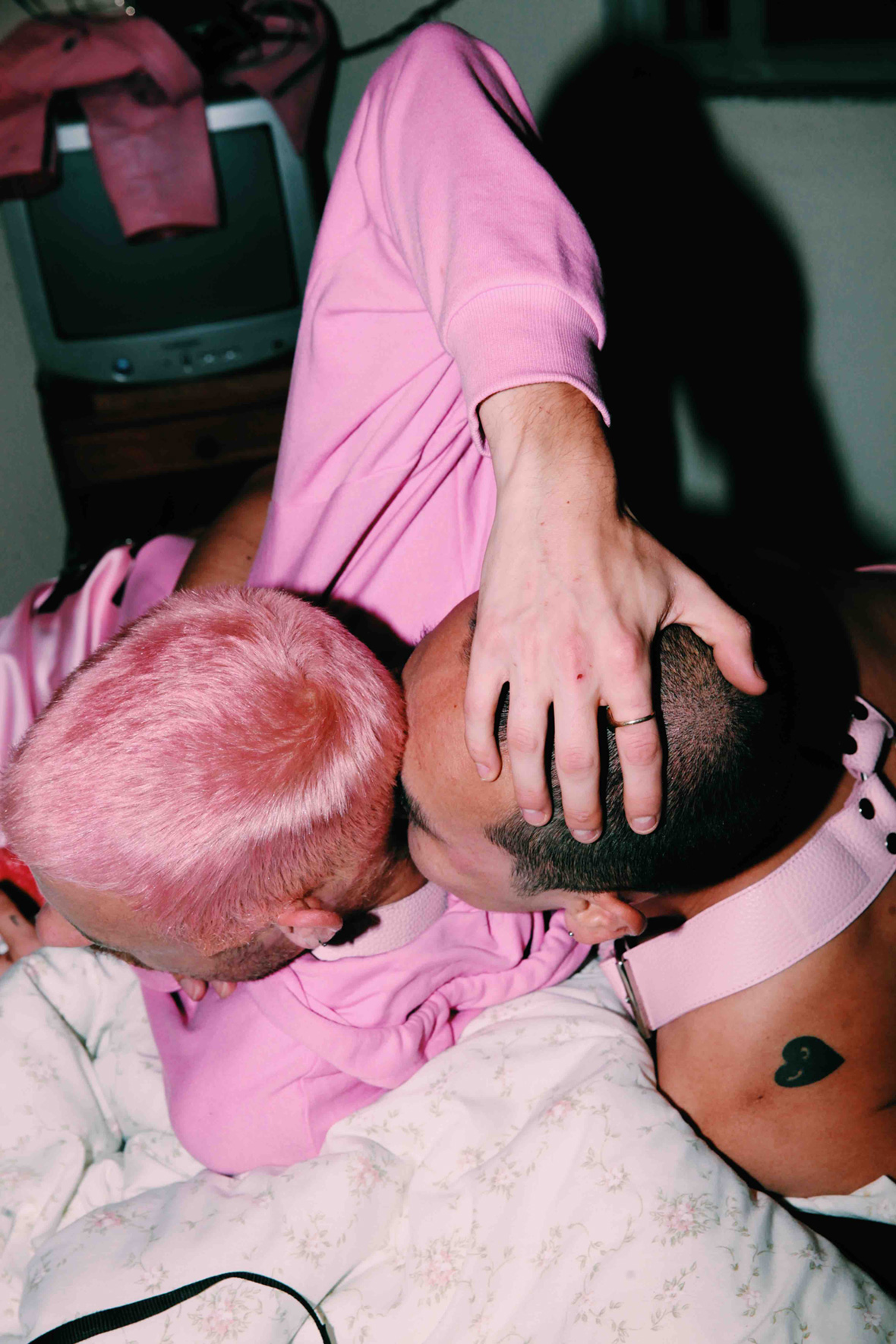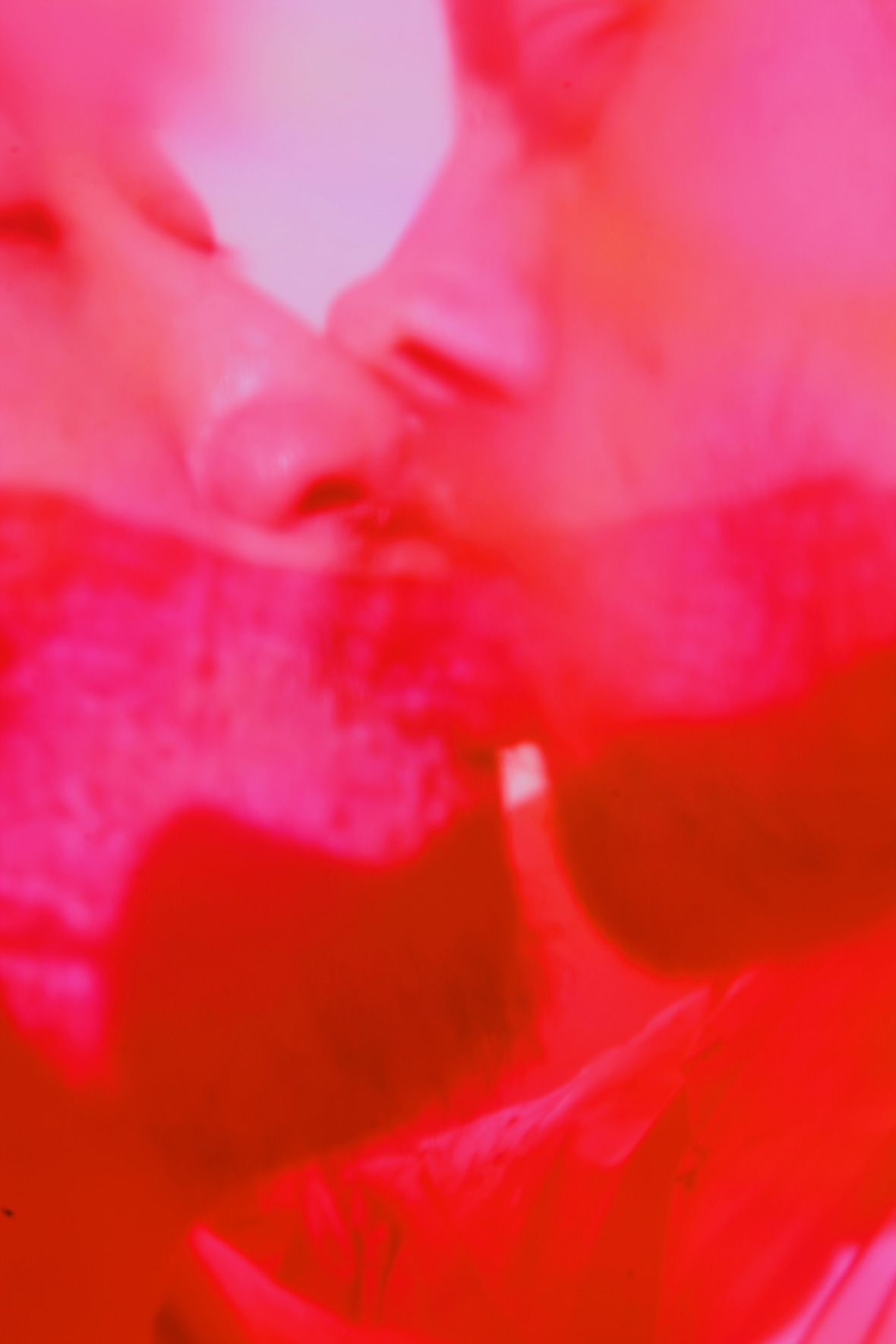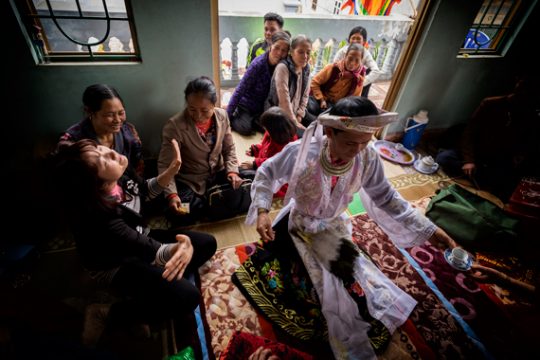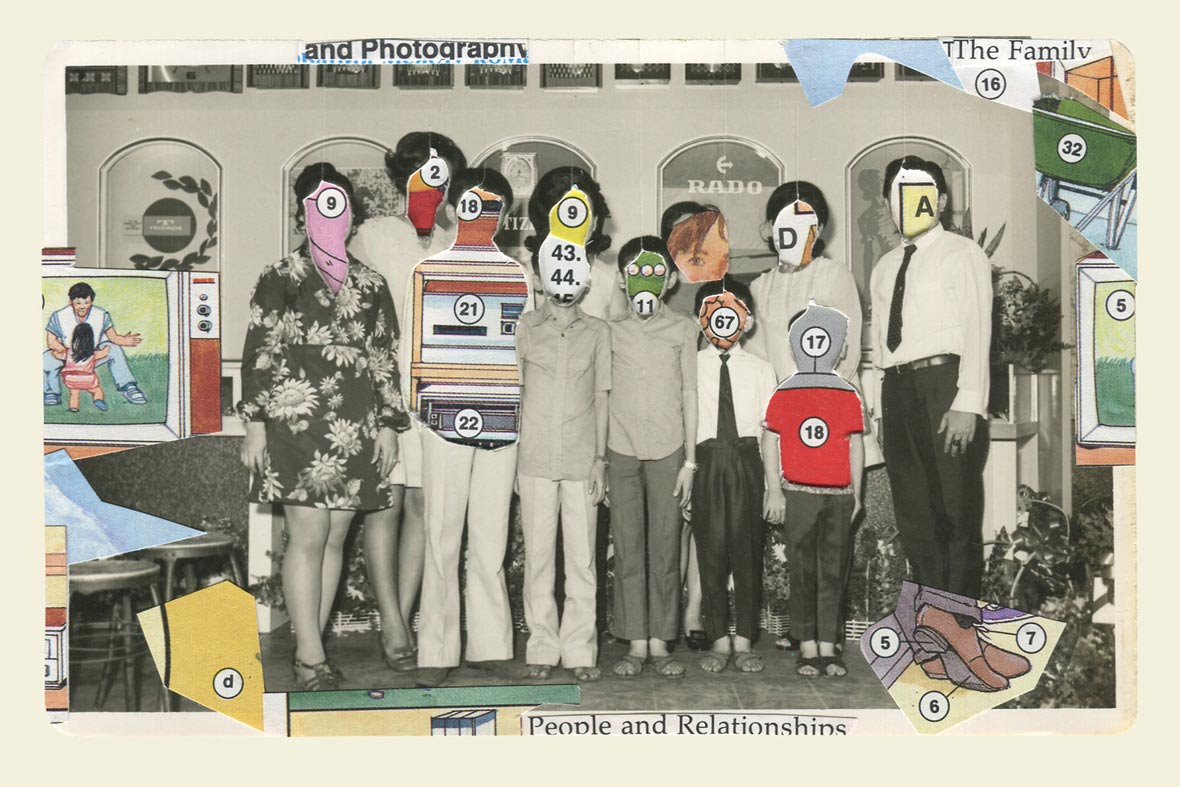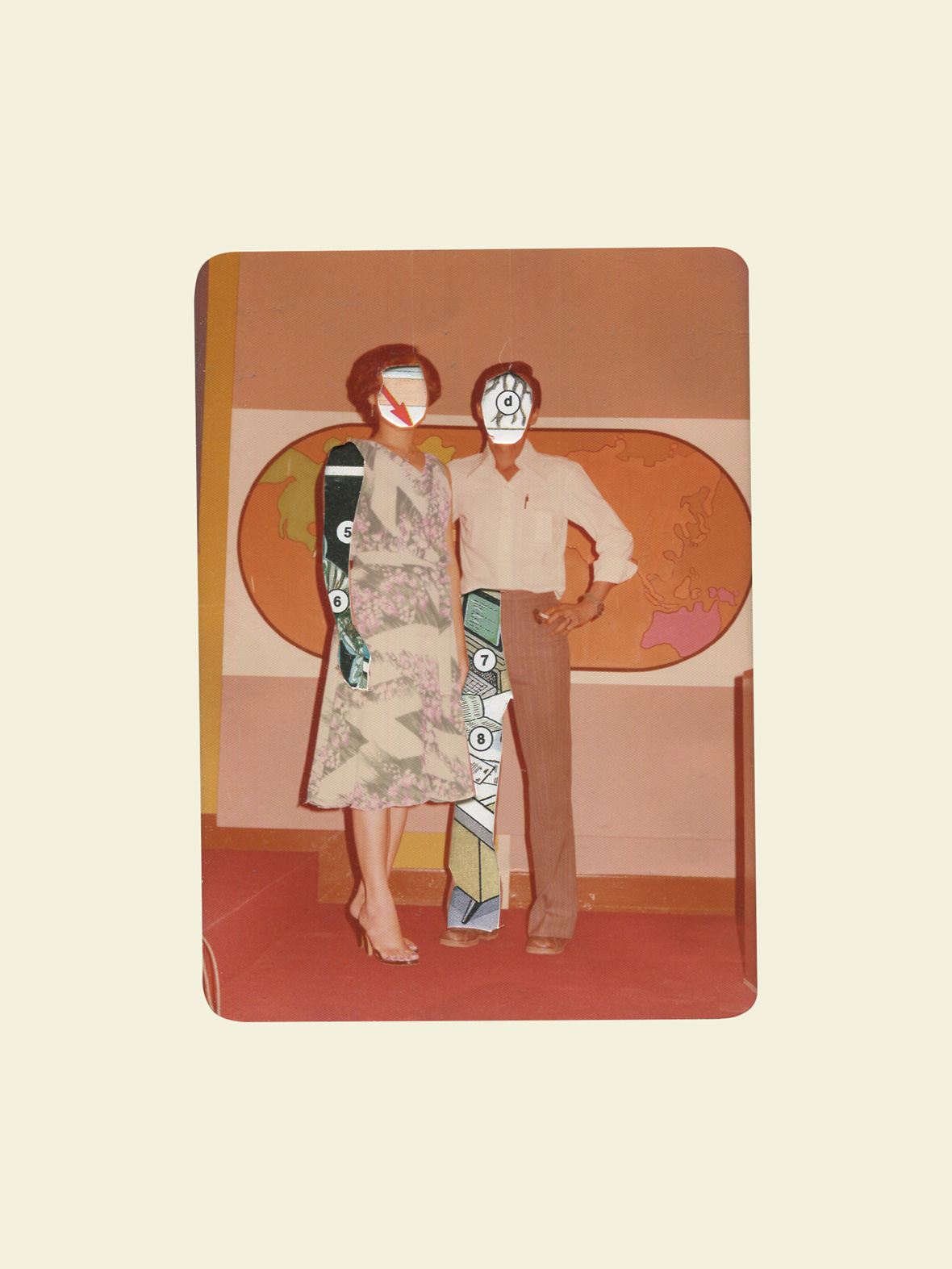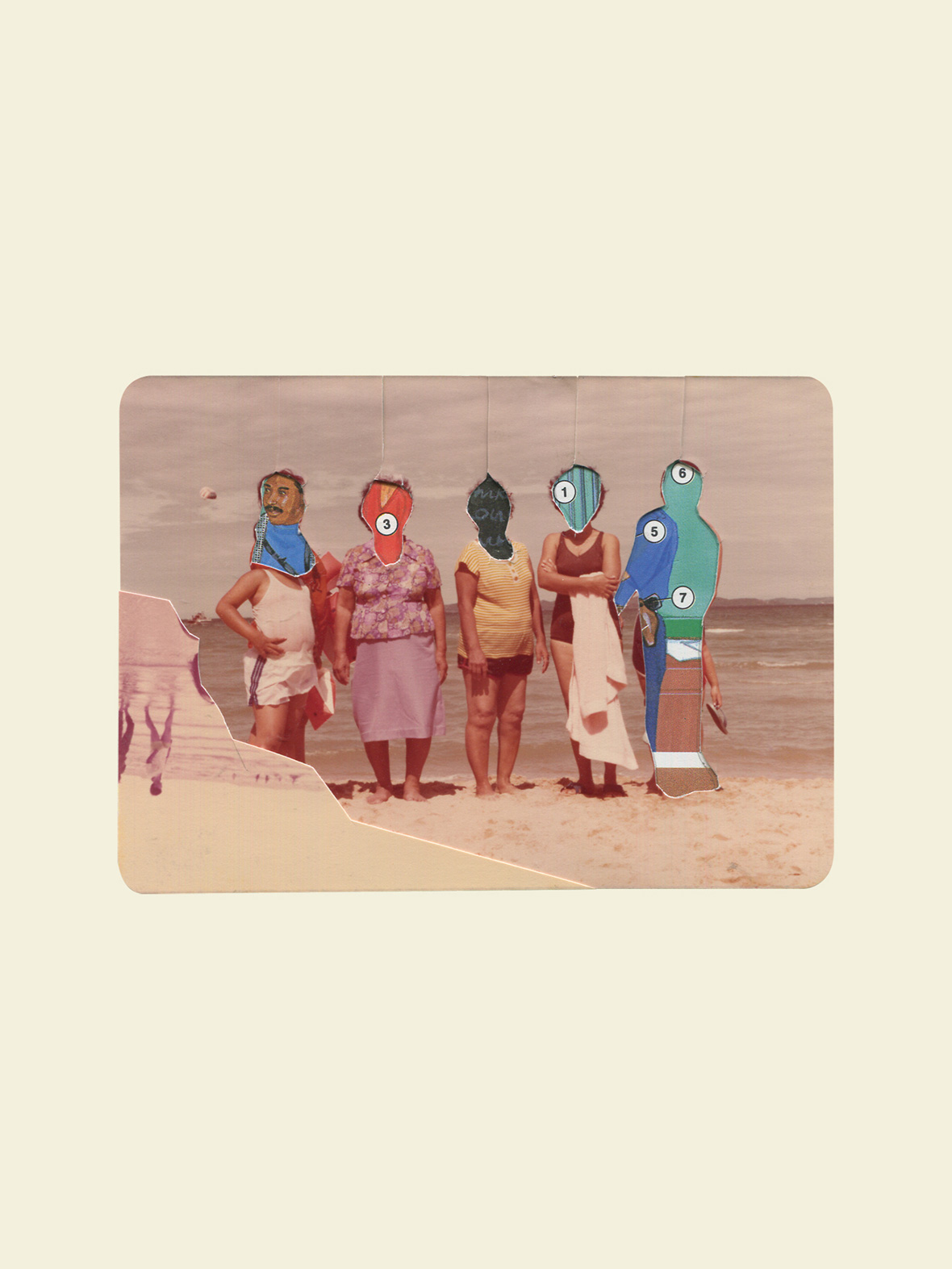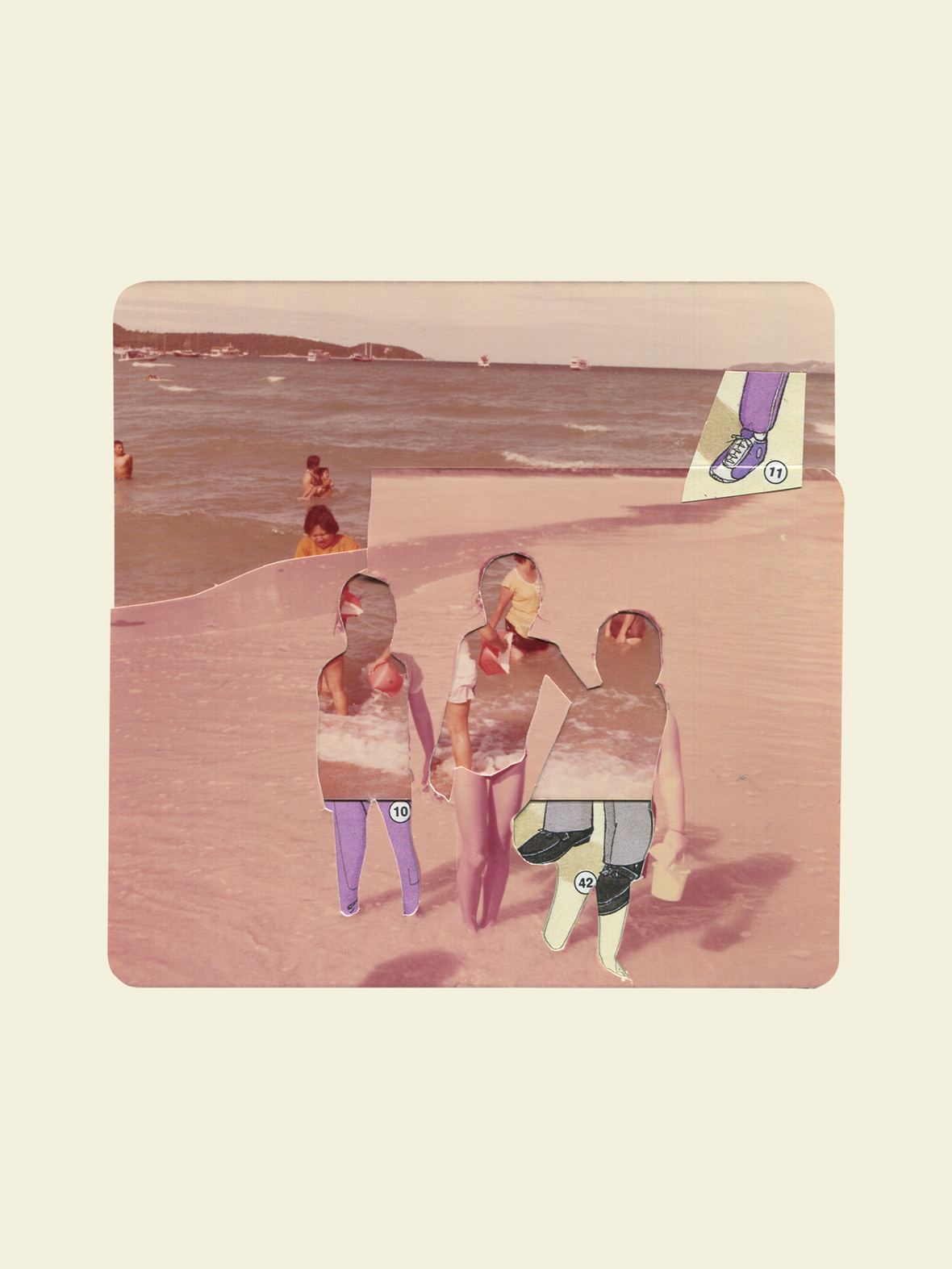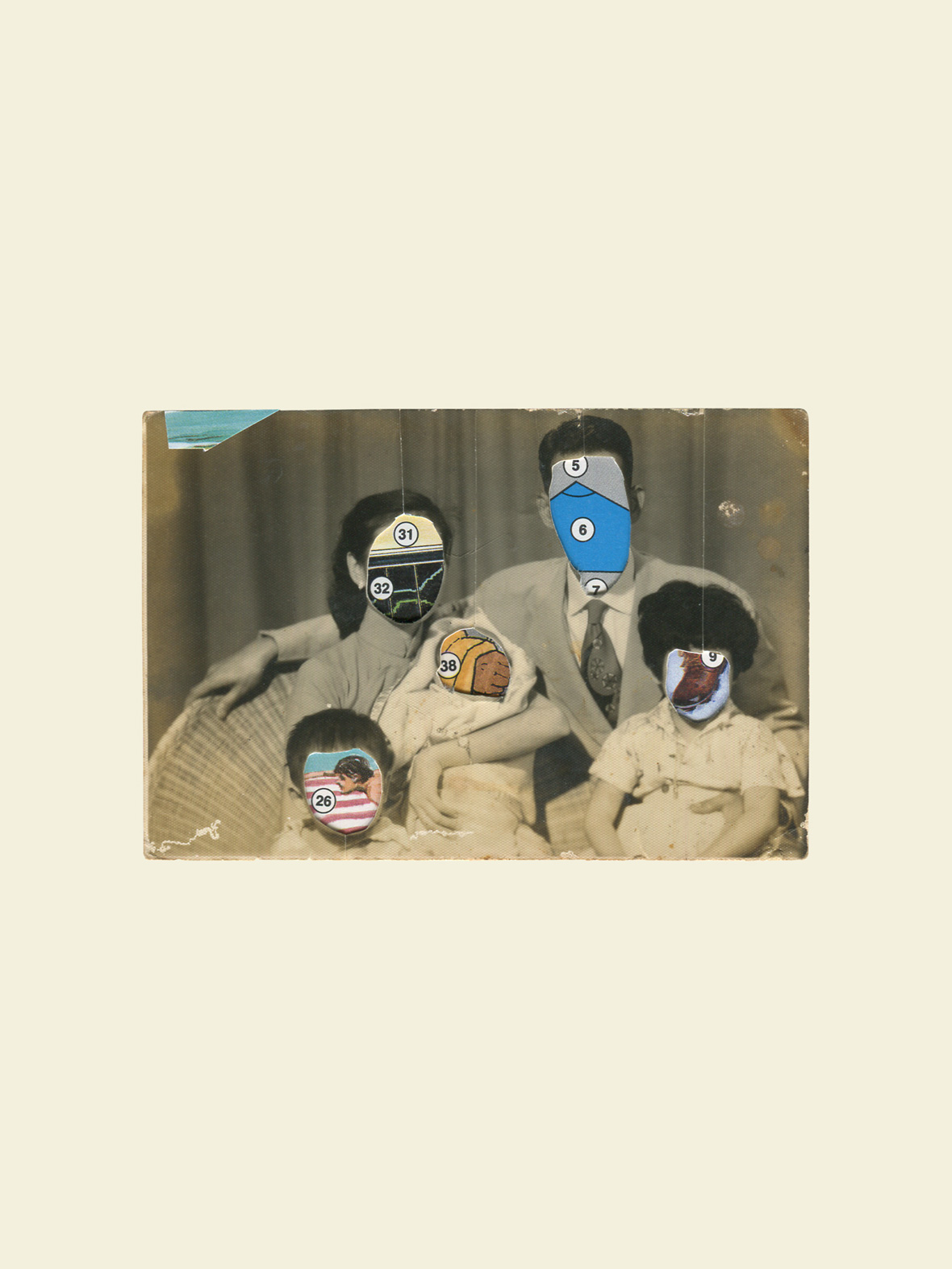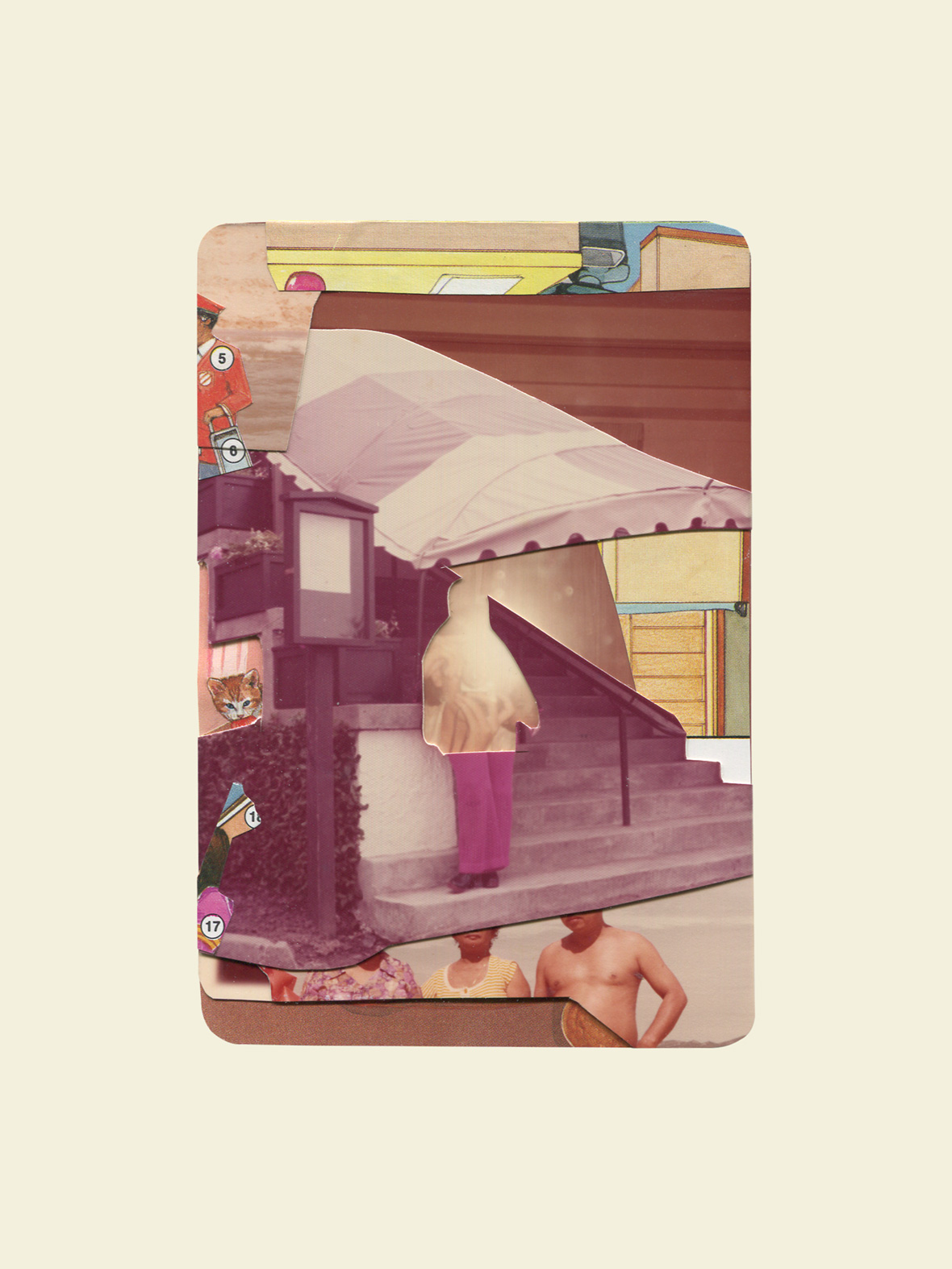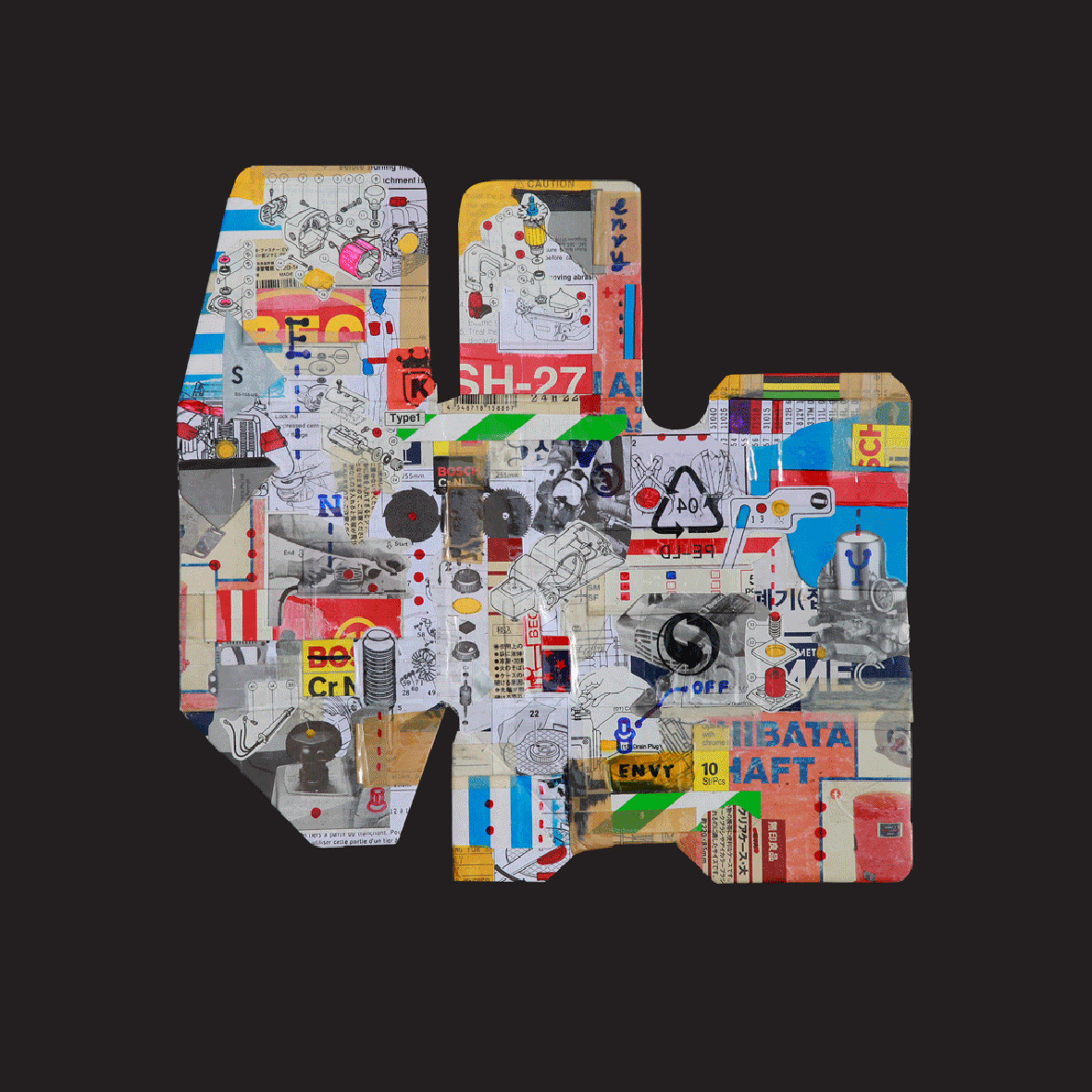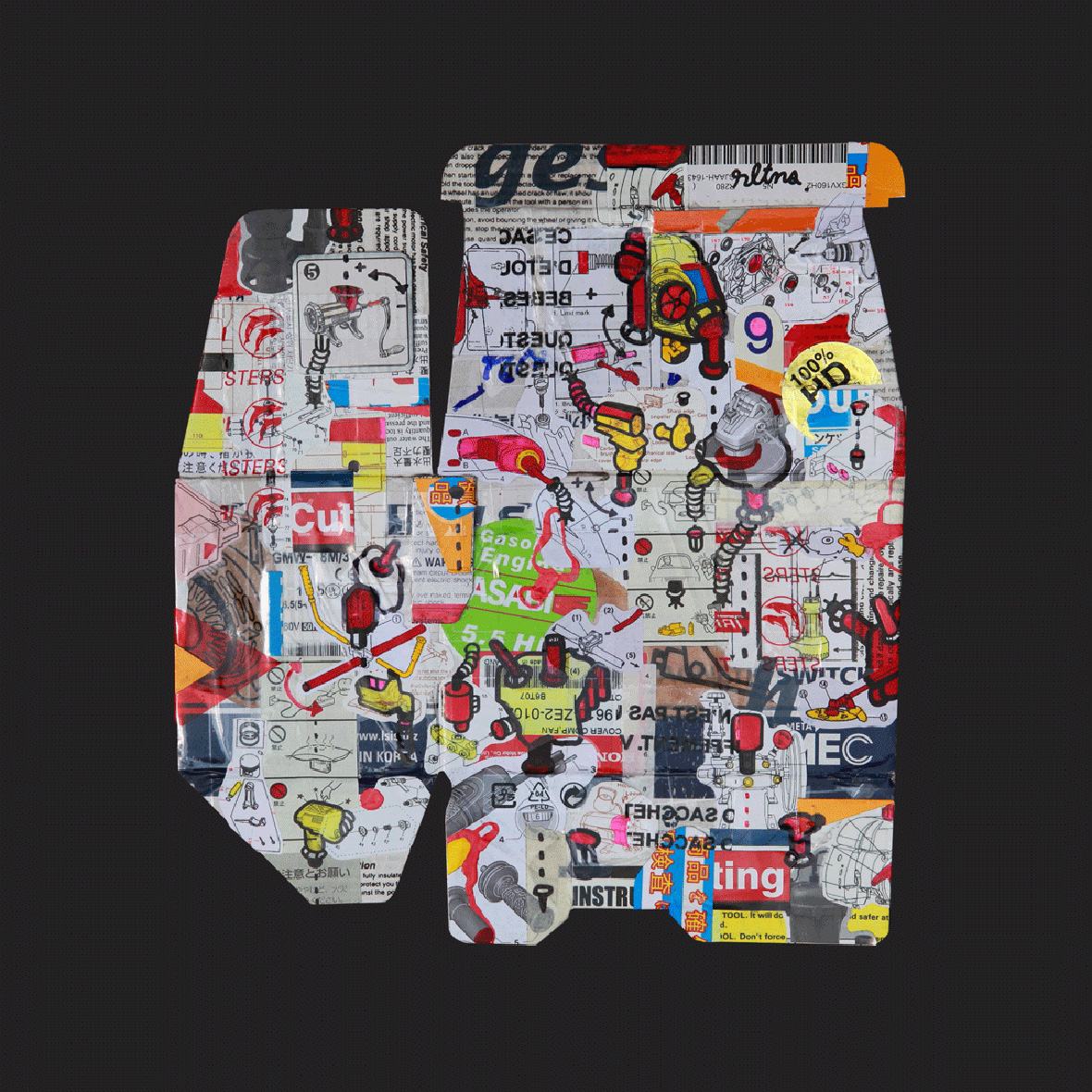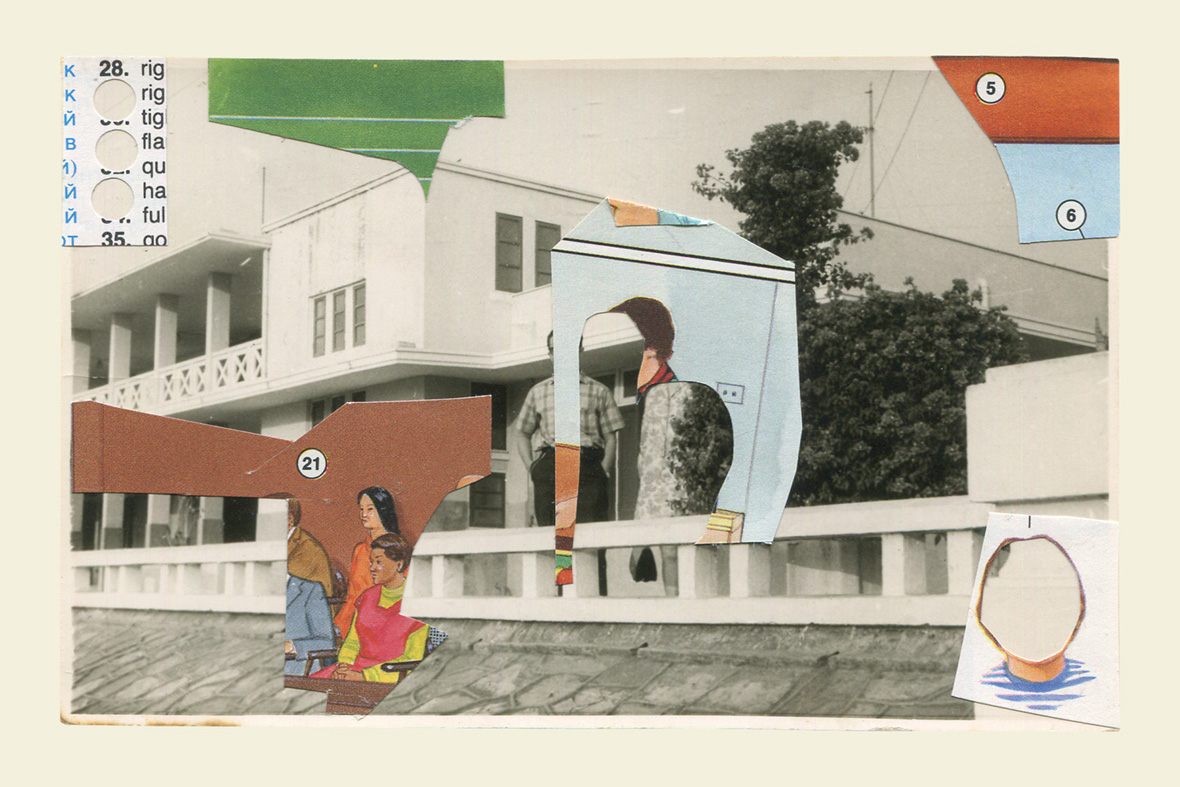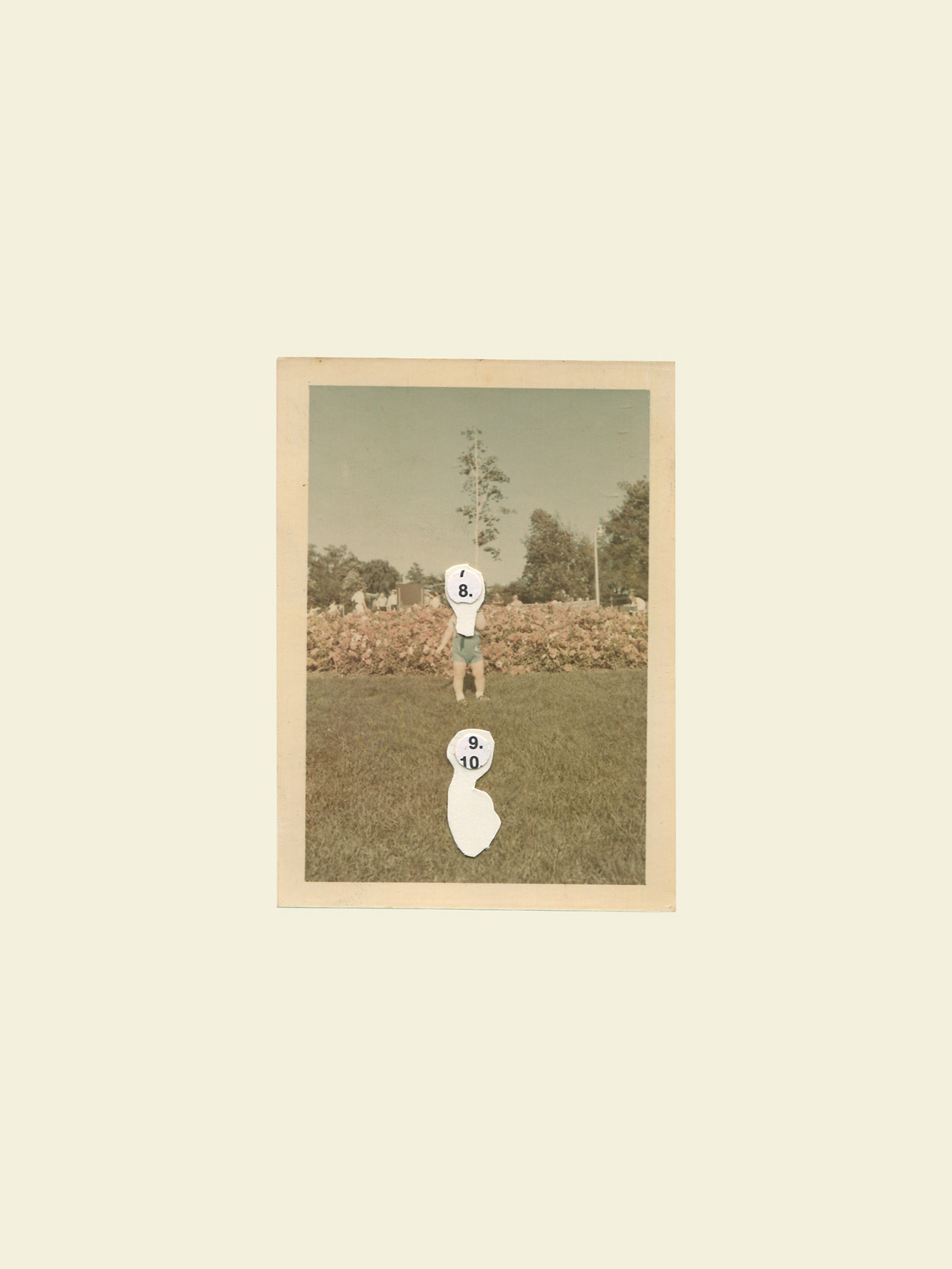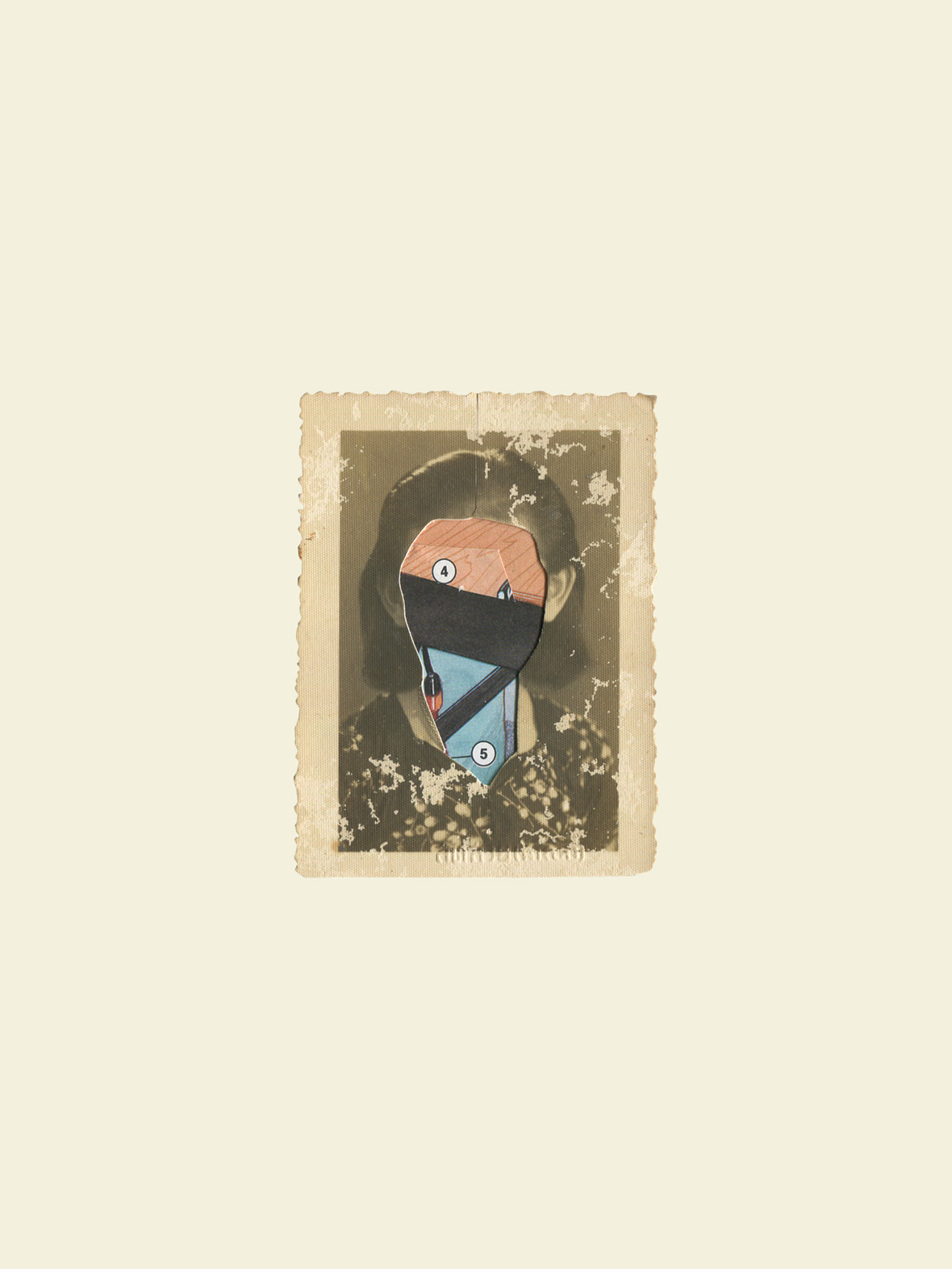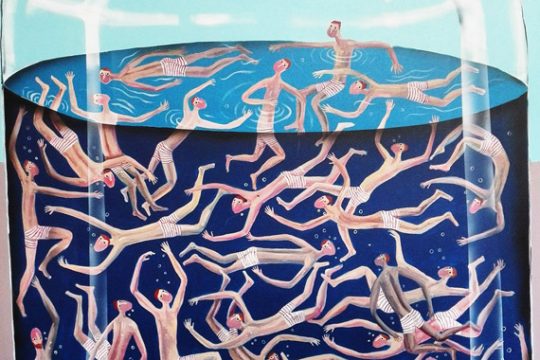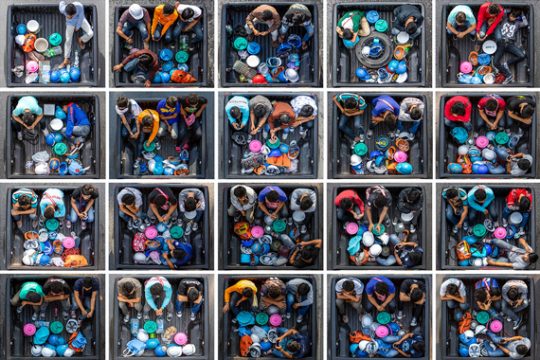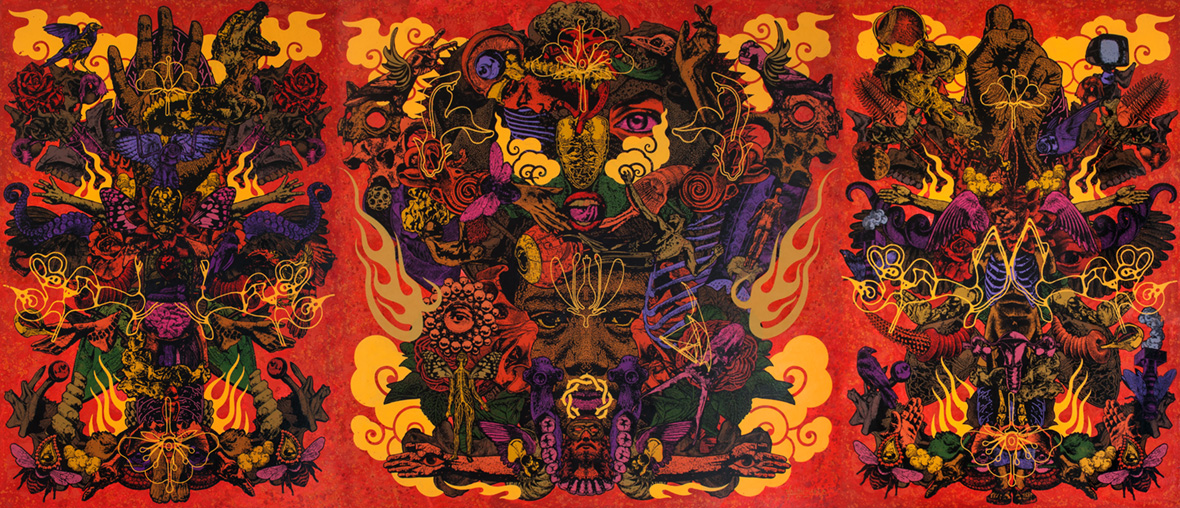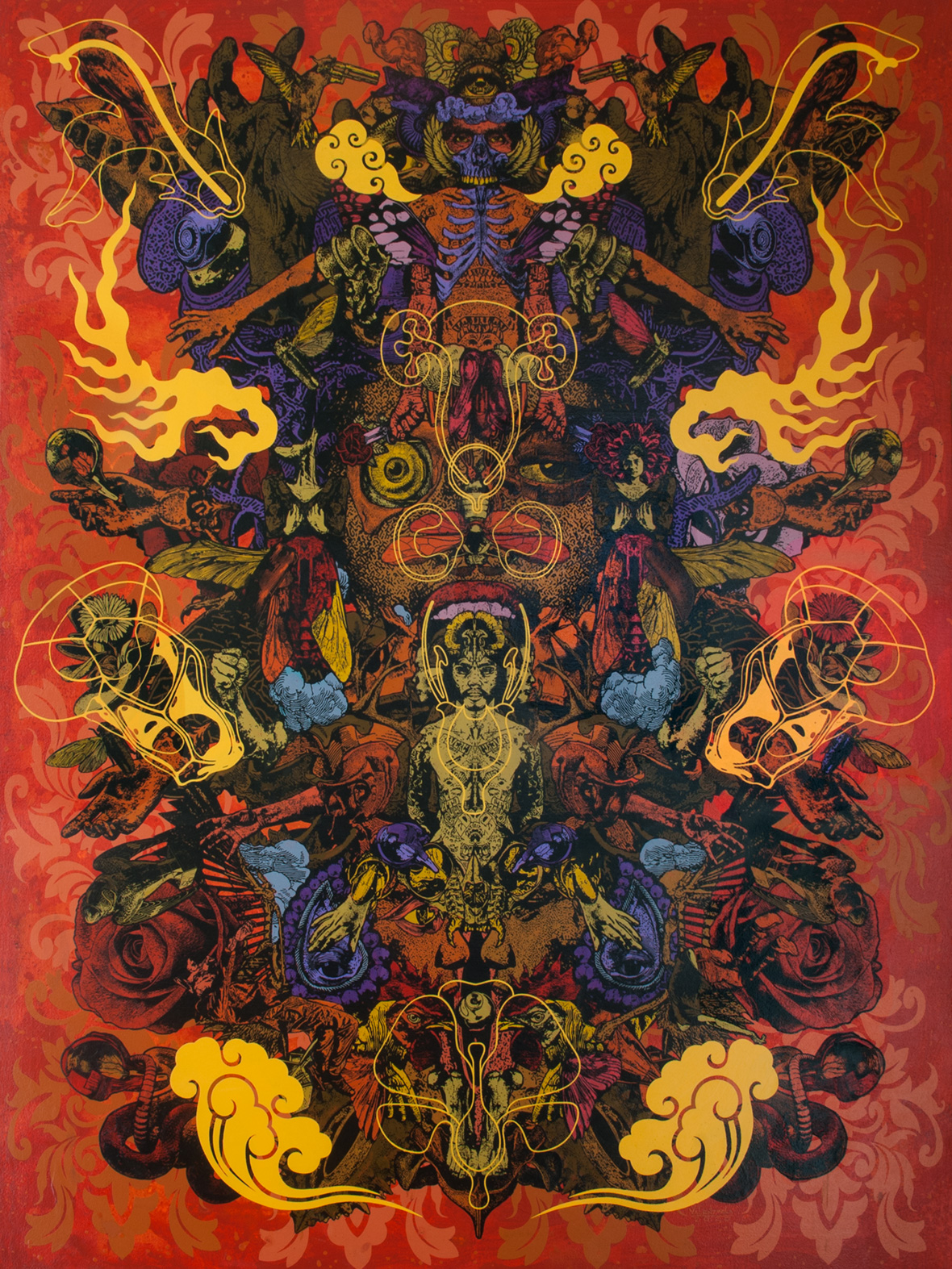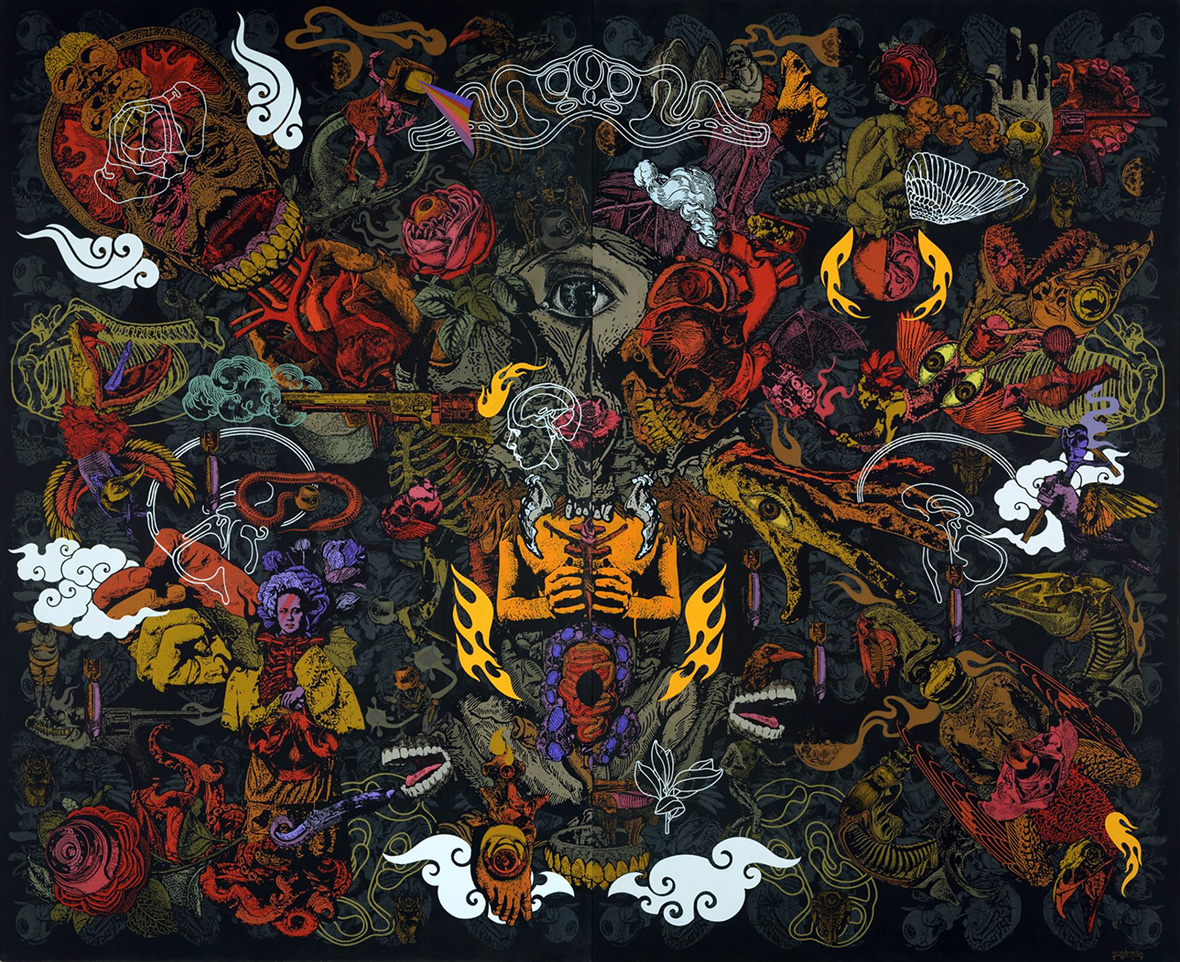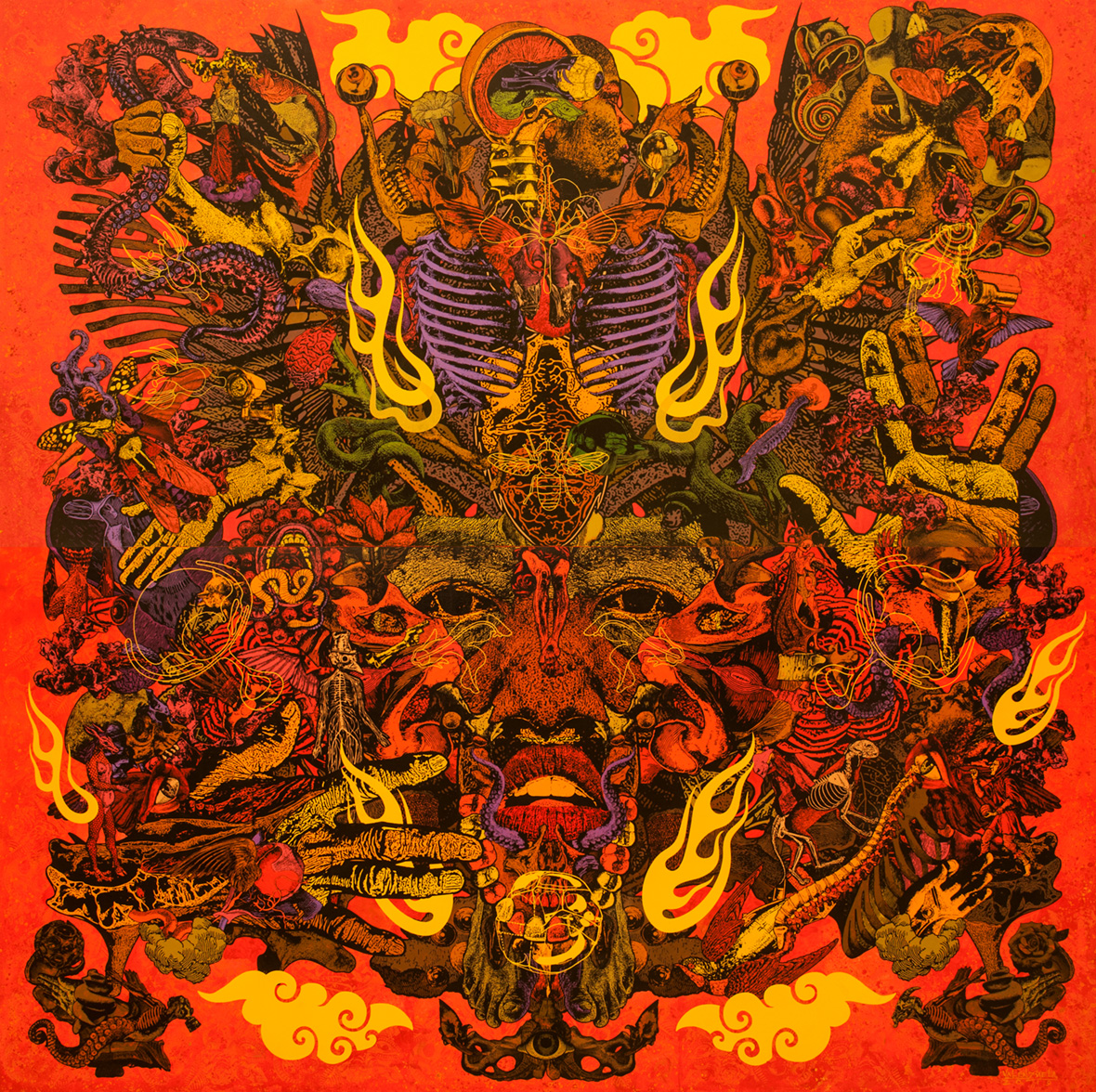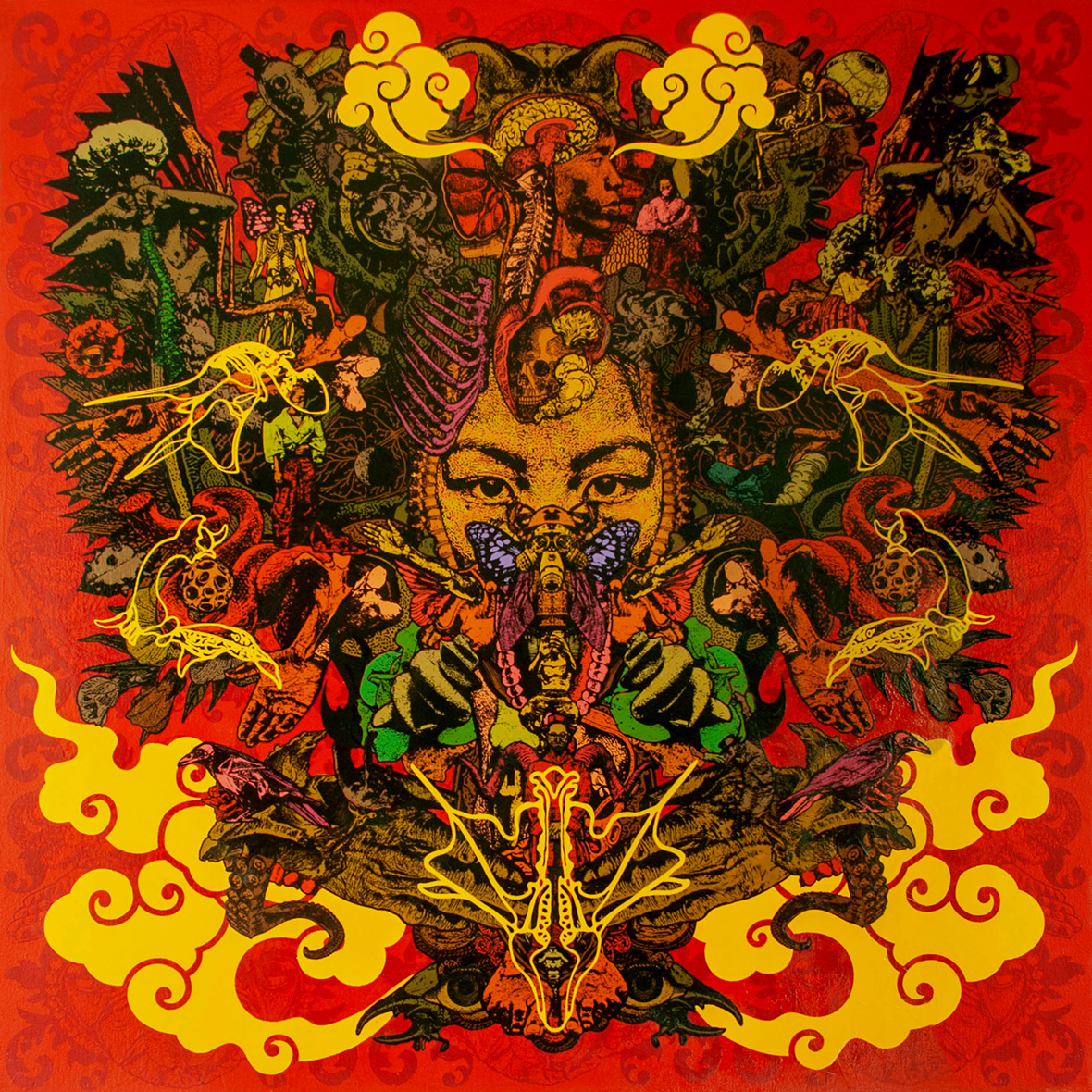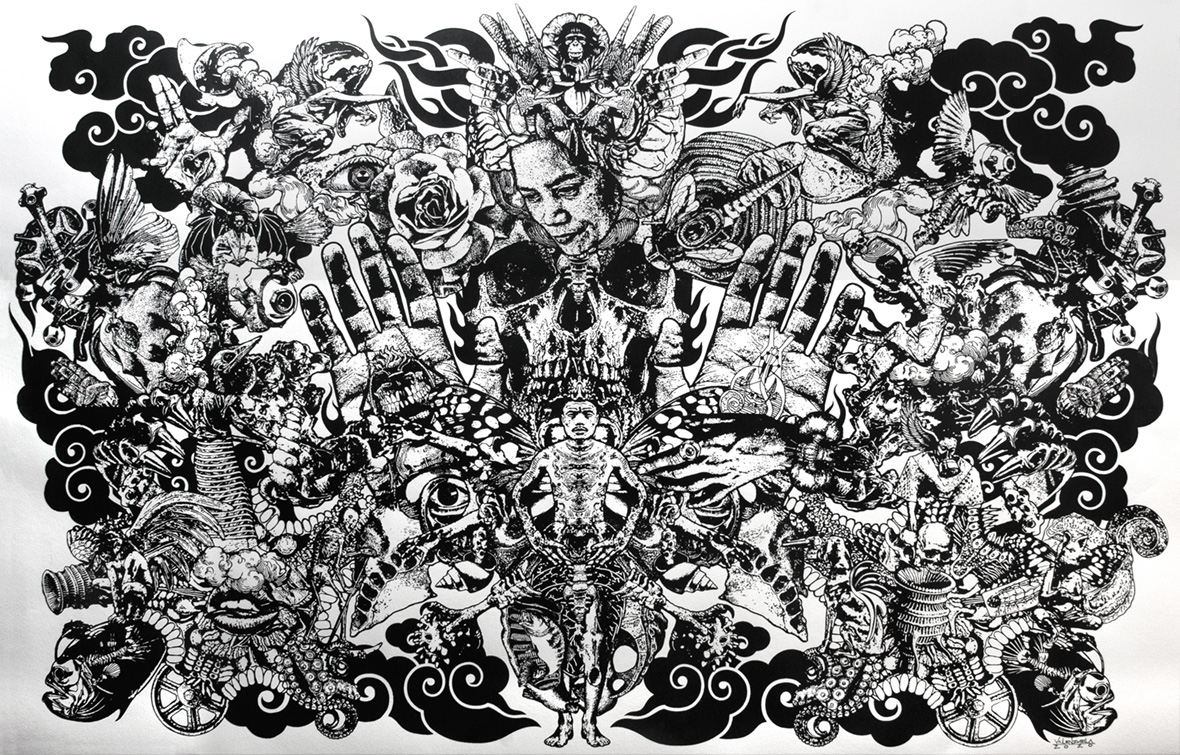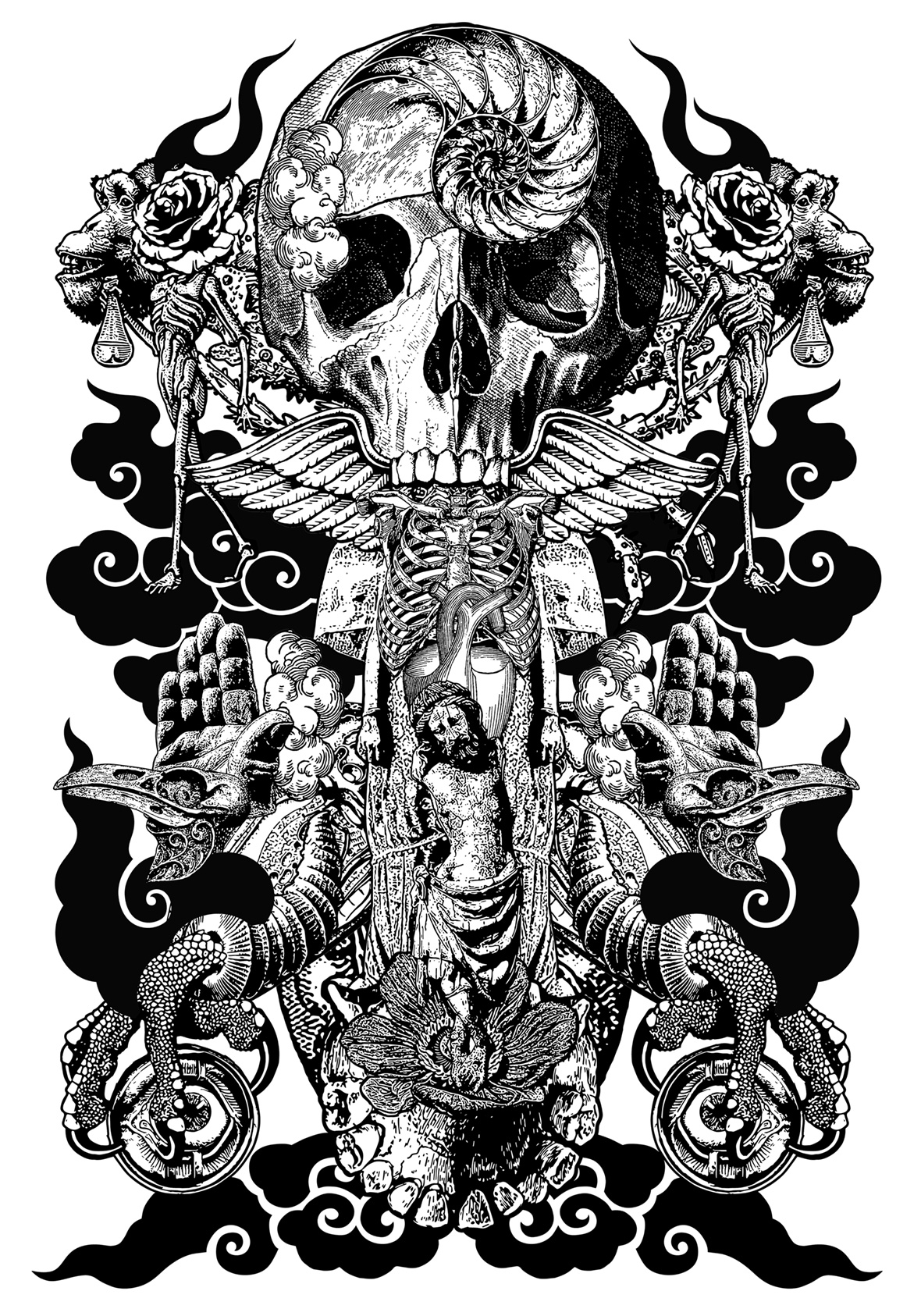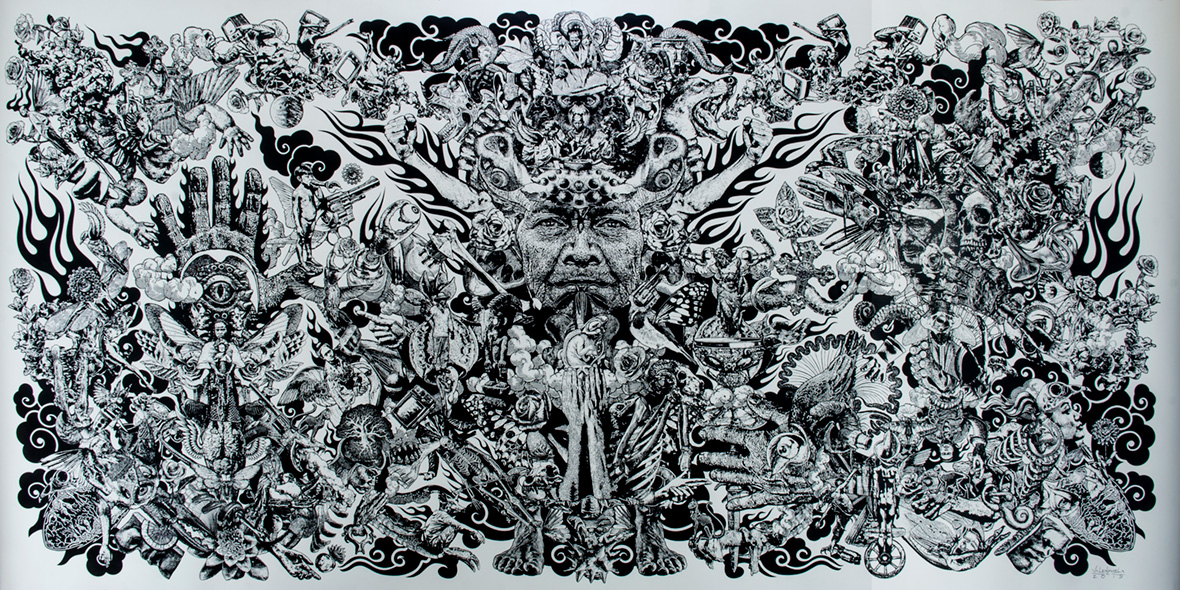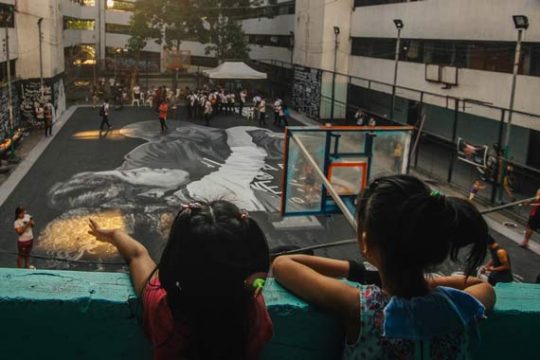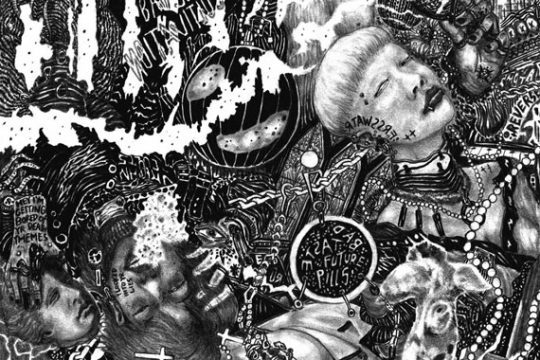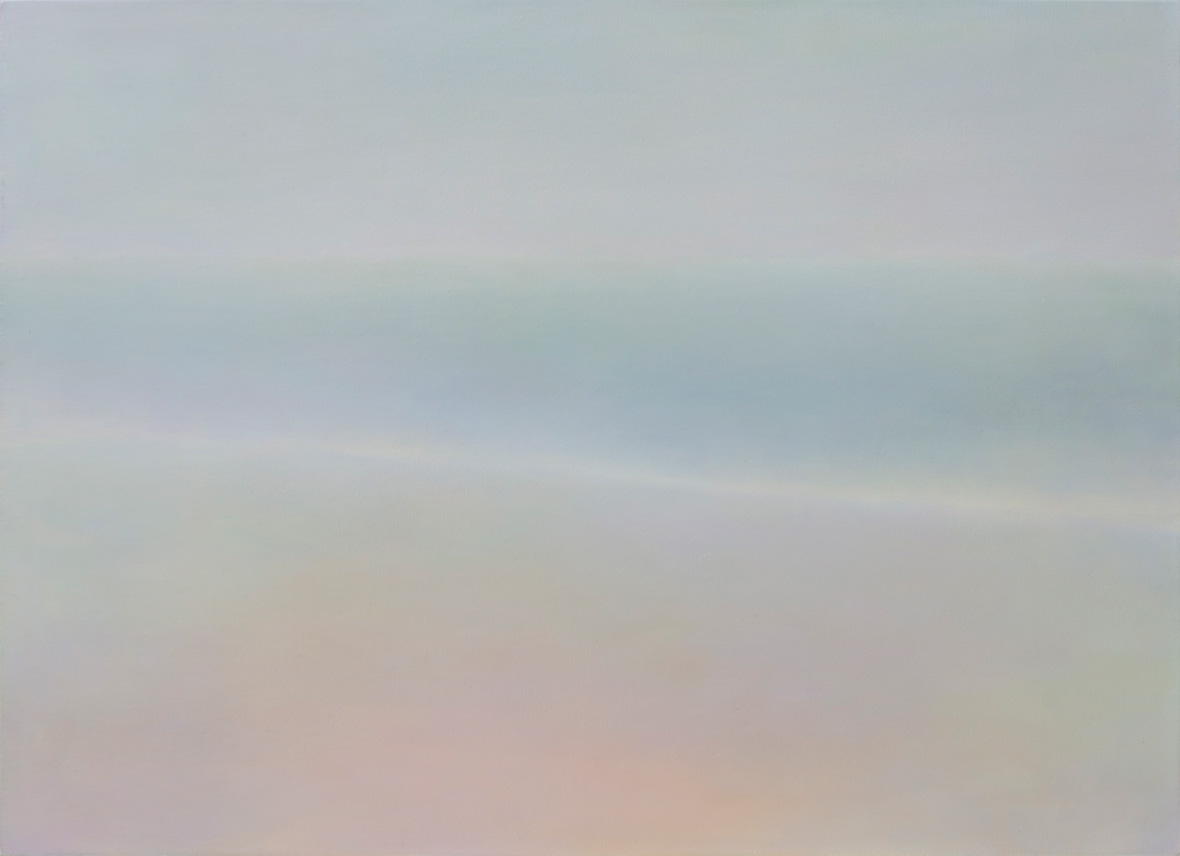
The colors of dawn and dusk have long captivated the imagination. For Guo Shuling, the twilight hours are especially inspiring. When the clarity of daylight is washed out by hazy pastels, she sees the world as a place steeped in mystery and romance. These feelings are precisely what the Chinese painter looks to reproduce on her canvases. “Dusk and dawn are when the sky turns soft and misty, colored in by beautiful gradients,” she says. “There’s a calm to the evanescence of the moment.”
晨昏时刻的薄暮总是令人欢喜。
郭淑玲爱着这样昼夜交替似明似暗的时刻,世间万物仿佛脱掉了清晰的壳,笼罩在一片片迷蒙的天光云影里,无从描绘的情愫暗生,而这正是她执笔想画的。“晨与昏的天色以及被天光笼罩下的万物,显得轻柔、模糊、渐变,有一种这个时分特有的平缓和虚无飘渺的情绪。”她说,而天地大美无言,用色彩来传递这种复杂的情感最直接。
Guo’s understanding of color has changed drastically over the years. The vibrant colors of her earlier paintings have given way to the soothing pastels of her current palette, where soft tones coalesce into one another to form ethereal gradients. This artistic transformation has largely been influenced by her move from Beijing to the U.S. East Coast. There, the new sights and experiences she soaked in completely changed how she saw the world. Moving away from family also left her feeling vulnerable, which led to a more inward-facing artistic approach, one that’s allowed her to reflect on notions of self and ego. Her visual vernacular has shifted in tandem with her new worldviews, and the gentleness of her art now better represent her current state of mind.
郭淑玲的画,是个“由浓转淡的过程”。如果看她之前的作品,是更深沉的颜色,比如湖蓝、墨绿、暗红色,但现在是更柔和的色彩在逐步蔓延。甚至颜色与颜色之间也没有分明的分界,像是海天一色一般的融合。 这样的转变是人生轨迹的折射——几年之间,她从北京搬到了美国东海岸,目光所及的风景变了;生活也发生了巨变,至亲的离开让她切身感受到“无常”,过去作品里的那种激情和外放被重塑了,画中色彩逐渐变得温和。
她说,近几年的她在寻求“向内生长向下扎根的力量”,“自我”会被放在很低的位置,而这样的心态也影响到了她用色的喜好,直观反应在画面上的话,就是色彩变淡了。
“When the light fades and the air is wet with moisture, the sky feels more delicate, imbued with a sense of the unknown,” Guo says. “I like to paint these dense pockets of color where light and shadow, warmth and coldness intermingle. It makes my paintings feel alive.”
“浩浩阴阳移,乾坤日月长。”郭淑玲说道,“尤其当光线微弱或是空气中有很多水分的时候,景象就更为虚无缥缈、神秘广博。我喜欢把明暗和冷暖的变化压缩在一个非常小的域值间,使画面有更微弱的呼吸感。”
All of Guo’s recent works, including the series 5-6pm, were completed on a boat out at sea. Adrift off the Florida coast, she paints in peace. “Florida is flat and humid,” she notes. “Both of its coasts have white, sandy beaches, and at dusk, translucent colors cover everything.”
To Guo, the world is a beautiful place. Sights and sounds are equally able to capture her imagination, and the intrinsic beauty of life on earth grounds her to the here and now. She finds comfort in the colors that define our world, and she hopes to capture a fraction of that beauty and harmony in her large-scale paintings. With layers of colors forming textured gradients, her canvases evoke the feeling of being afloat somewhere between heaven and earth.
她最近的一些油画作品是在船上画的。比如《5-6 pm》系列里的大部分作品,在海天一色中取景,也在海天一色中完成。光影变幻,她既是见证者,也是创作者。
“佛罗里达地势平坦,空气水分充足,东⻄两岸绵延不绝白沙如糖的沙滩。傍晚时分,天地间就满是柔顺如羽毛般的颜色。”在郭淑玲的表述里,所见所闻是天然带着美感的,这一切也让她“感觉安心”,仿佛置身于一个色彩包围的圈。她把这一切用足够大的尺寸去描绘,用水平线的构图,寻求一种视觉上的稳定与平衡,这也让人站在画前,就有立在天地间的感受。
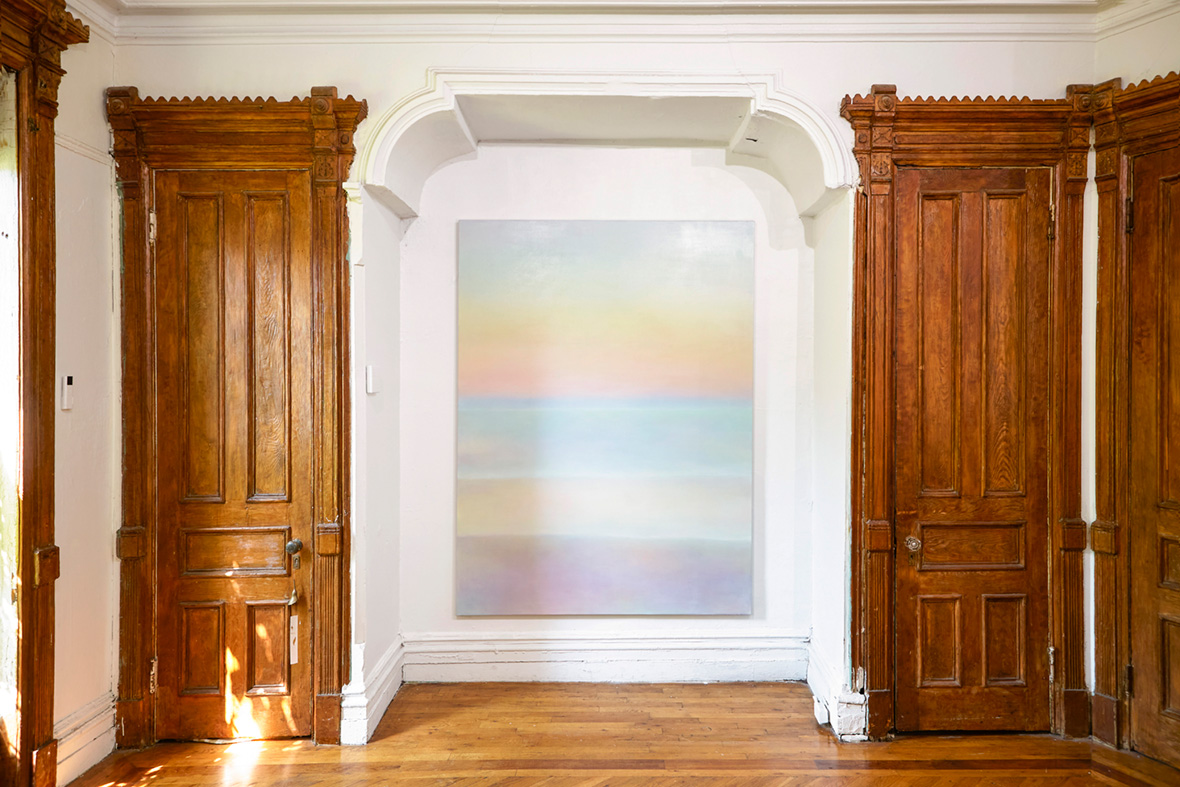
Skin is another series that was completed at sea, though the inspiration comes from the land and on a much more micro level, focusing on flowers. Guo admits a longstanding fascination with plant life, and the way they’re able to form such unique structures, patterns, and colors. “When quietly observing a flower’s different parts, I discovered that its surface and texture was very similar to human skin,” she says. “That’s how I came up with the name of the series.”
The contours, linework, and colors of the paintings in this series are conjured from the depths of her imagination. Rather than simply capture a flower’s physical qualities, Guo aspired to depict the intangible, so each painting is designed to only have a faint resemblance to actual flowers. “I regard plantlife with the same reverence as people,” she says. “They don’t judge or operate any under false pretenses—they simply watch on.”
《皮肤》系列也画于海上,不过它们是深入微观的一面,是来自郭淑玲看花时片刻的入迷,那种颜色的渐变、花瓣的交搭关系,让她感受到现实和想象之间模糊的边界,“足够安静且距离很近地凝视花的局部,那种表面的肌理和起伏的确很像人类的皮肤。所以就索性命名为《皮肤》了。”她说,这组画里每一朵花的轮廓、线条和颜色都被重新编排,似花非花,脱离了现实的体,郭淑玲是试图描绘它们灵性的根。“我把植物看作是人一样平等的一个存在。不批判,不妄议,谦逊地感受观看这些事物。 ”
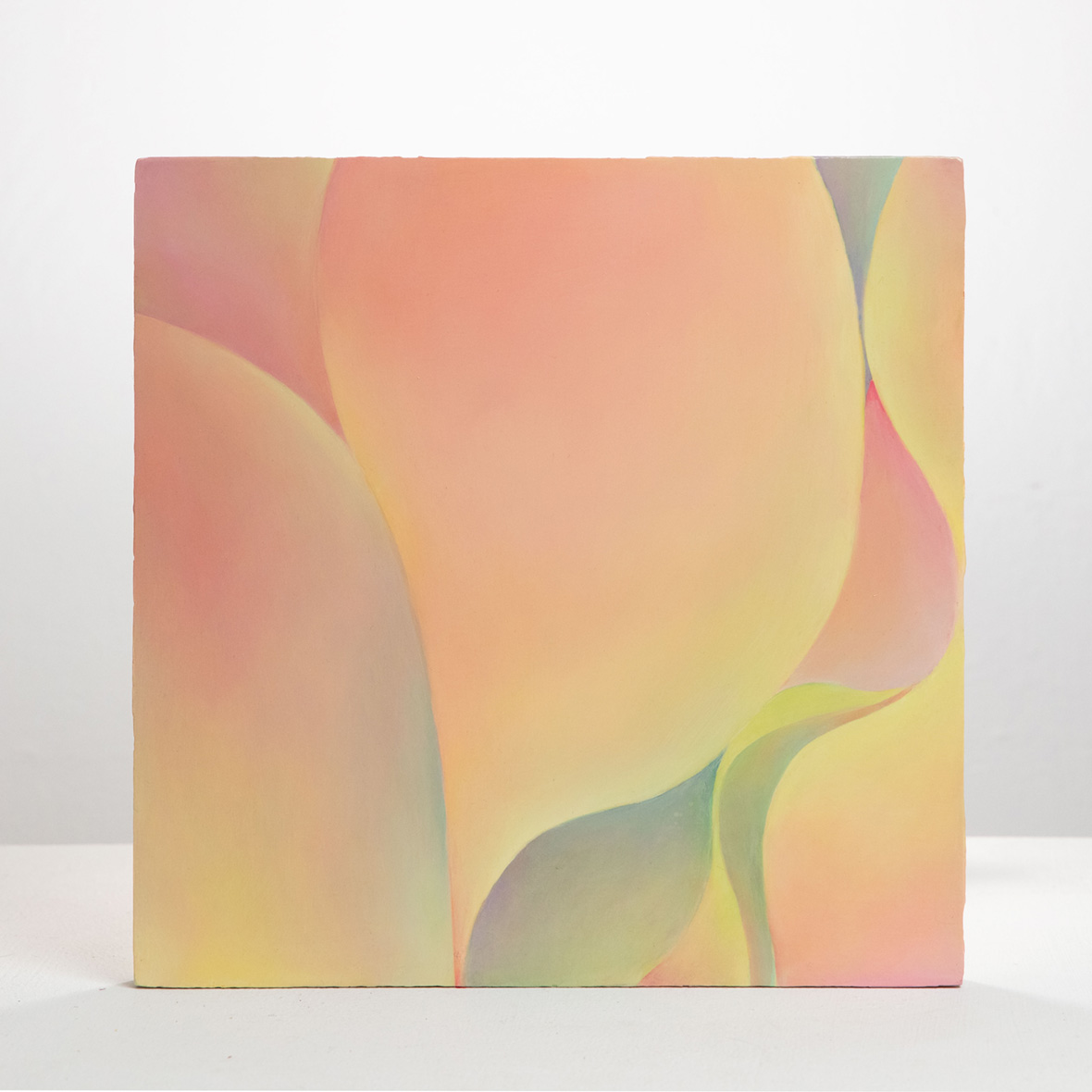
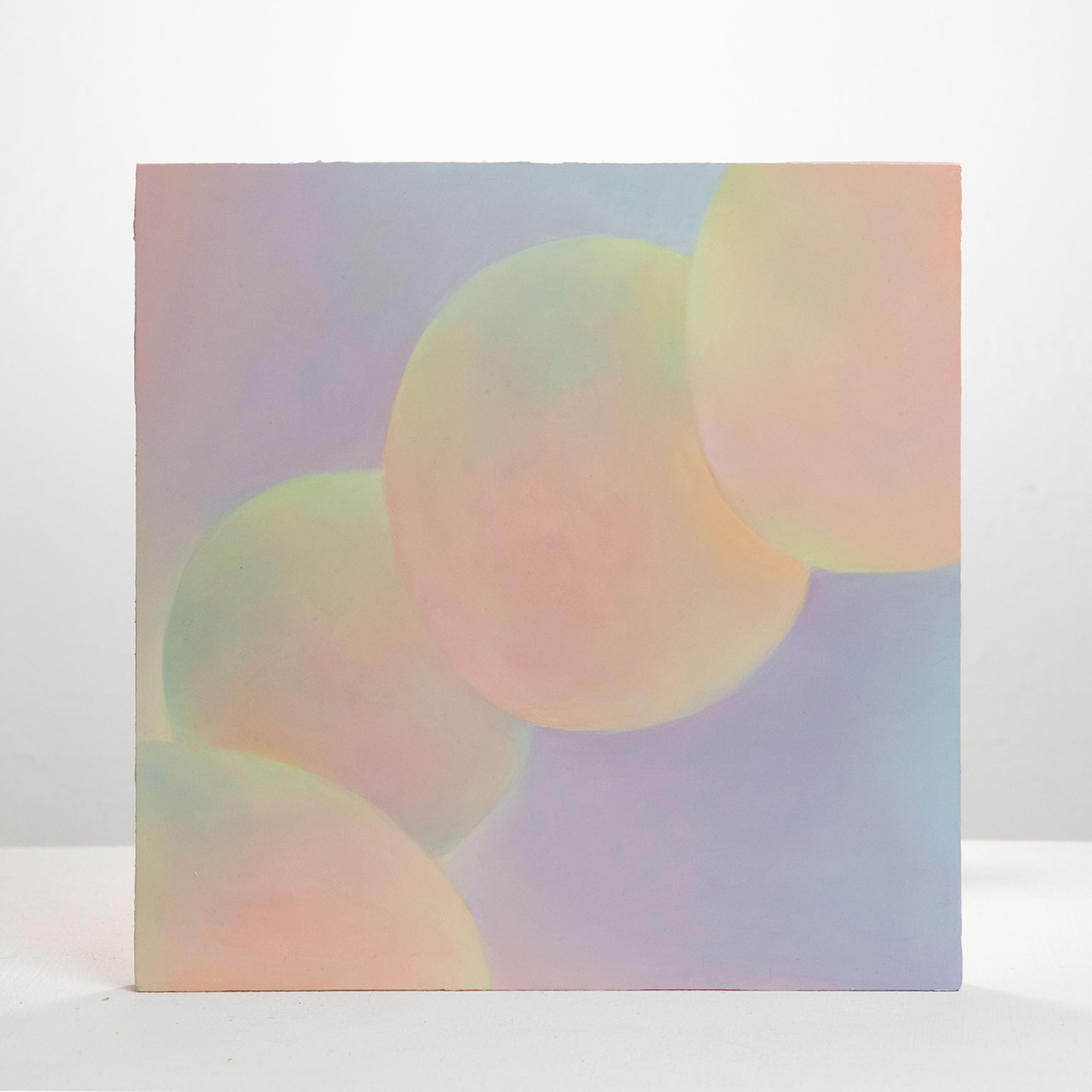
Guo believes art is an expression of life; nothing more, nothing less. It’s the externalization of an artist’s inner world. She views intuition as the most important part of creating art, with technical abilities being secondary. Though it’s a rather straightforward philosophy, actually putting it into practice requires a lot more effort. Like the greats of the past, Guo believes simplicity makes for the best art. With this mindset in tow, she presses on, refining and improving her style.
郭淑玲并无心刻意追求画面的禅意,她更觉得绘画是一种非常生理性的表达方式,是从作者思想的外化。若说对绘画更深层次的追求,她只说自己理解的艺术创作,首要是靠直觉,其次才是技术。那个过程和道理,形容起来也不难,不过是:“至简至易,至精至微”。
Like our stories? Follow us on Facebook and Instagram.
Instagram: @shulingguo
Contributor: Chen Yuan
Images Courtesy of Guo Shuling and Fou Gallery


